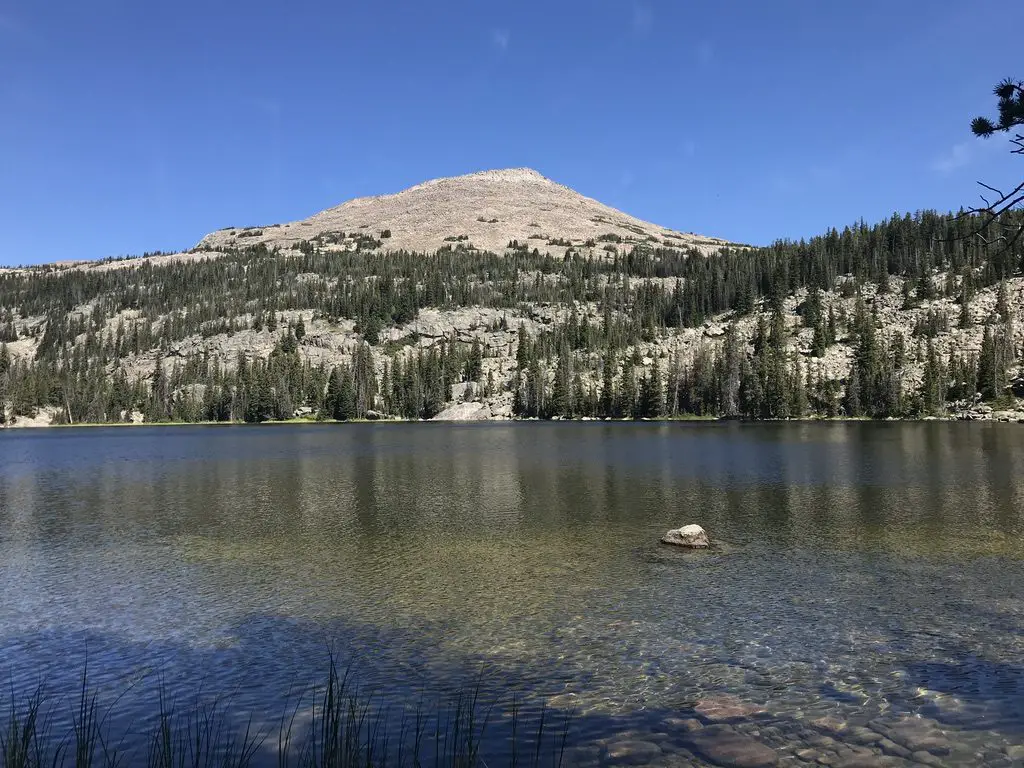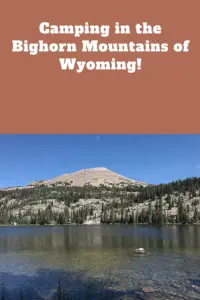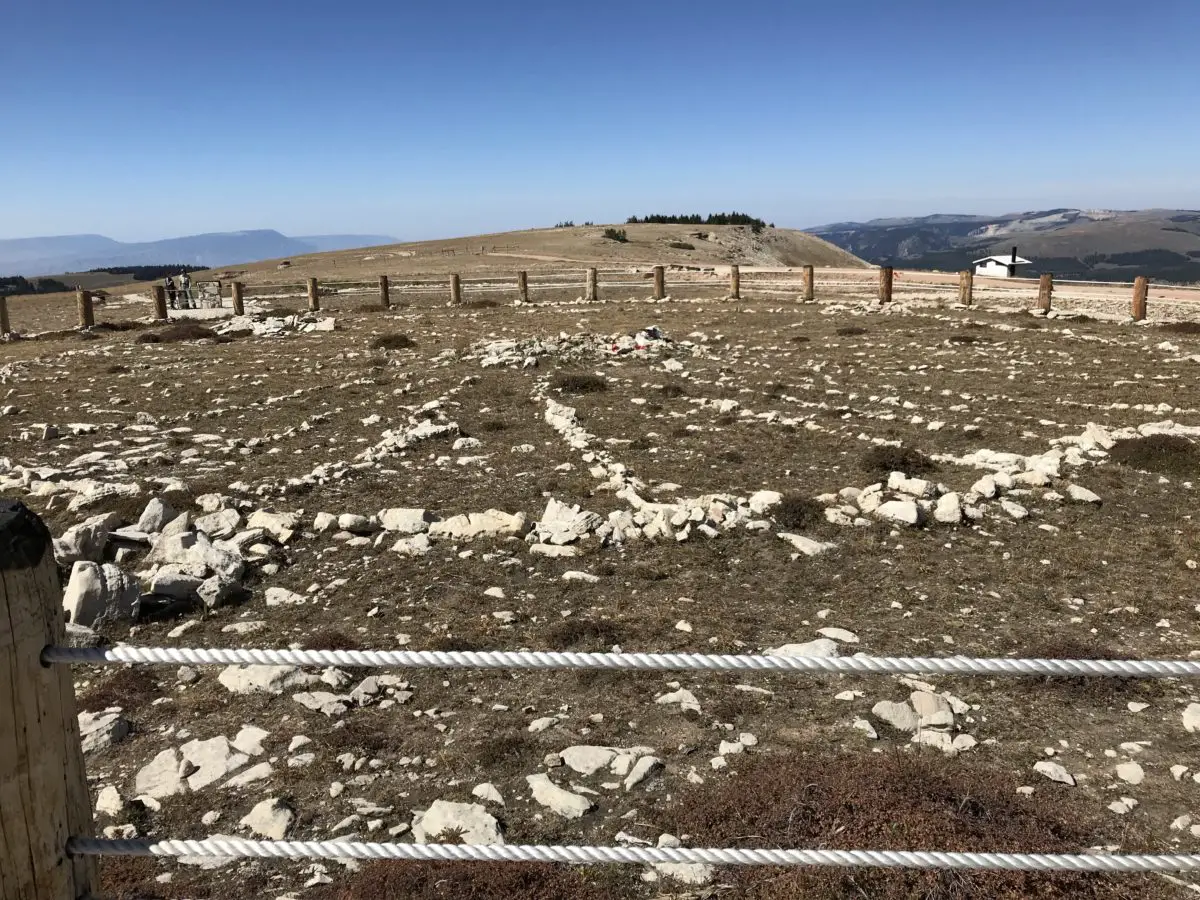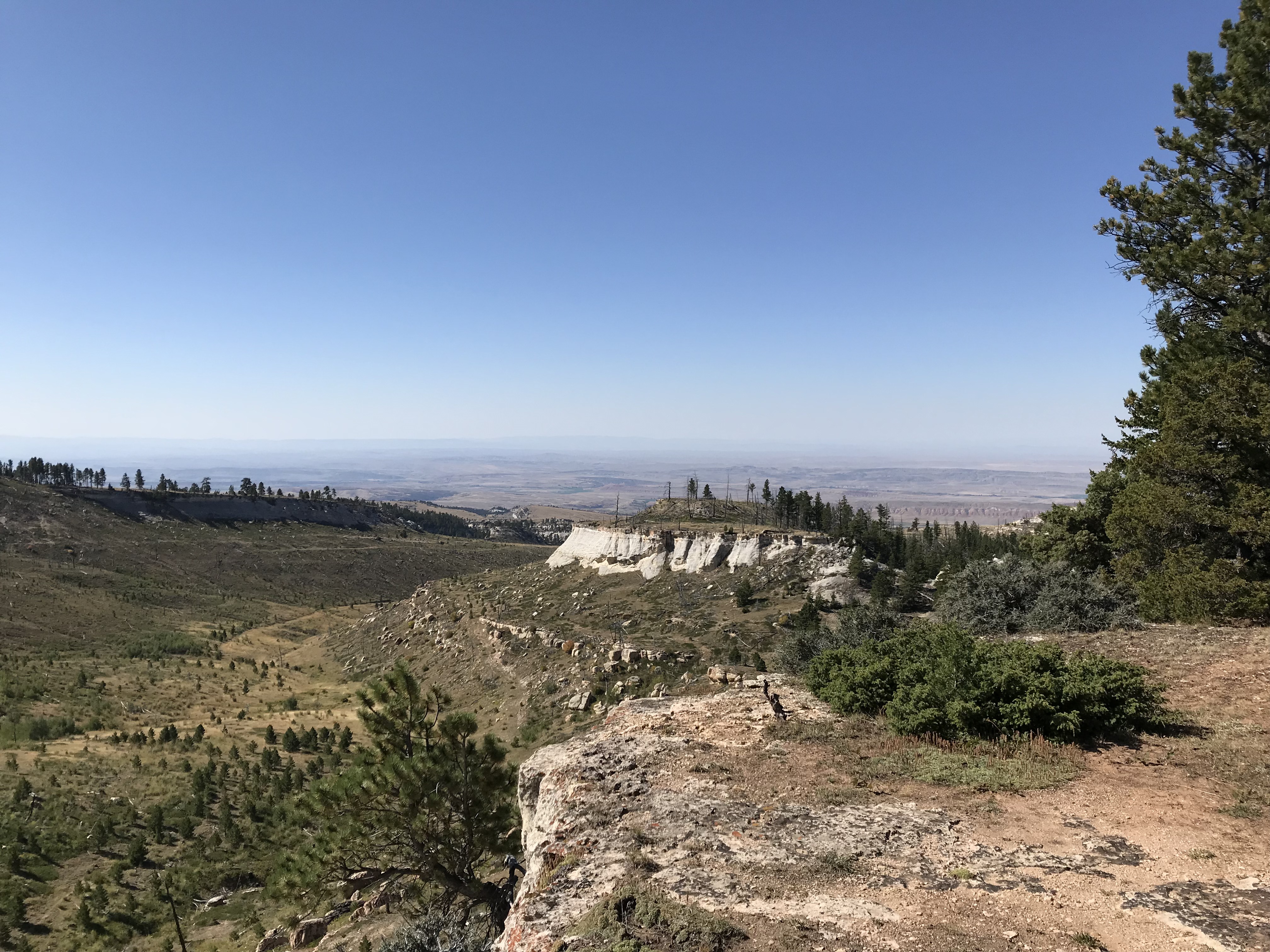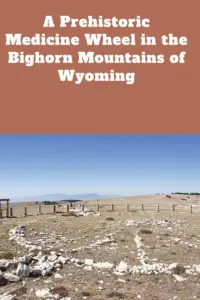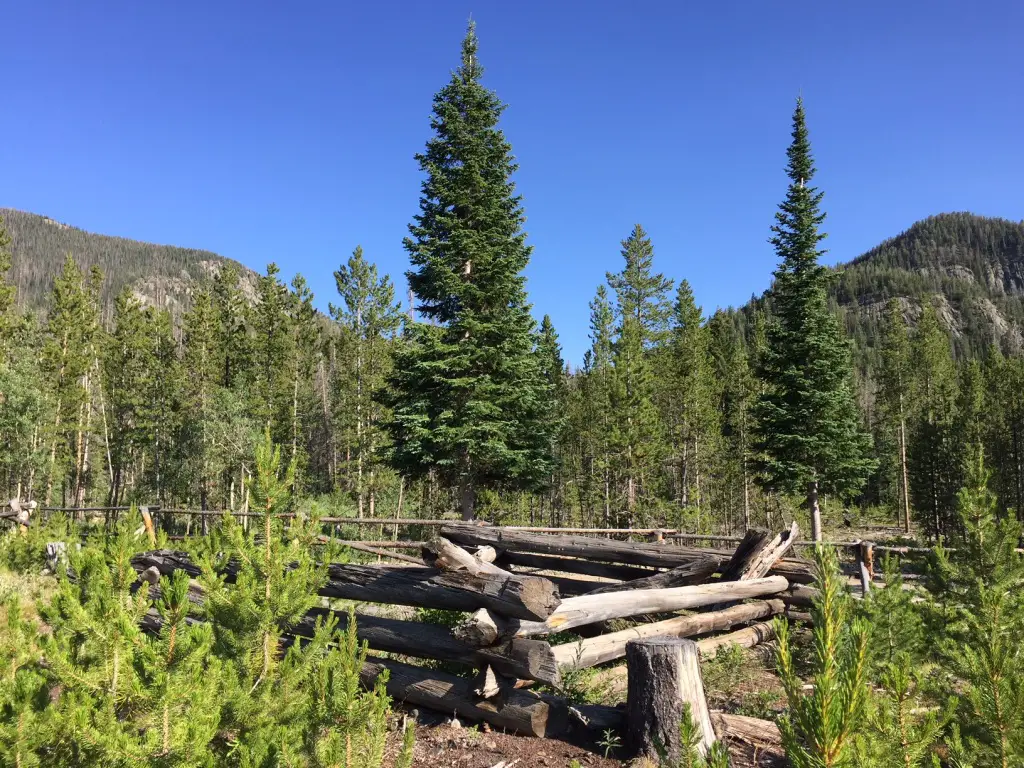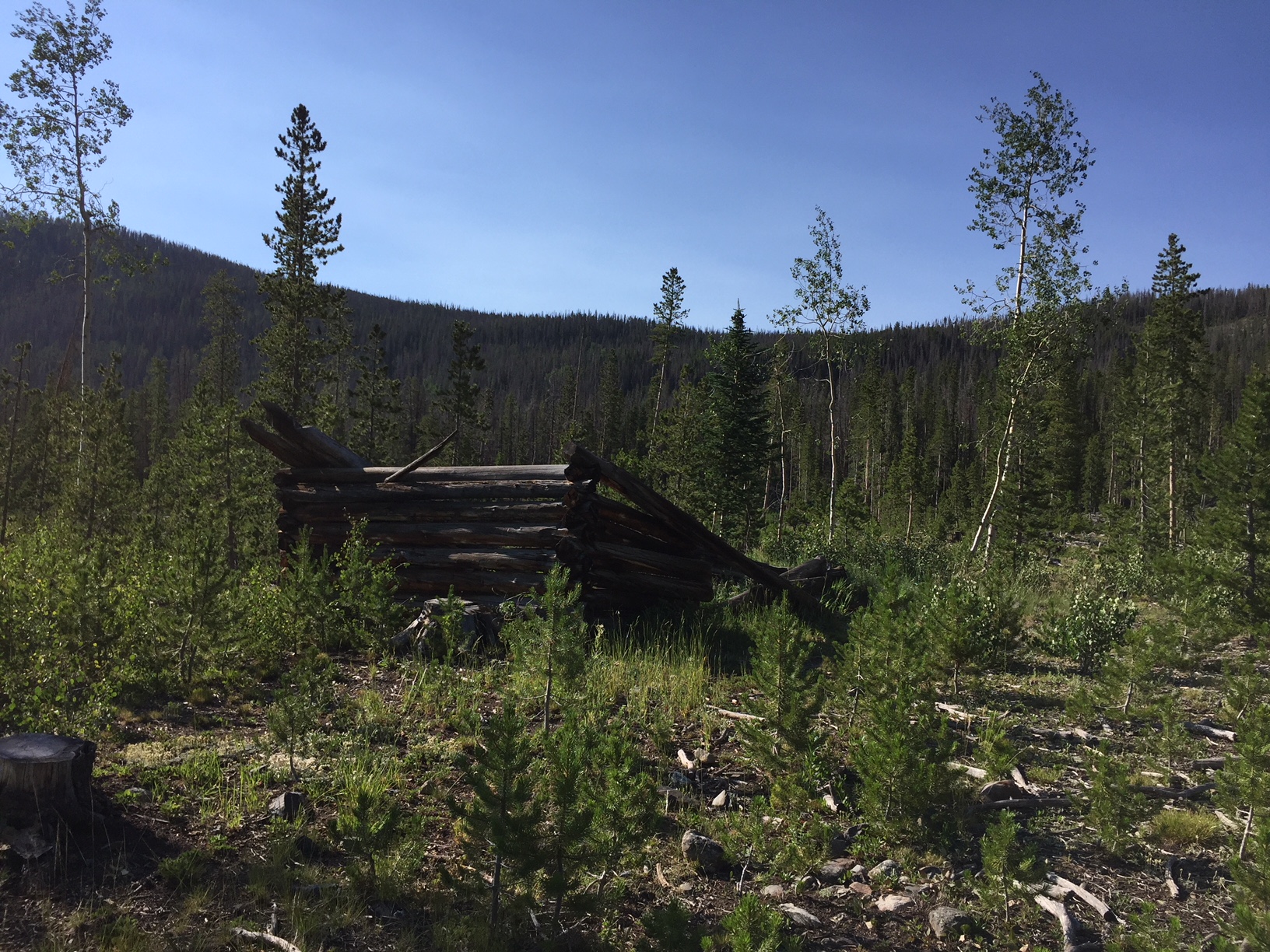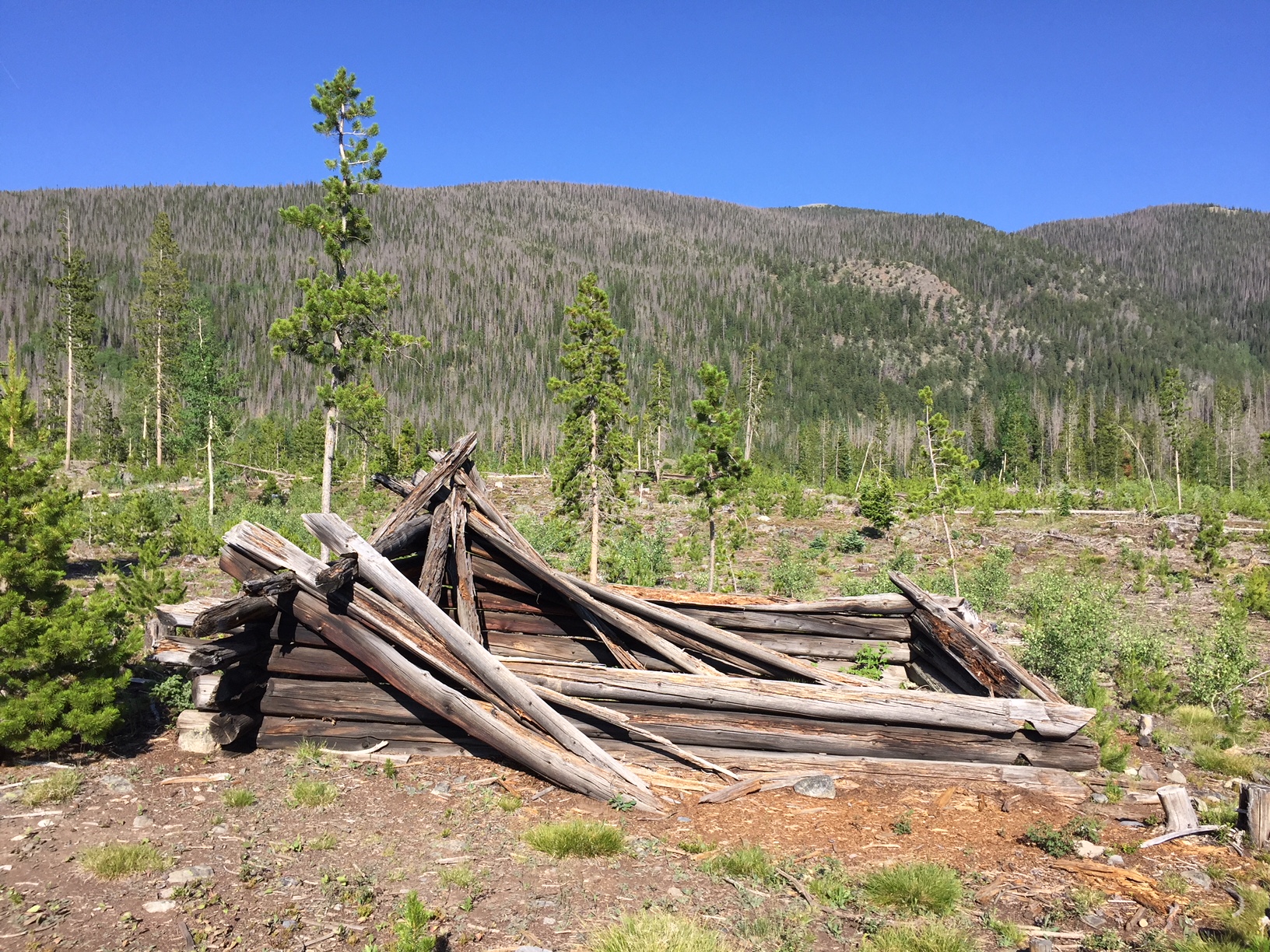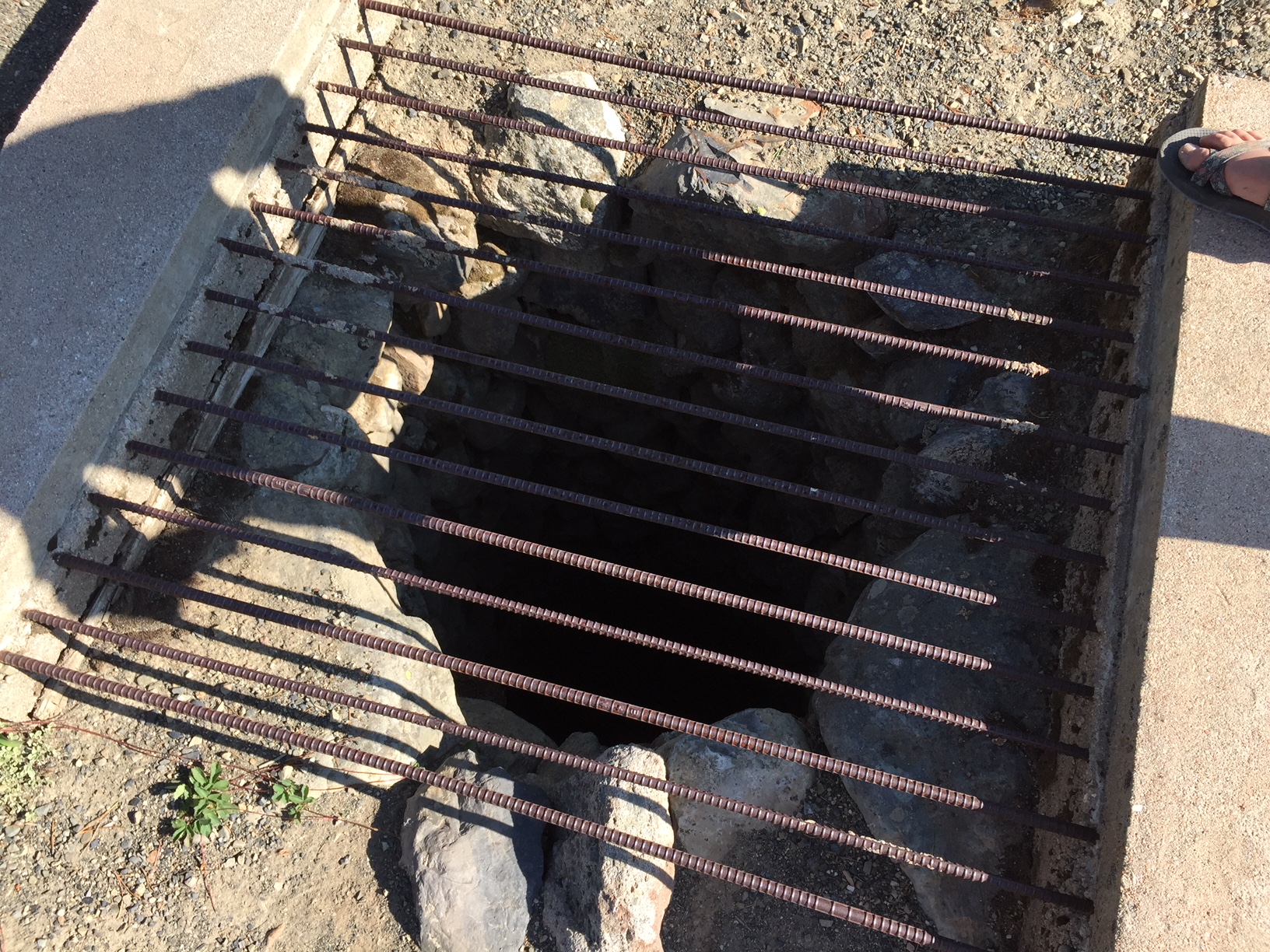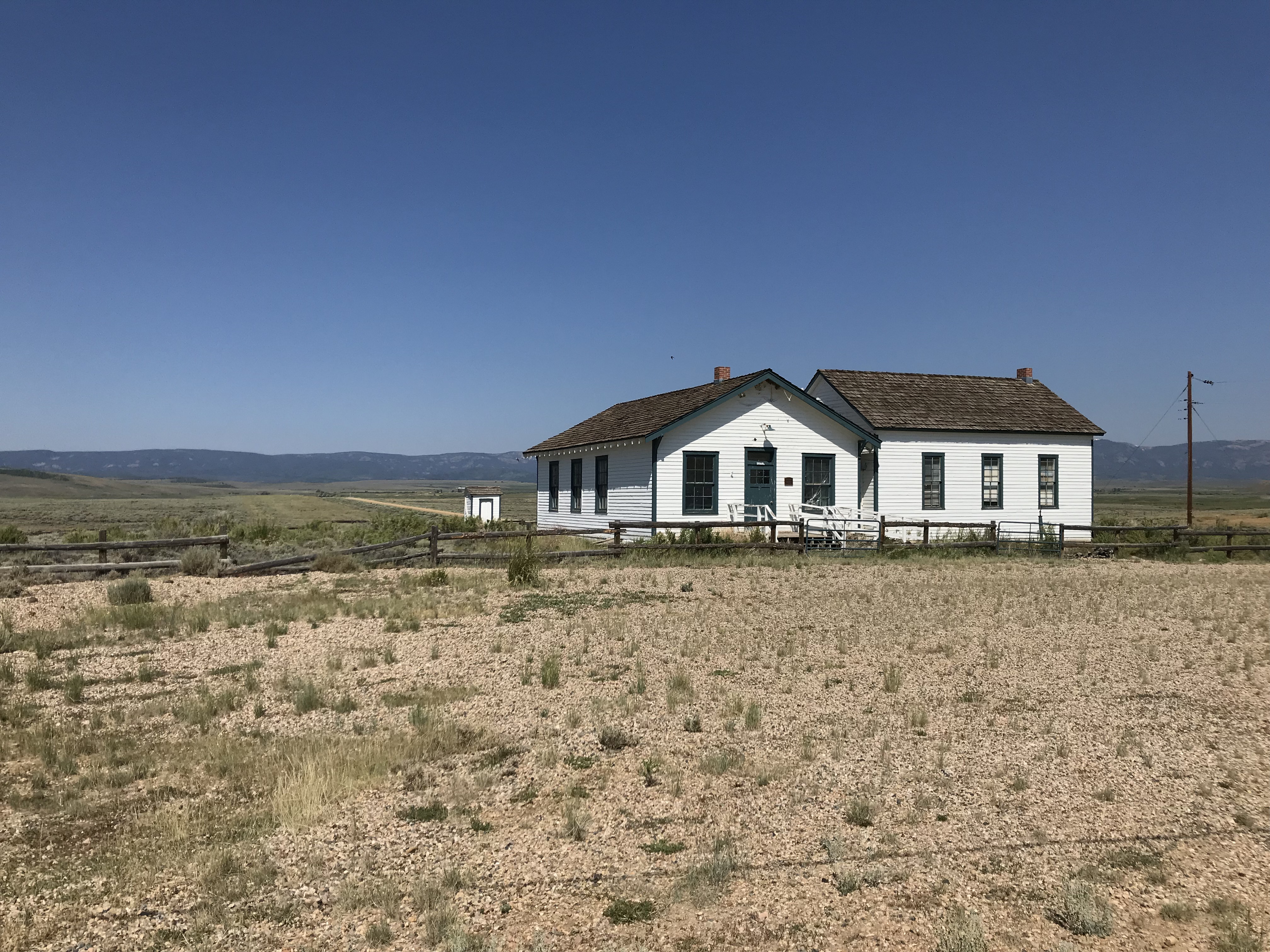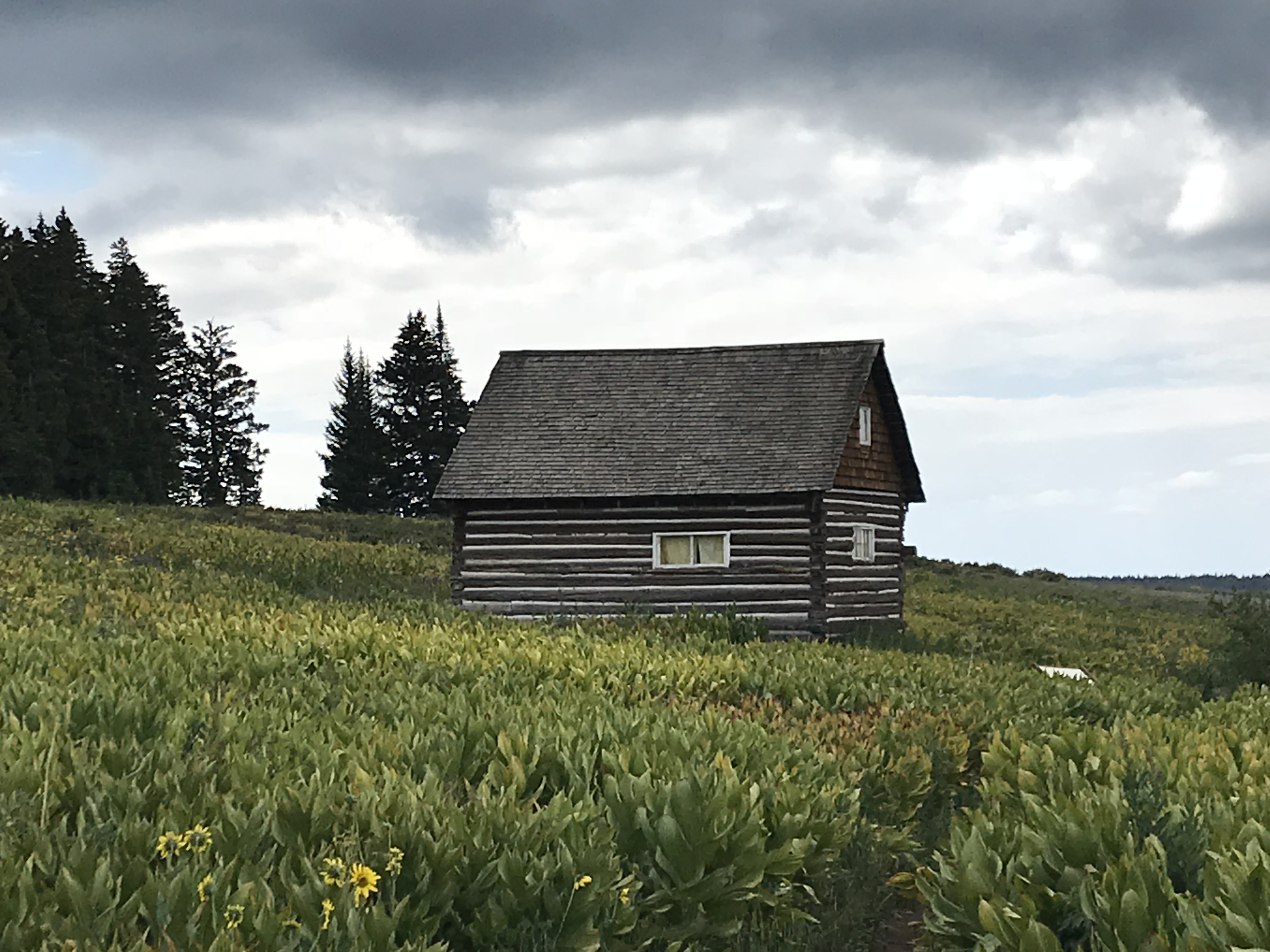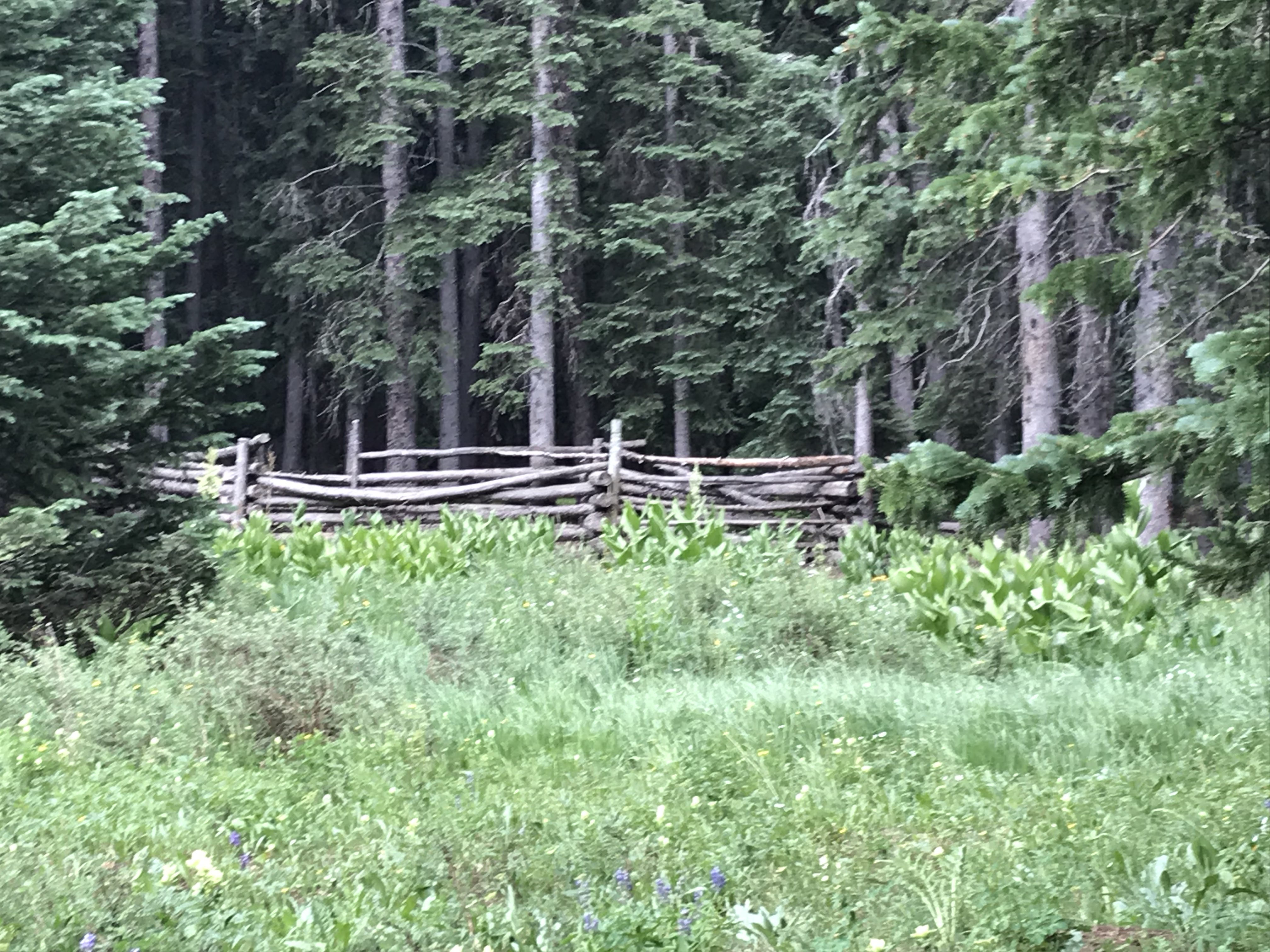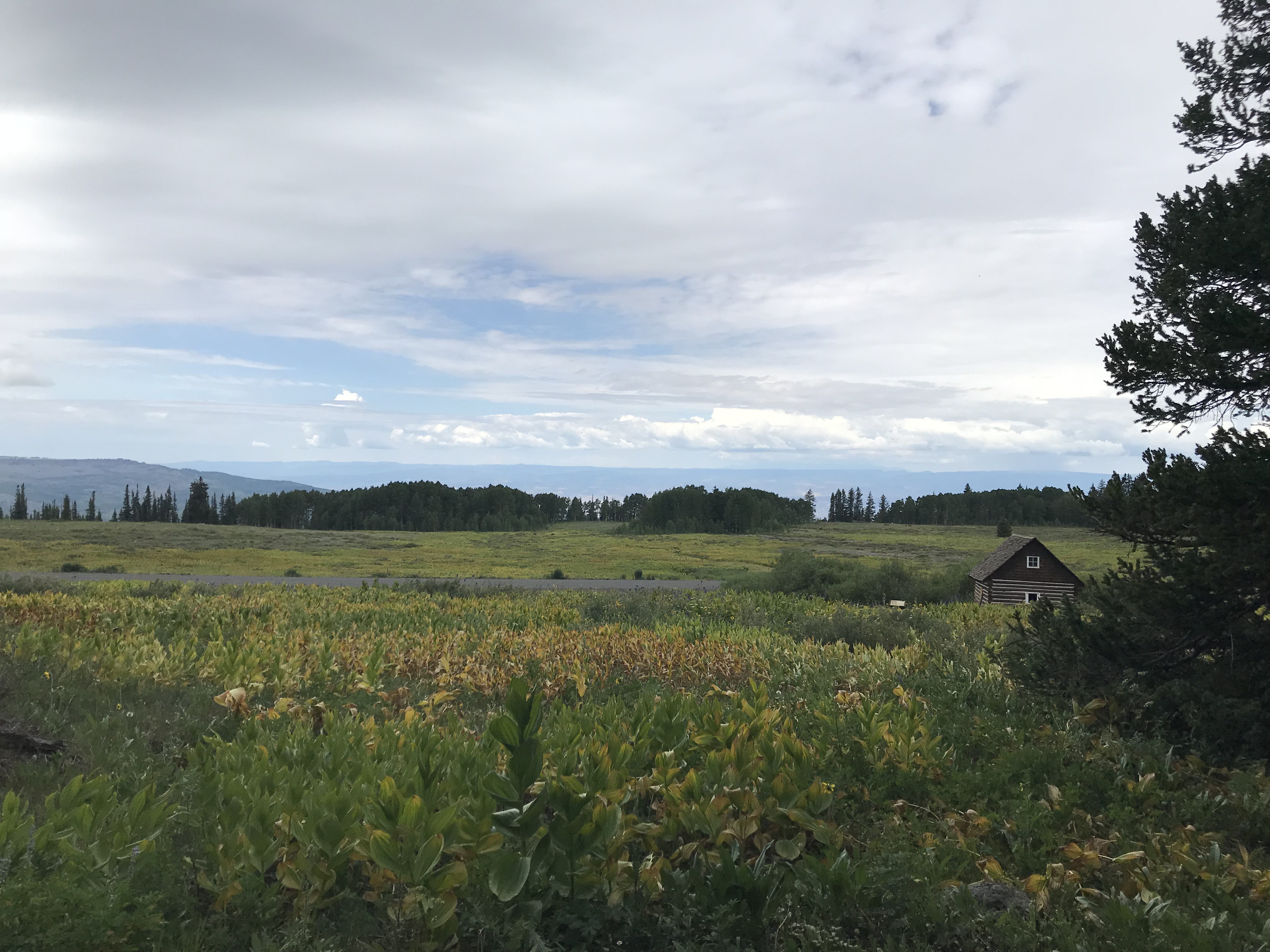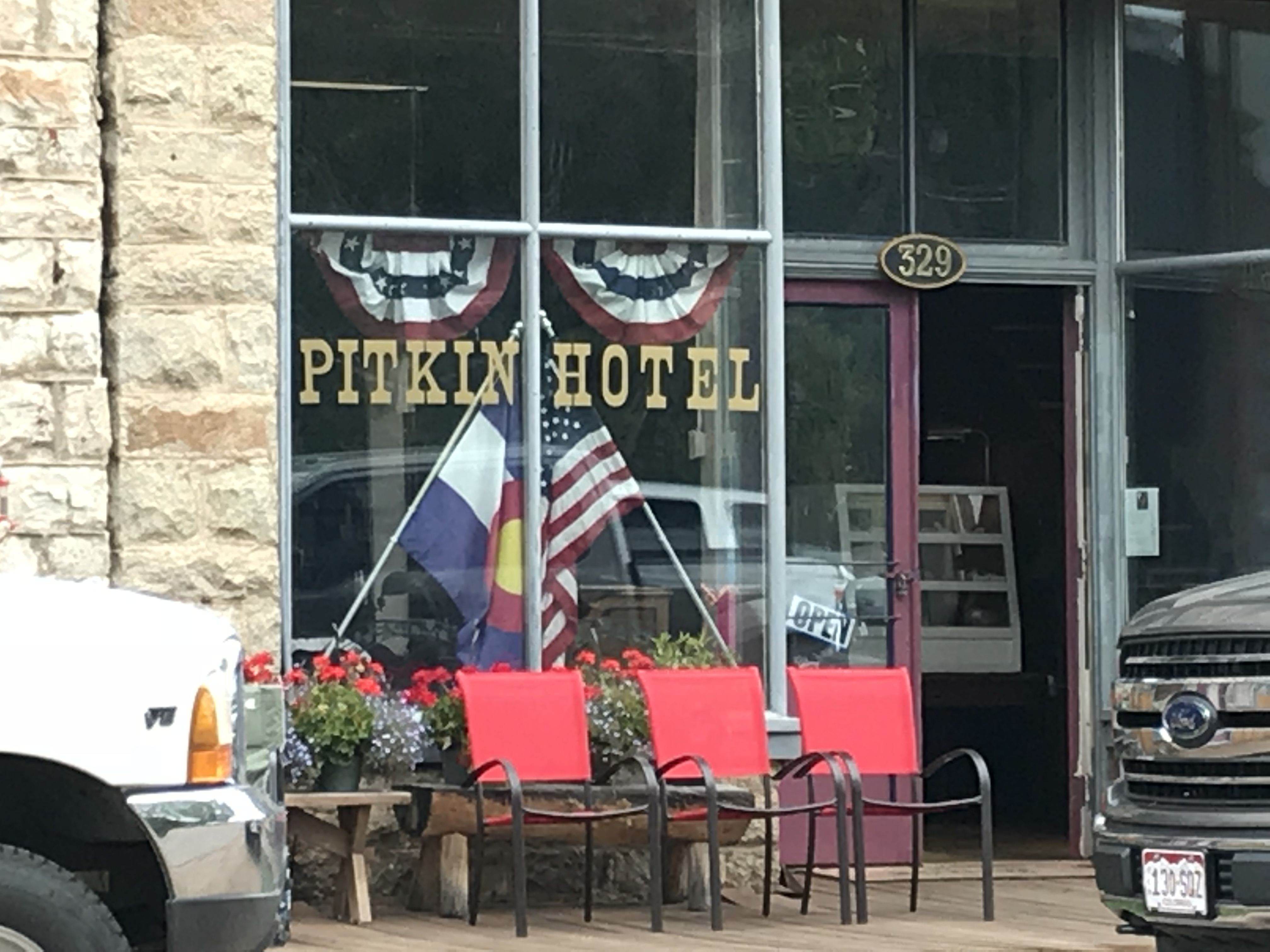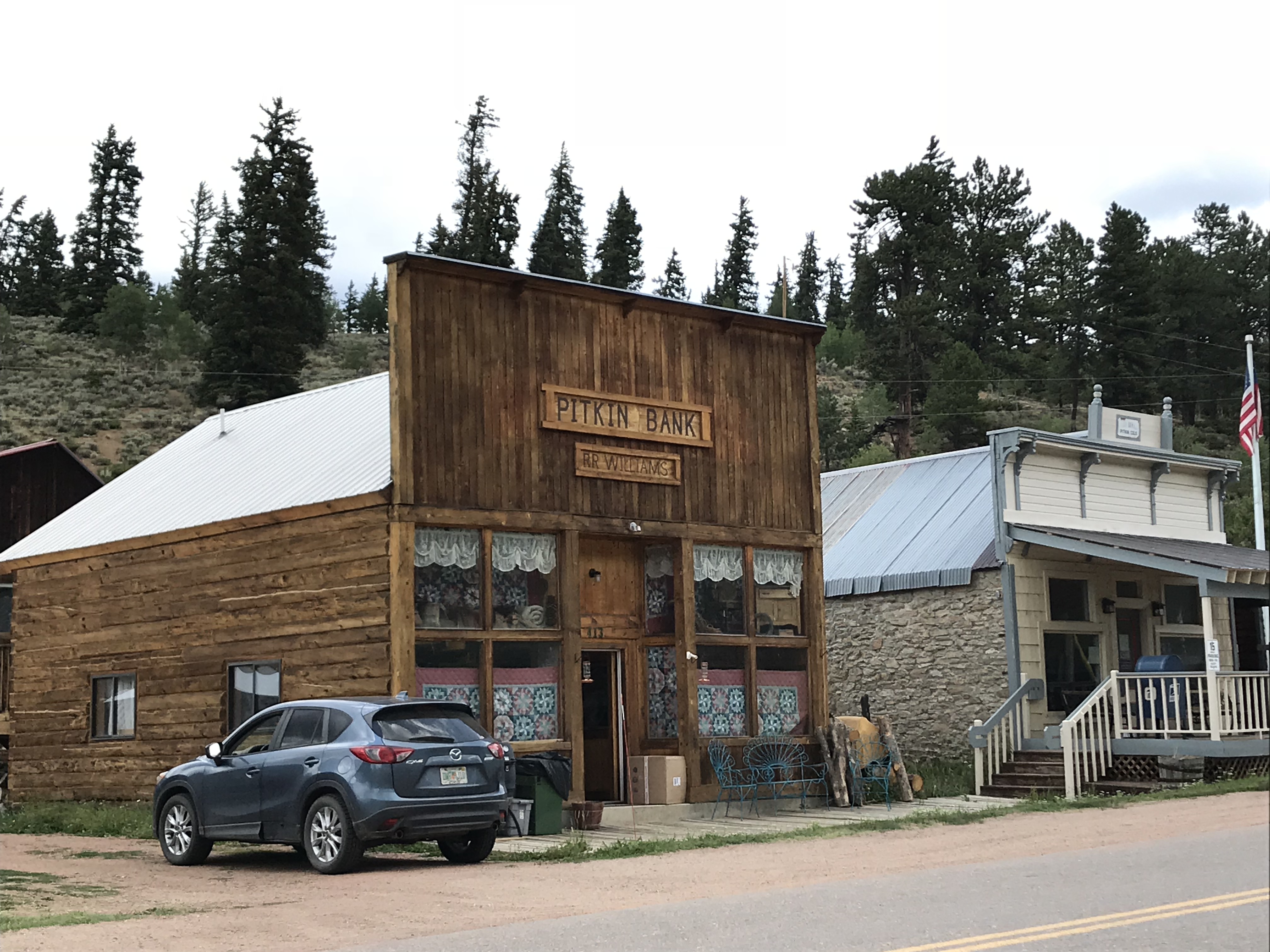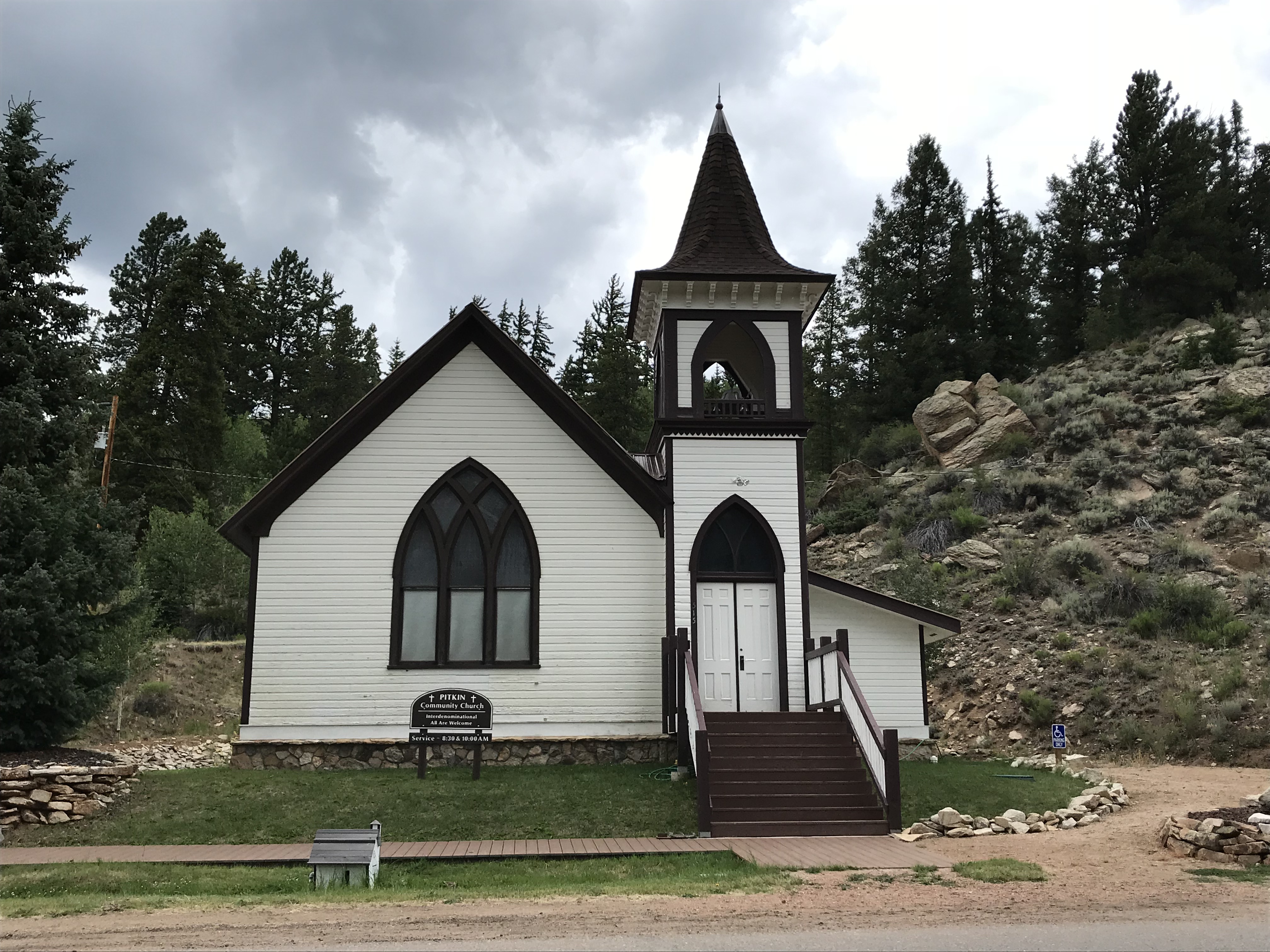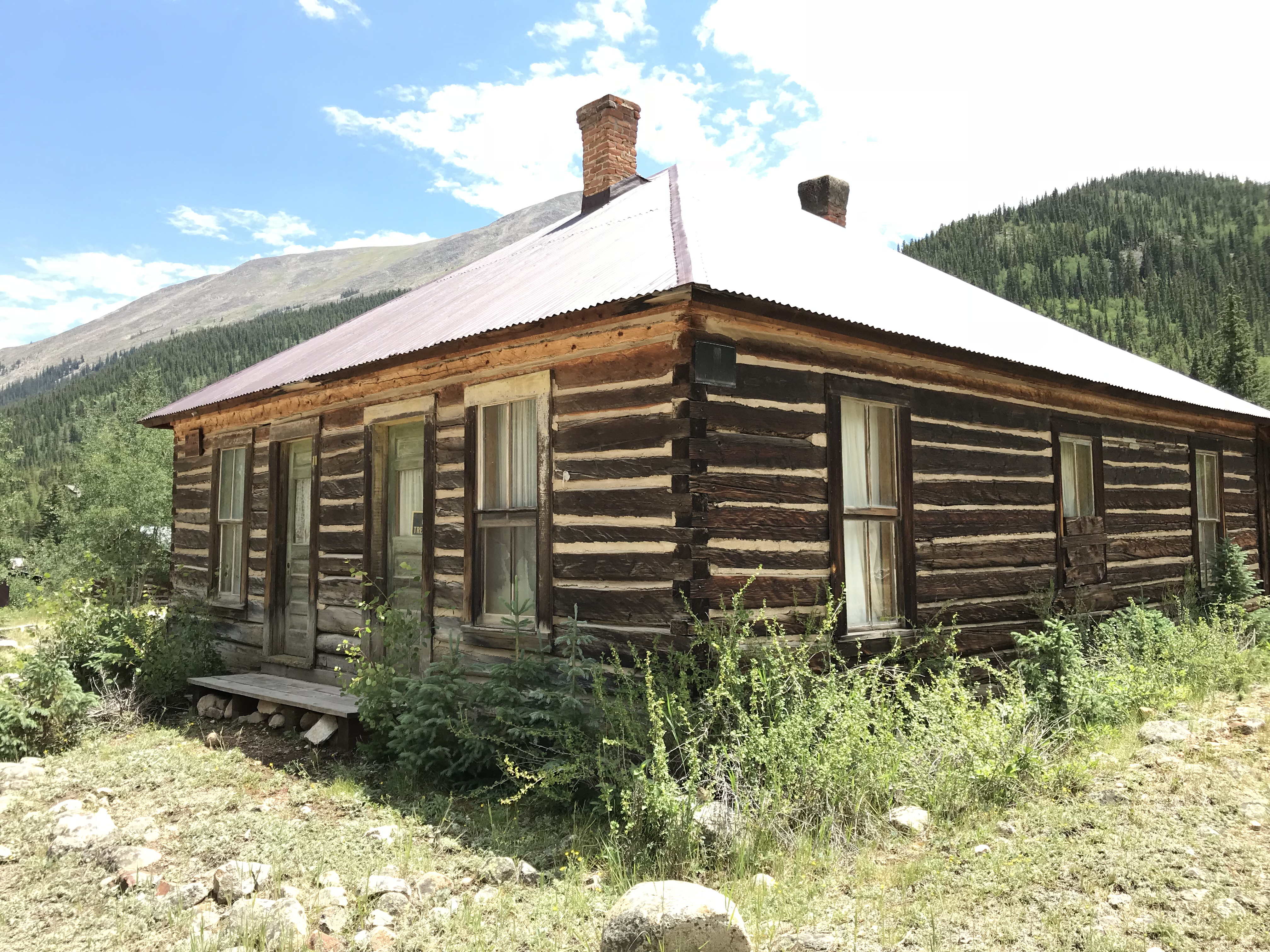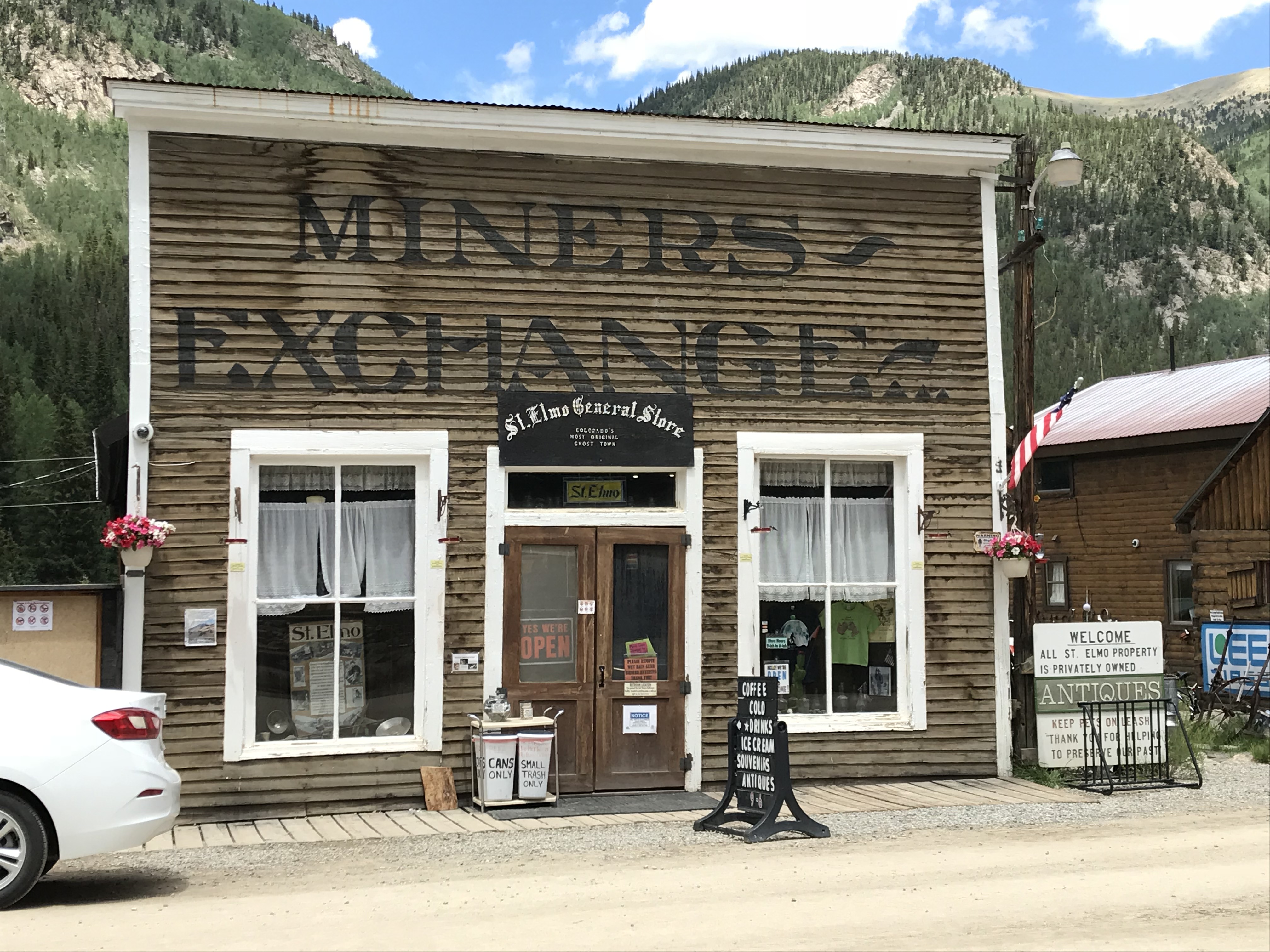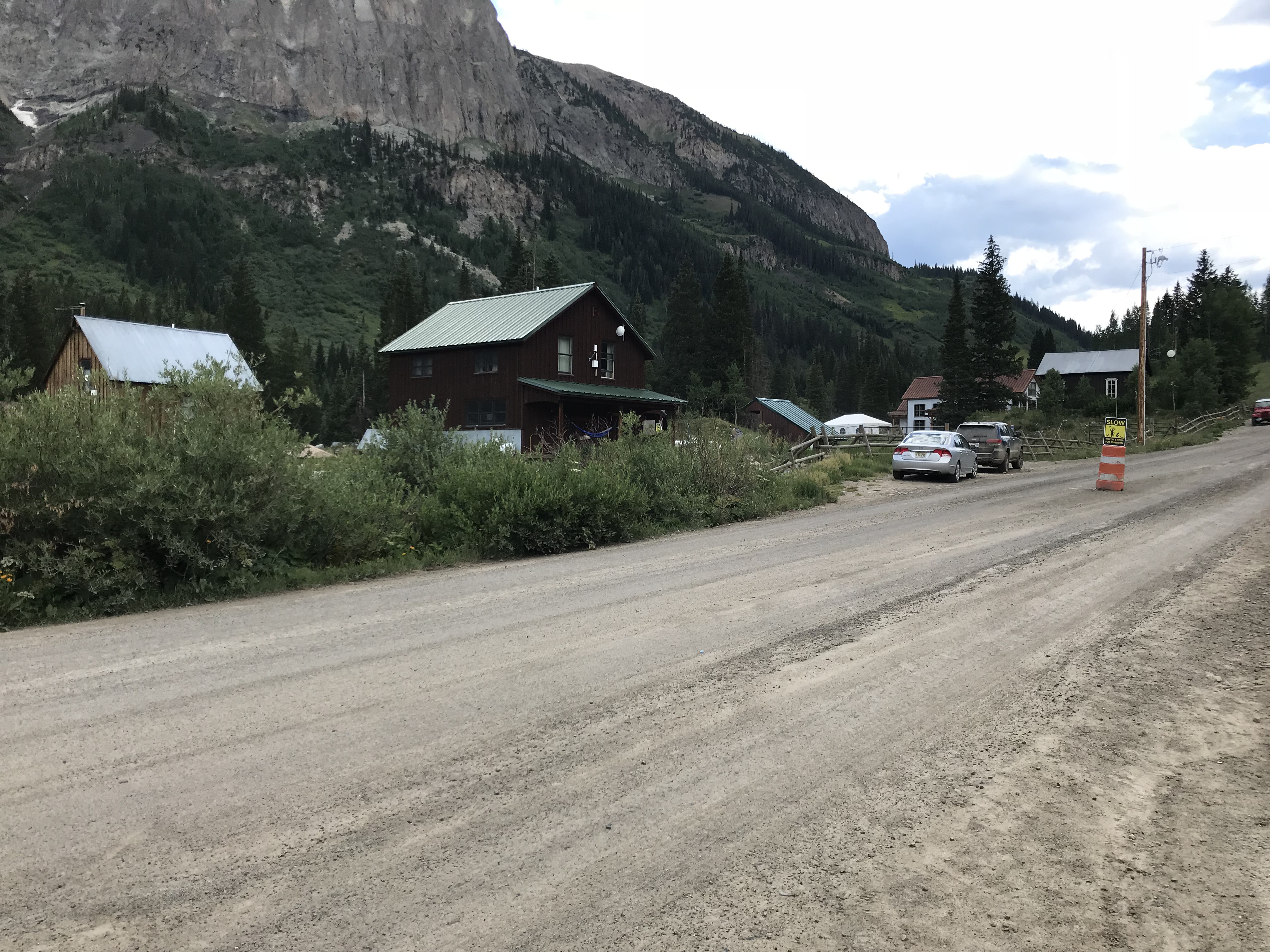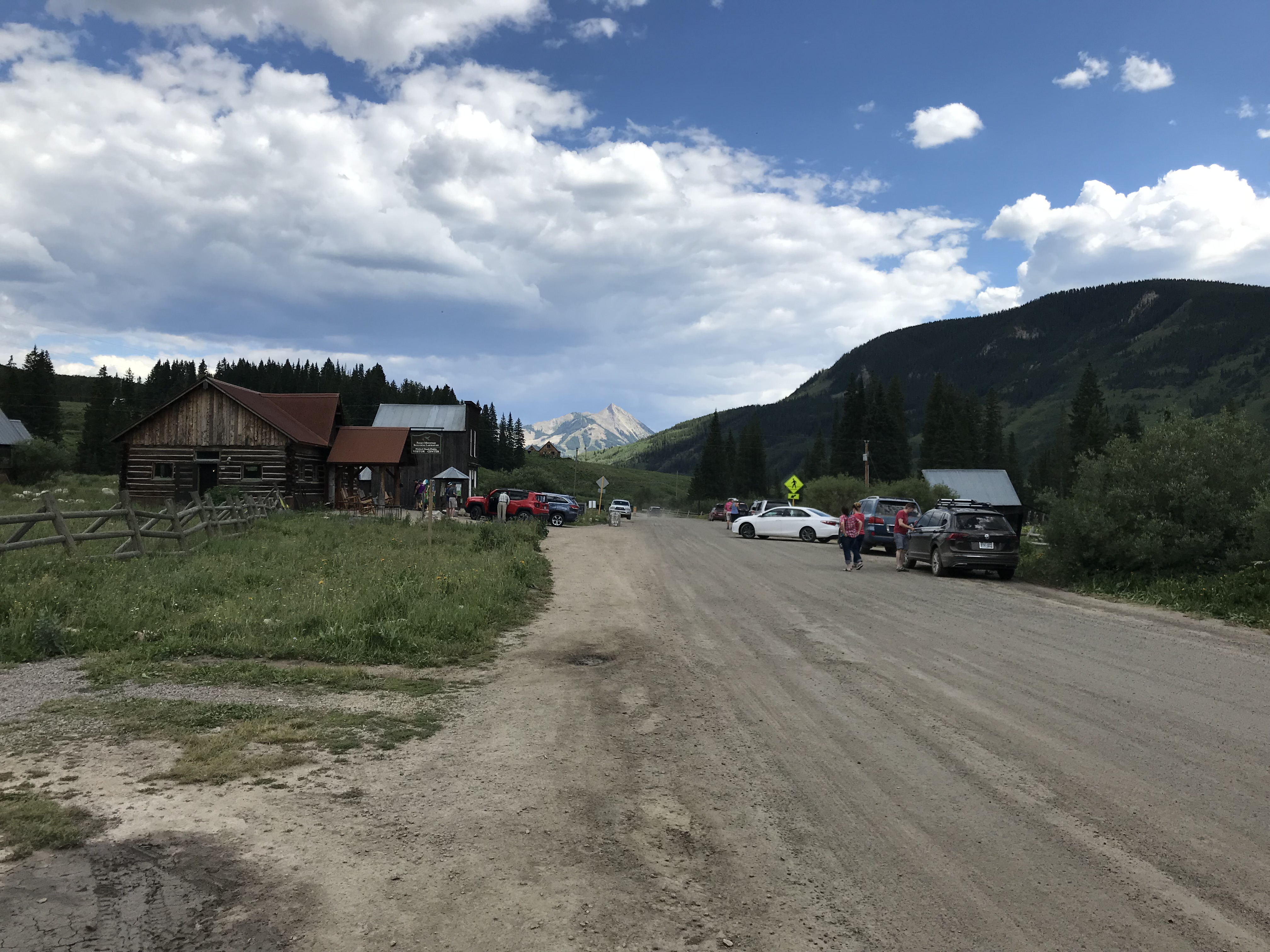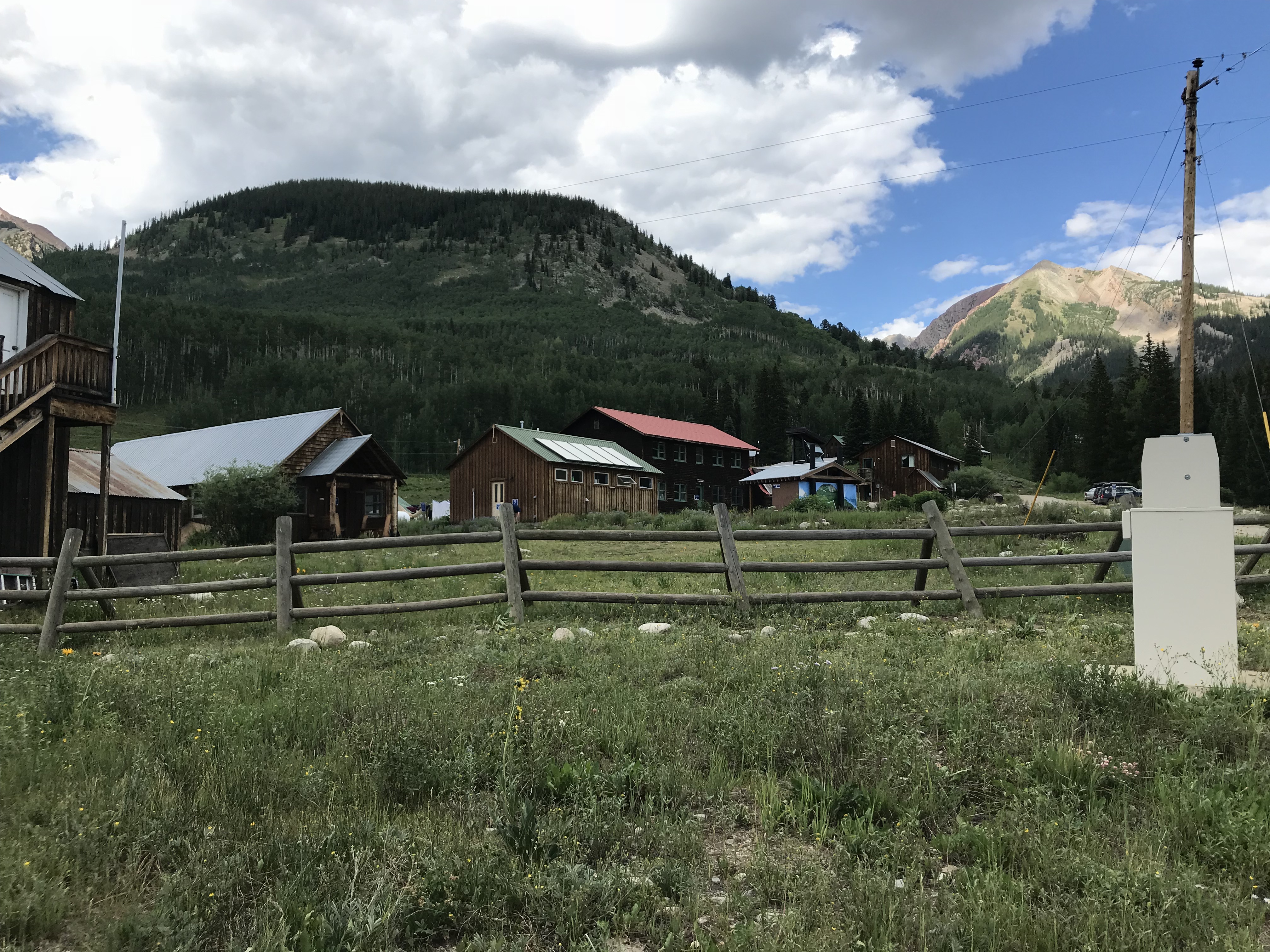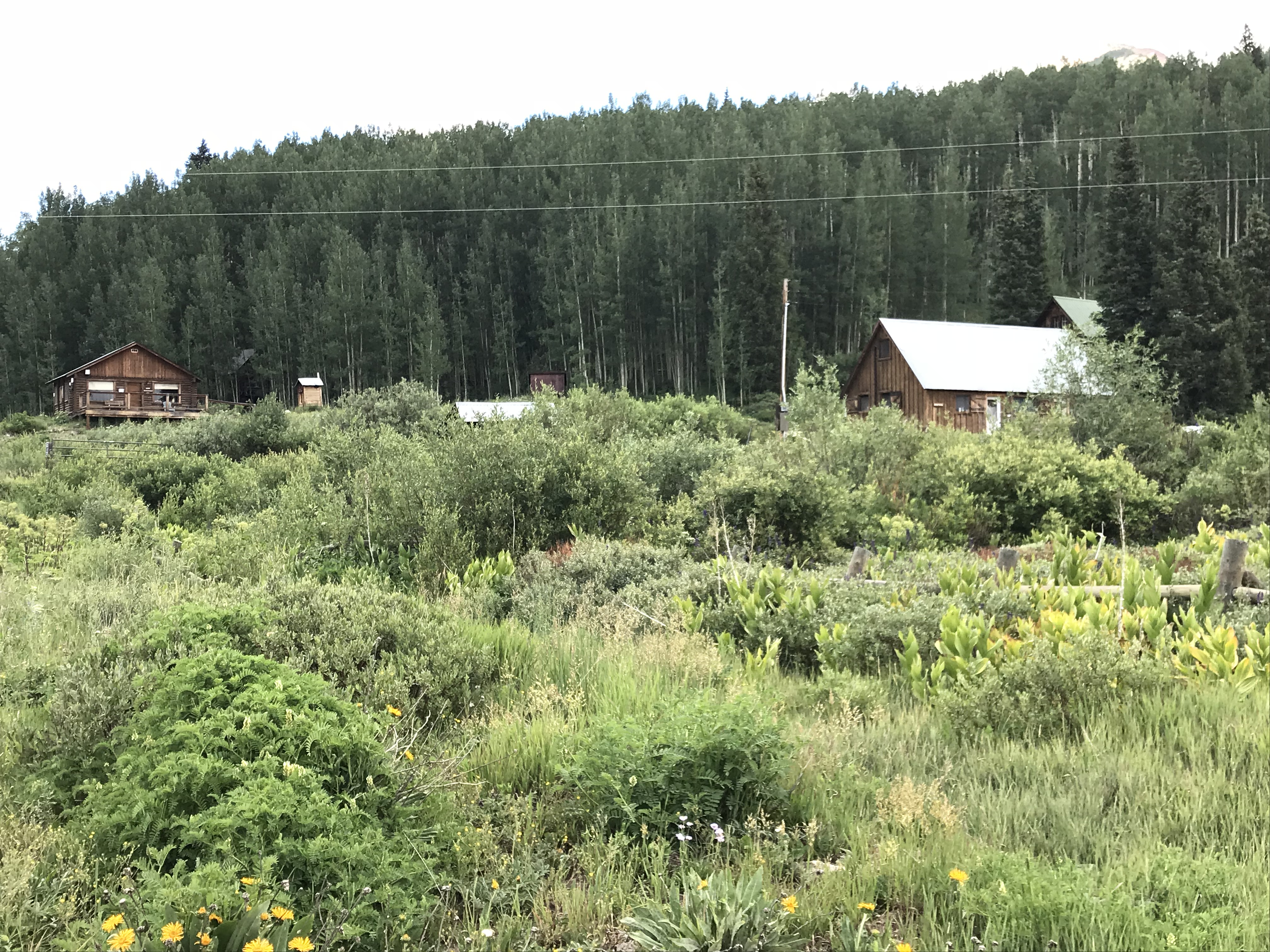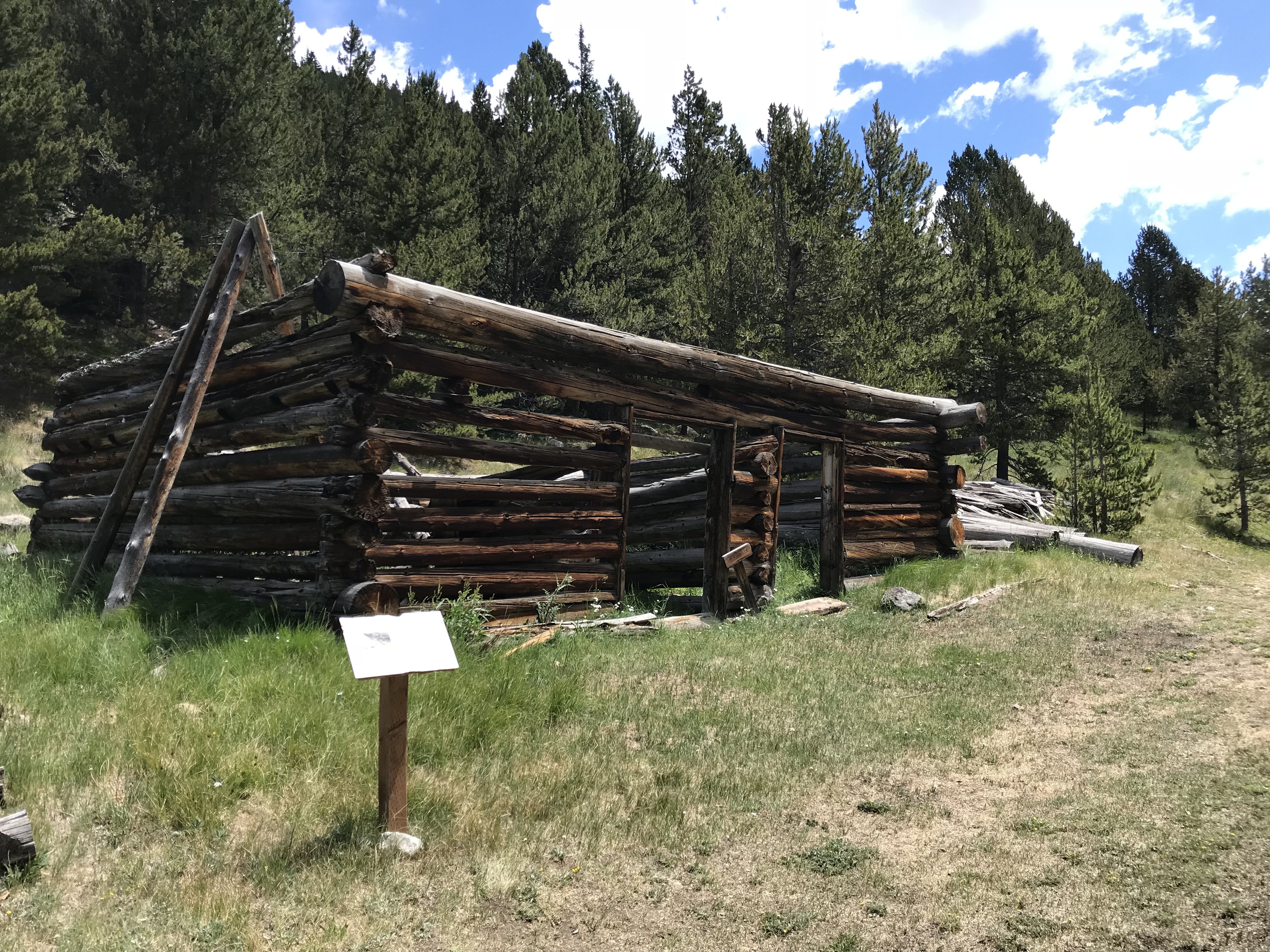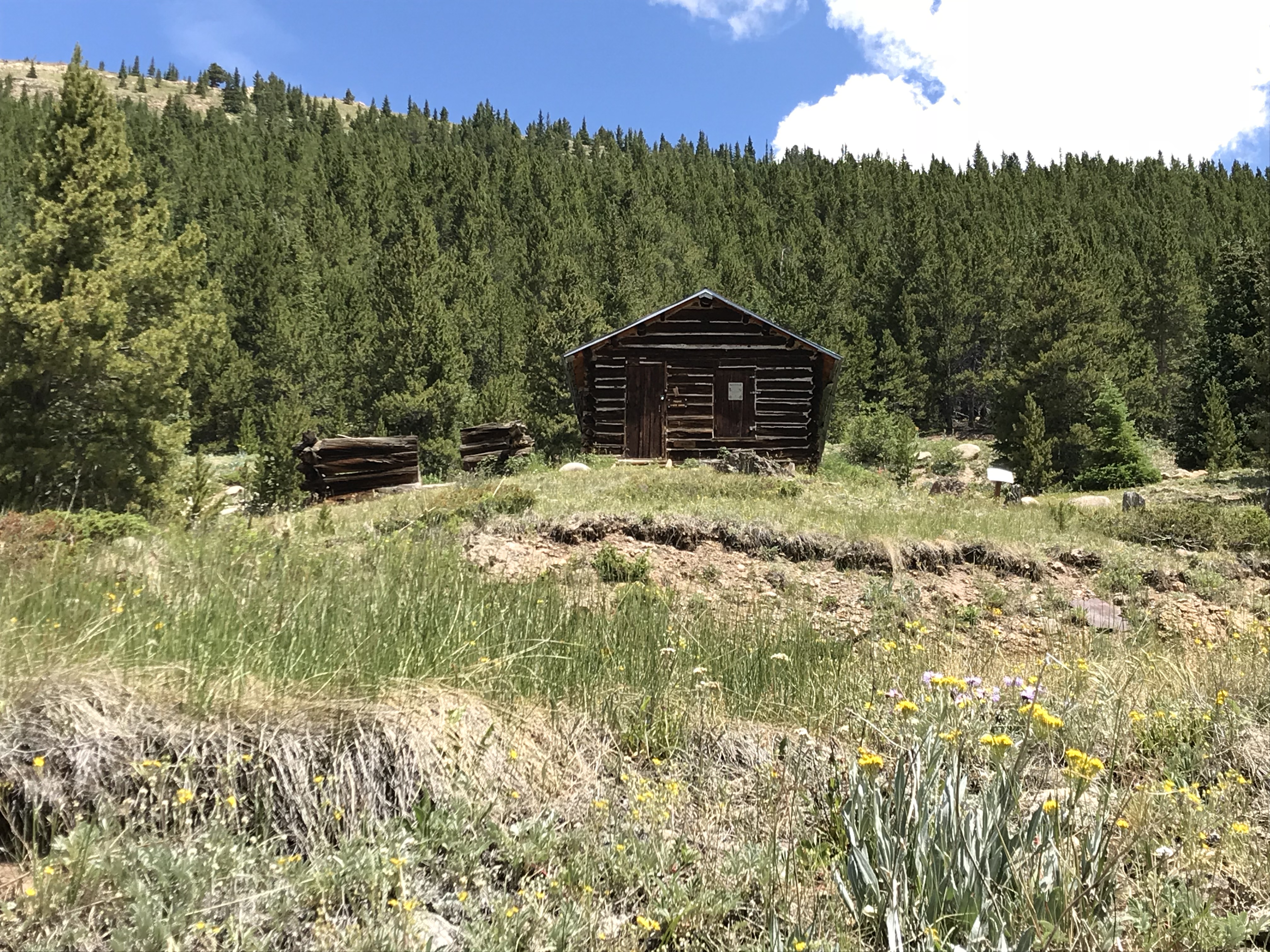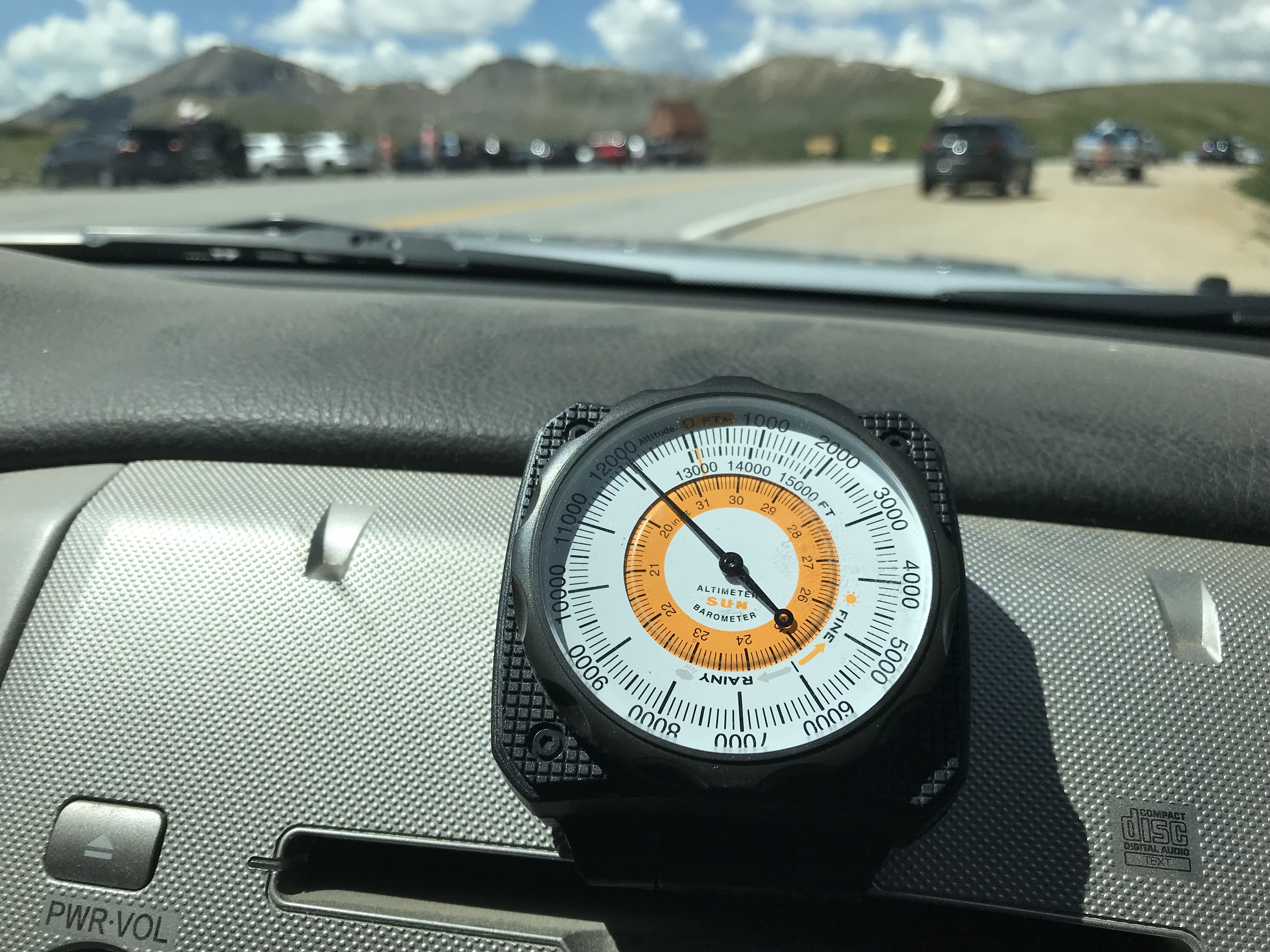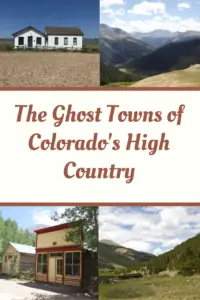**Author’s note: Just a word of warning, as this is a National Park, no dogs are allowed on any trails (exceptions for Service Animals). They are only permitted in the campgrounds and parking lots.**
The final stop on our epic, Spring Break trip to celebrate the Trekkers’ 40th birthdays was Death Valley National Park! We’ve been wanting to visit Death Valley for a long time. We figured early March was hopefully a good (and cooler!) time to do it!
3 Tips for Your Visit to Death Valley:
–The heat in Death Valley!
The heat in Death Valley is NOT a joke so PLEASE be careful! We were SO LUCKY that it was so cool when we were there (FYI, early March is a GREAT time to visit!) This place is literally on record as being the hottest place on Earth!
Death Valley is also extremely dry and can be very windy, which means you may be sweating (and getting dehydrated) and not even realize it. Some years, it has been known to be over 100 degrees here for almost HALF THE YEAR! I cannot stress enough the potential danger this type of heat can bring. Dehydration/heat stroke are very real dangers here for much of the year. This park can LITERALLY kill you!
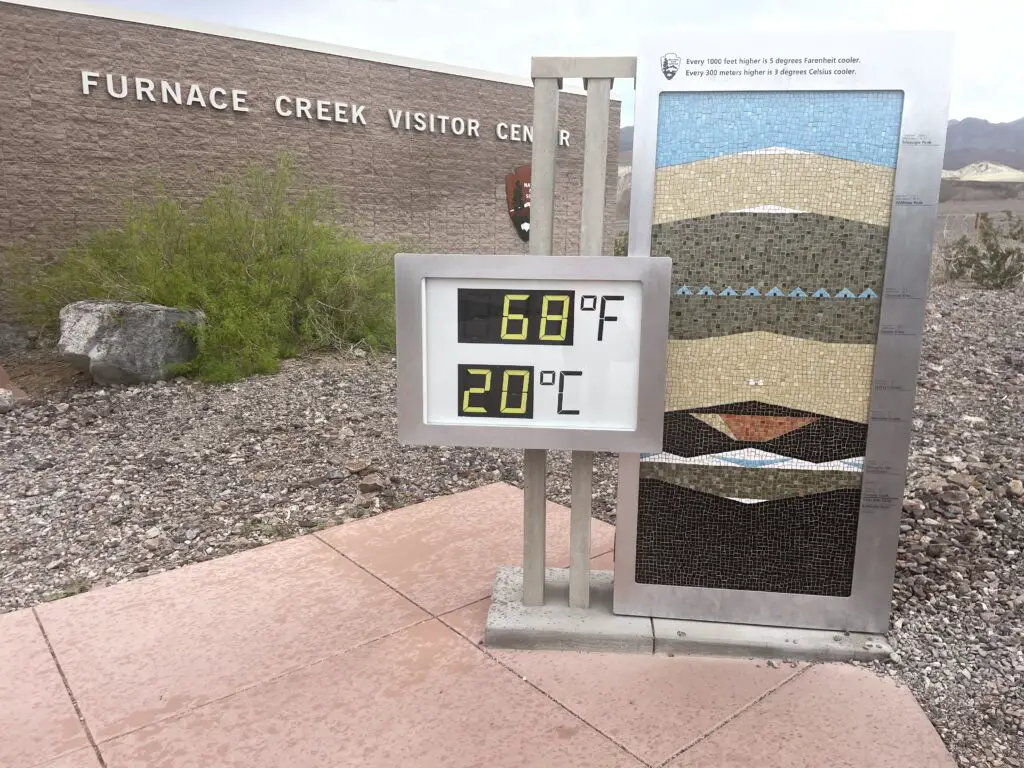
The heat can also be VERY hard on your car, and if it breaks down in the middle of the desert, you’re now stuck in the heat. There are almost NO TREES in Death Valley so there is also almost NO SHADE. We even saw one remote section of road where signs told you to turn off your car’s air conditioning to take the stress off the car’s engine (the road was also going uphill)–again, this wasn’t an issue with the cool temps when we were there. 😂
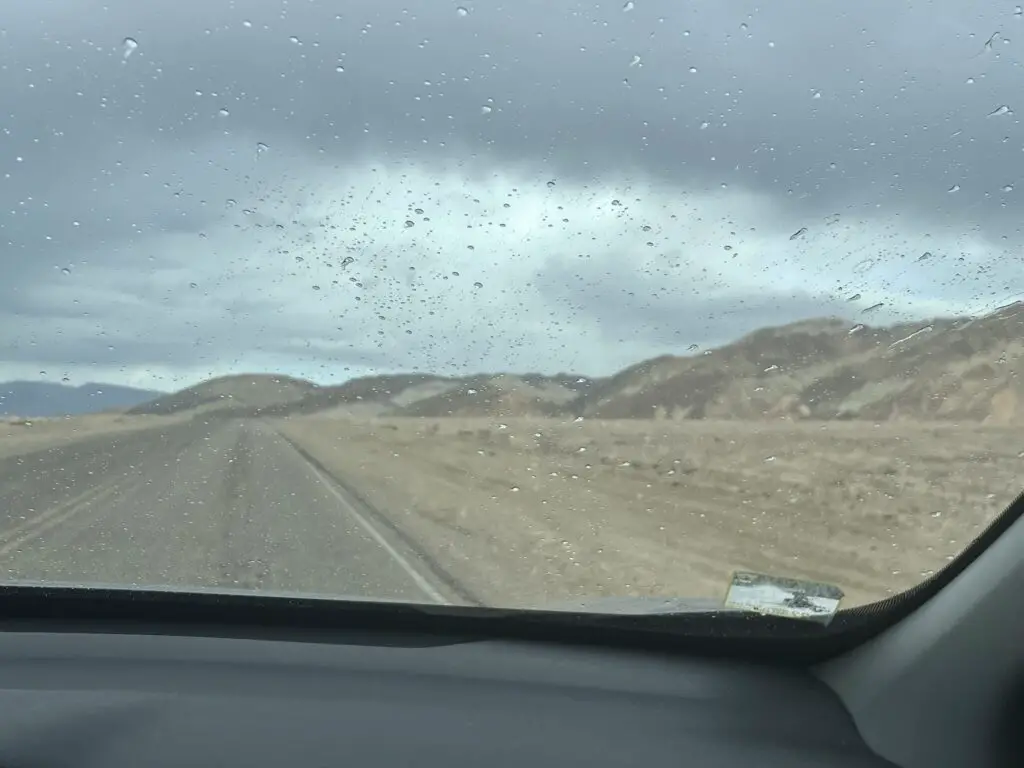
–No cell coverage in Death Valley
One big thing to plan for when you visit Death Valley is that the park is HUGE! It covers more than THREE MILLION acres so you should plan to do A LOT of driving! Also, it is a valley (duh! 😉) surrounded by mountains, so there is very little cell coverage–this adds to the danger the park poses if you encounter a problem.
Also, something to be aware of, Death Valley isn’t the prettiest of our national parks. This comment is not intended to dissuade you from visiting in any way. I just don’t want you to be disappointed. Glacier NP this is not! 😇 It’s called DEATH Valley for a reason! There isn’t much that grows or lives here! 😉
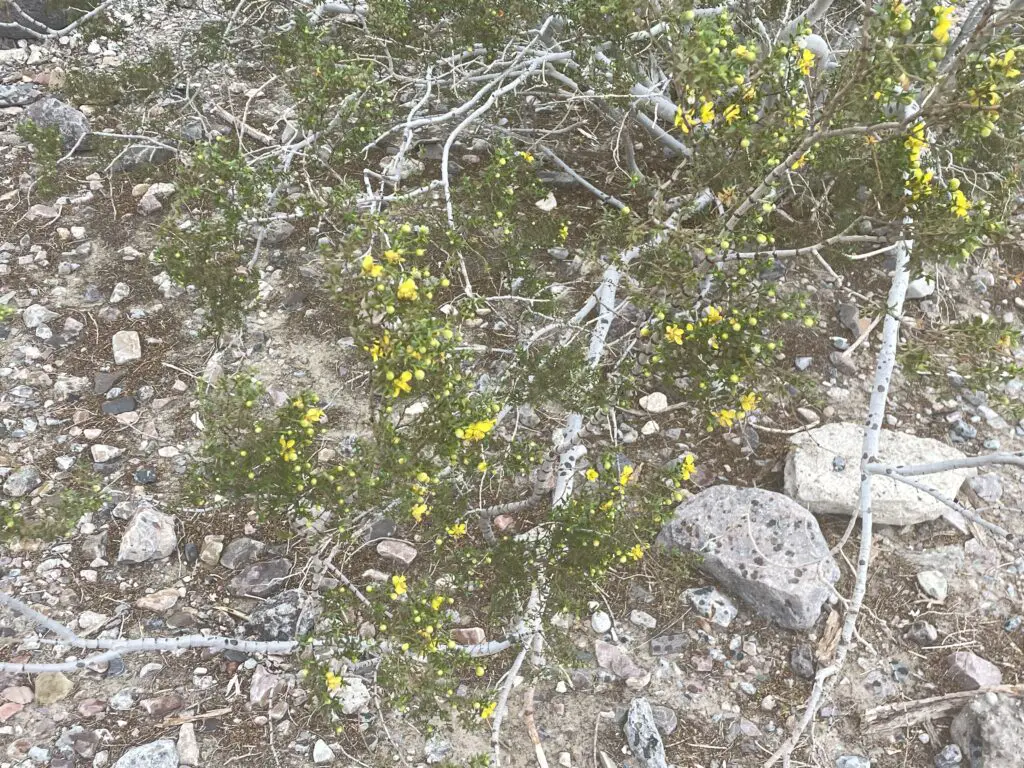
Where is Death Valley?
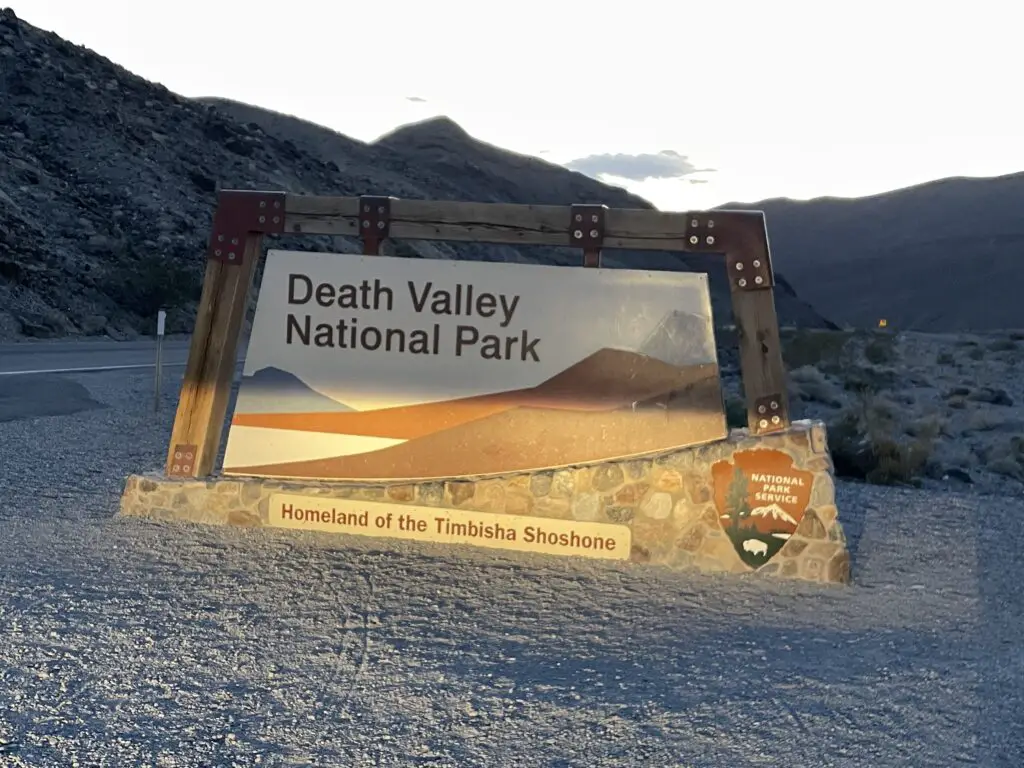
Death Valley is located in southeastern California, right on the border with Nevada. The park is situated about 130 miles west of Las Vegas and a little more than 200 miles to the northeast of Bakersfield, California.
The easiest way to reach Death Valley is to bring Nevada Route 160 west from Las Vegas to Pahrump. Then take State Line Road west to the Death Valley Junction on California Route 127. From there you pick up Route 190 and take that into the park! (Don’t worry, there are signs. Also, these are basically the only paved roads out there! 😉)
You can also reach Death Valley from the north by taking US 95 south through Nevada to California Route 374, or from the west on California Route 190.
Places you don’t want to miss in Death Valley:
There are a number of awesome sites to see at the park!
Badwater Basin:
Badwater Basin’s claim to fame is that it is THE lowest point in North America, at more than 200 feet BELOW sea level!
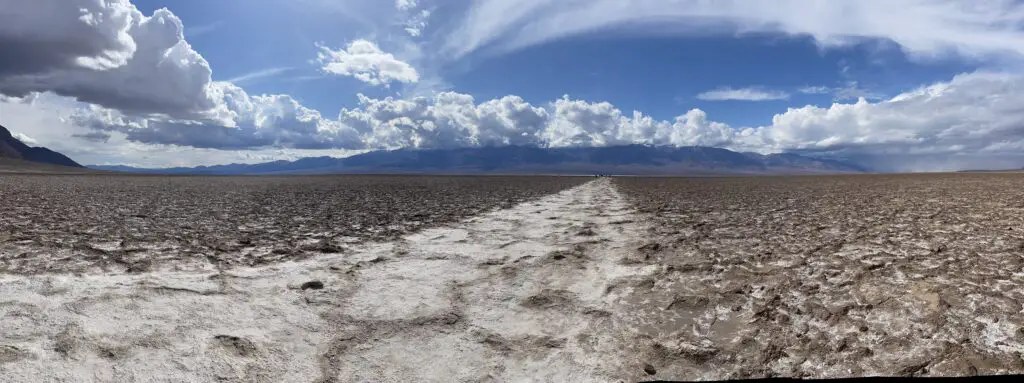

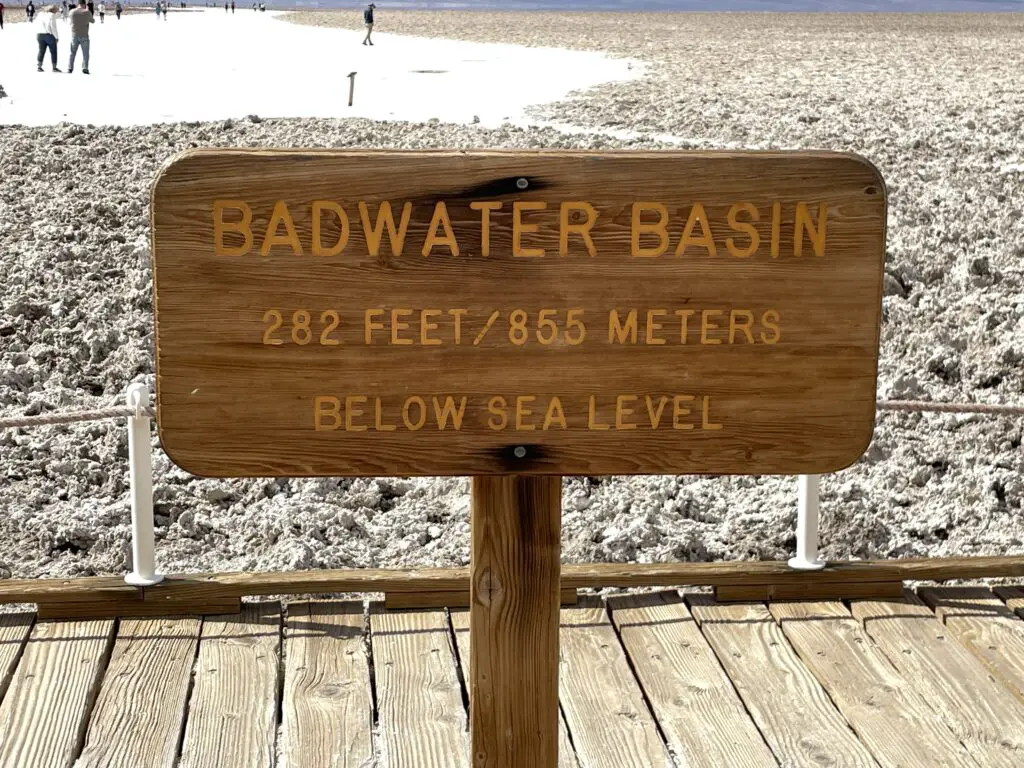
For additional info on Death Valley, please see my friend Megan’s blog posts on Things to do in Death Valley that aren’t hiking and Sites to see on Badwater Road!
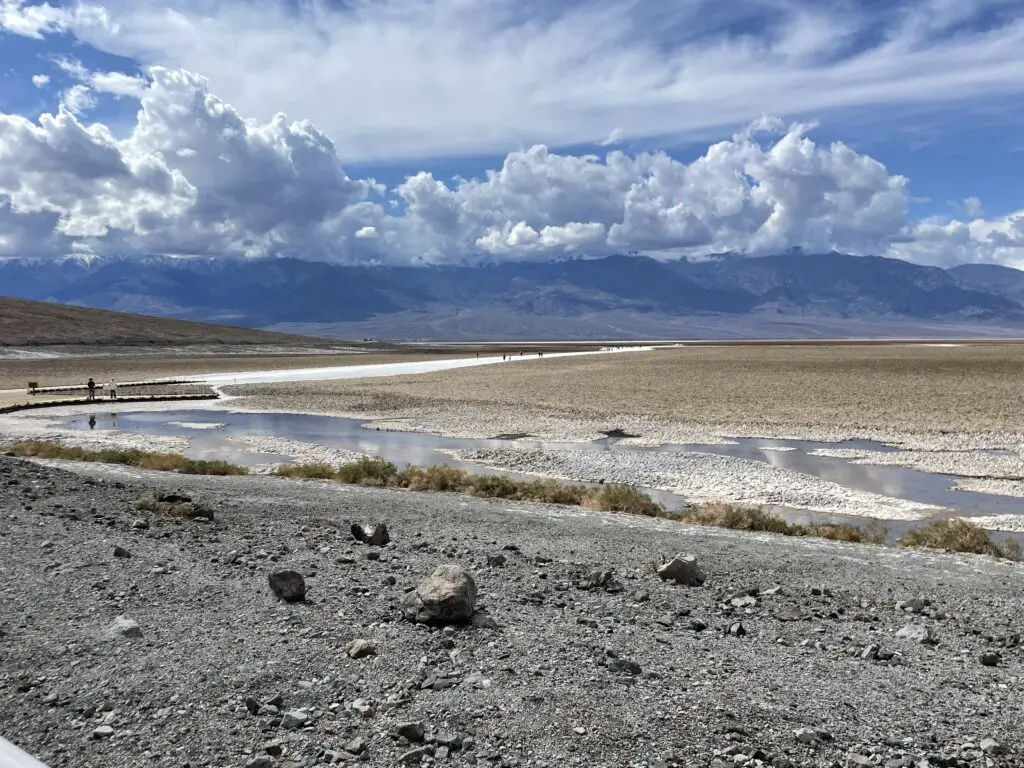
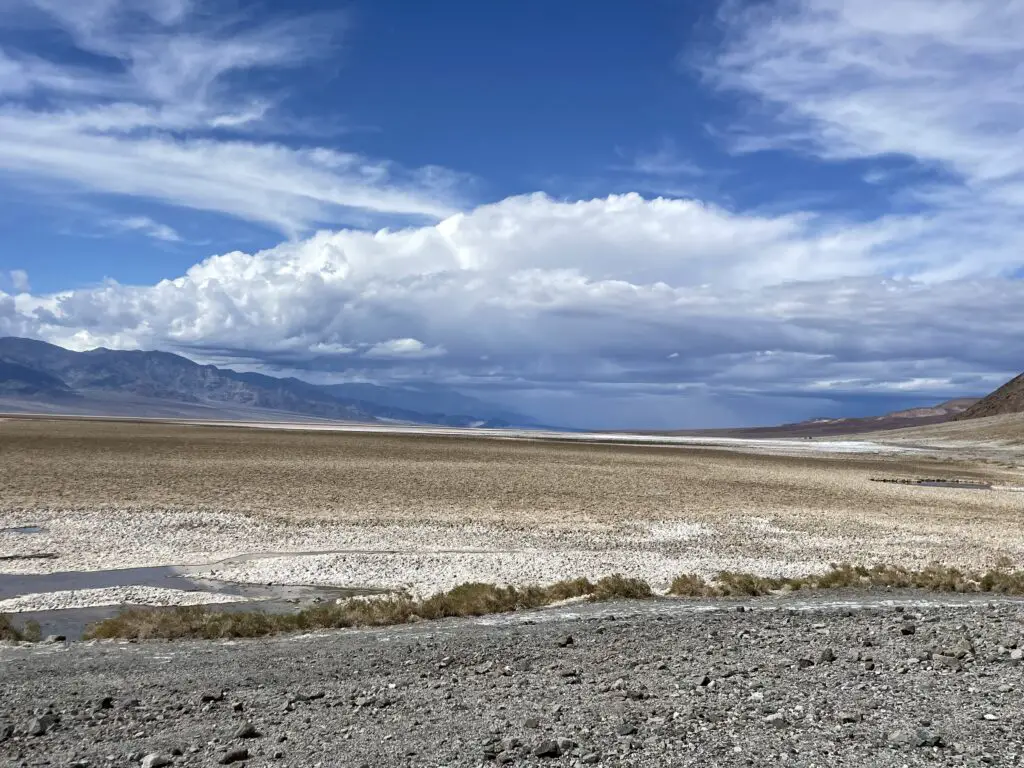
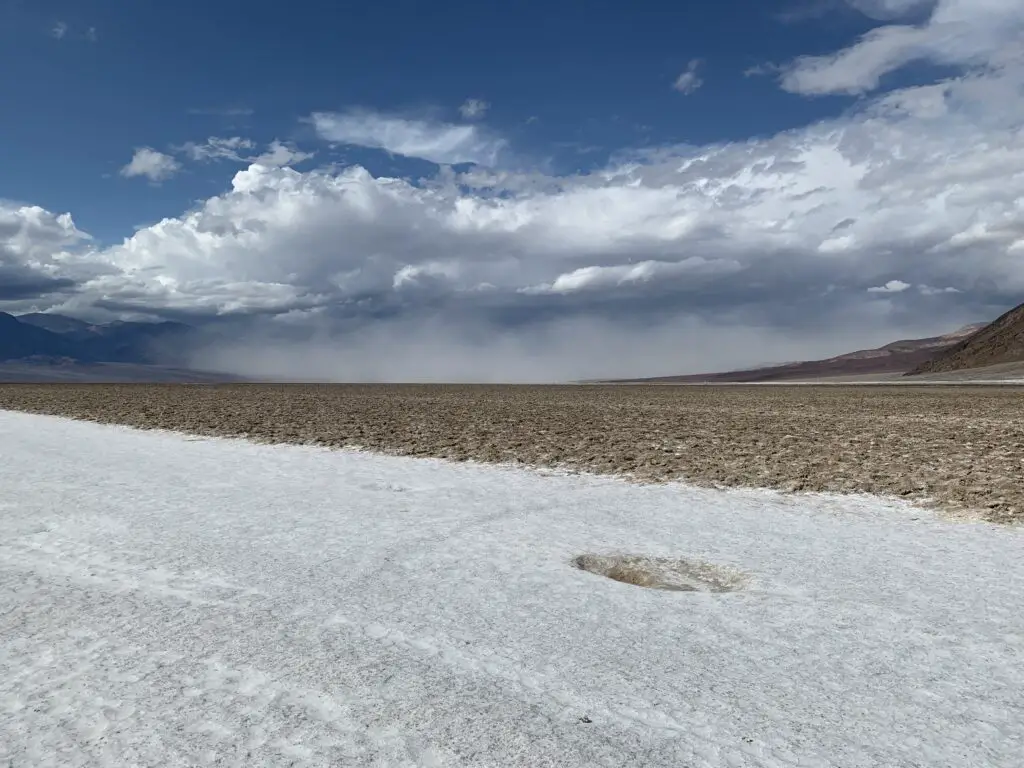
Father Crowley Overlook:
This locale is otherwise known as, “Star Wars Canyon”! Ironically this was NOT a Star Wars filming site (to learn more about those, scroll down!)–although portions of the new, Top Gun: Maverick were filmed here!
The proper name for this canyon is Rainbow Canyon, from the colorful rock and gravel that comprises it. However, it got its nickname as fighter jets have often practiced low-altitude moves here (the terrain mimics much of where they fly throughout other parts of the world.)
This has been a Bucket List item on both the Trekkers’ lists since Mr. Trekker heard you could see fighter jets here and I found out it was called Star Wars Canyon (and why!) This meshed well with our watching planes at Nellis Air Force Base in Vegas and touring the Extraterrestrial Highway earlier in the trip!
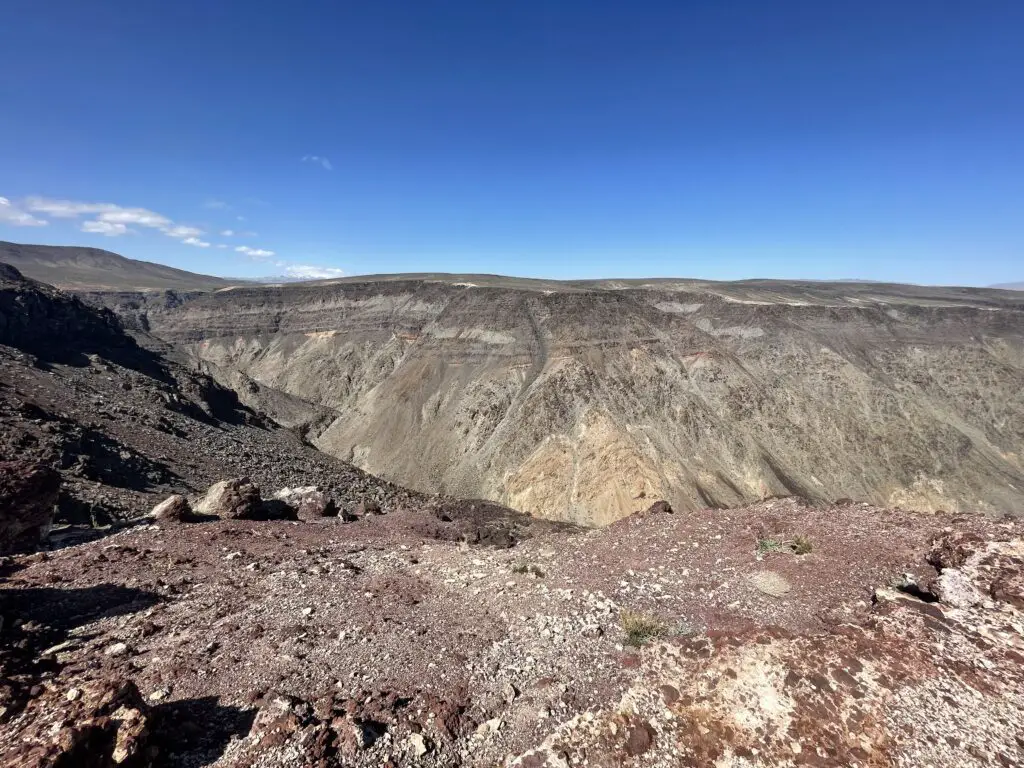
Sadly, several years ago there was an accident where the pilot was killed and spectators on the ground were injured so they’ve limited what all the planes can do here…but, you can sometimes catch a plane and…WE DID (two actually)! We didn’t get any pics or video (literally, we heard it, we saw it, it was gone, all in a total of about three seconds). 😁
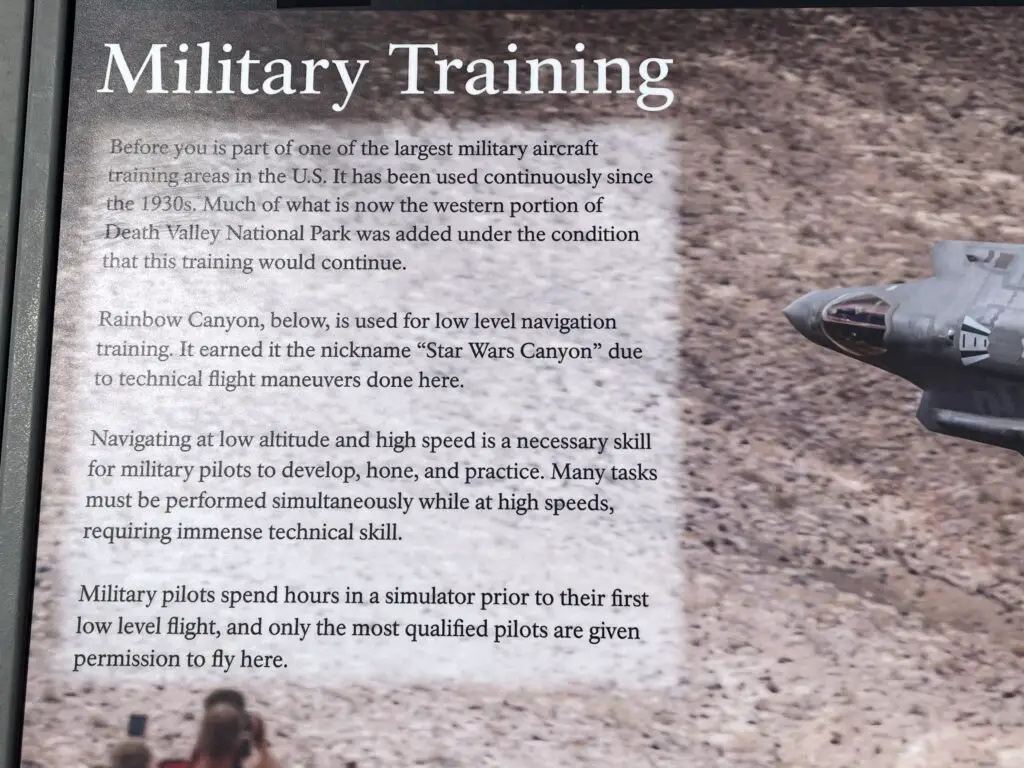
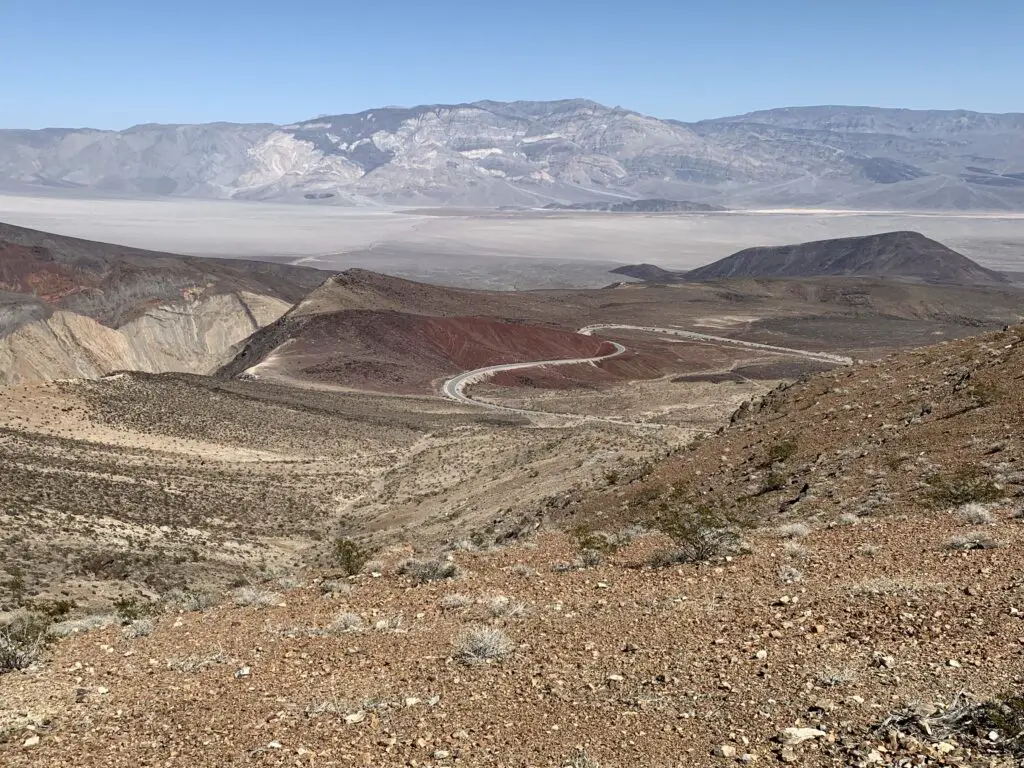
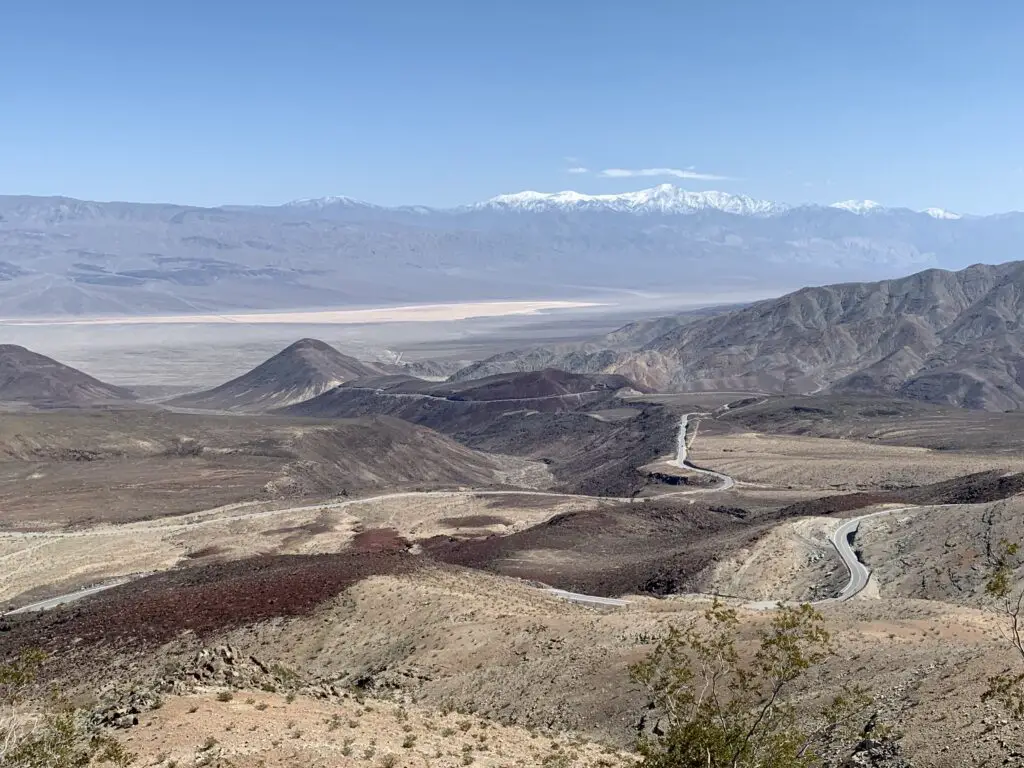
Panamint Valley
This GORGEOUS valley is situated just down the road (about seven miles) to the east of Father Crowley Overlook. This was my absolute, favorite spot in all of Death Valley (that we saw anyway). (We also saw a fighter jet flying through this valley (from the Father Crowley Overlook!)
One weird thing about this valley was that it was SO QUIET! All you could hear was the light breeze ROARING in your ears (and occasionally a fighter jet flying overhead! 😝) We realized what was missing, there were no birds and there weren’t even any bugs buzzing about. I’m not sure if this is unique to Death Valley or because we were there in early March (though a lot of literature on the park talks about the extreme quiet.)
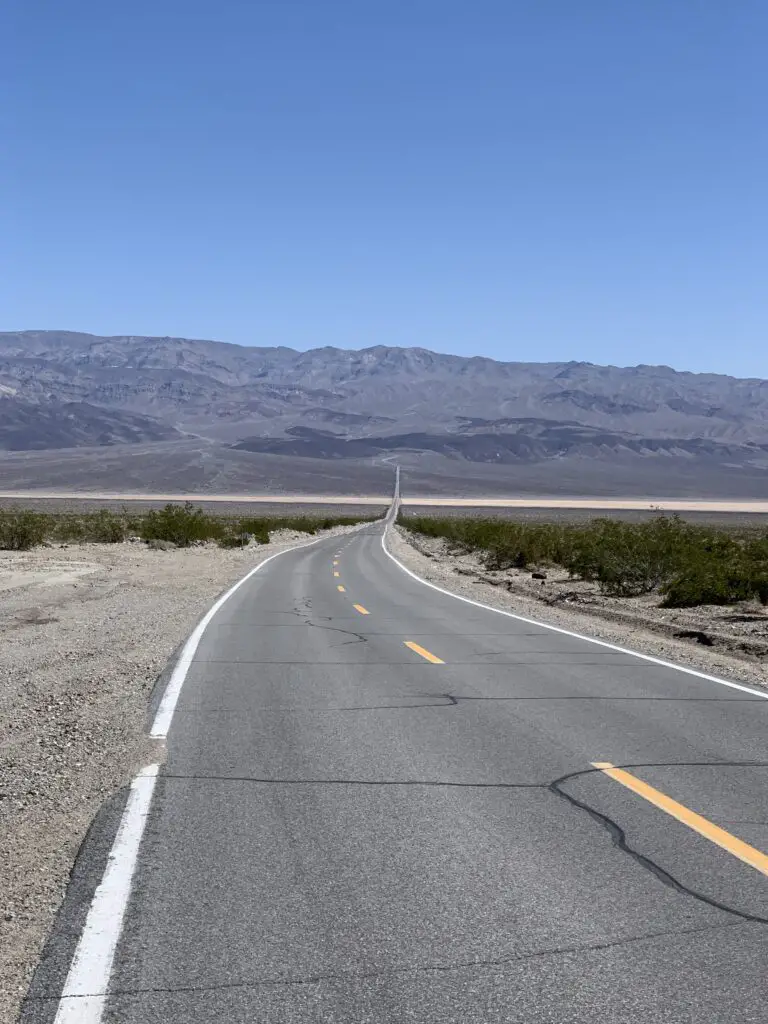
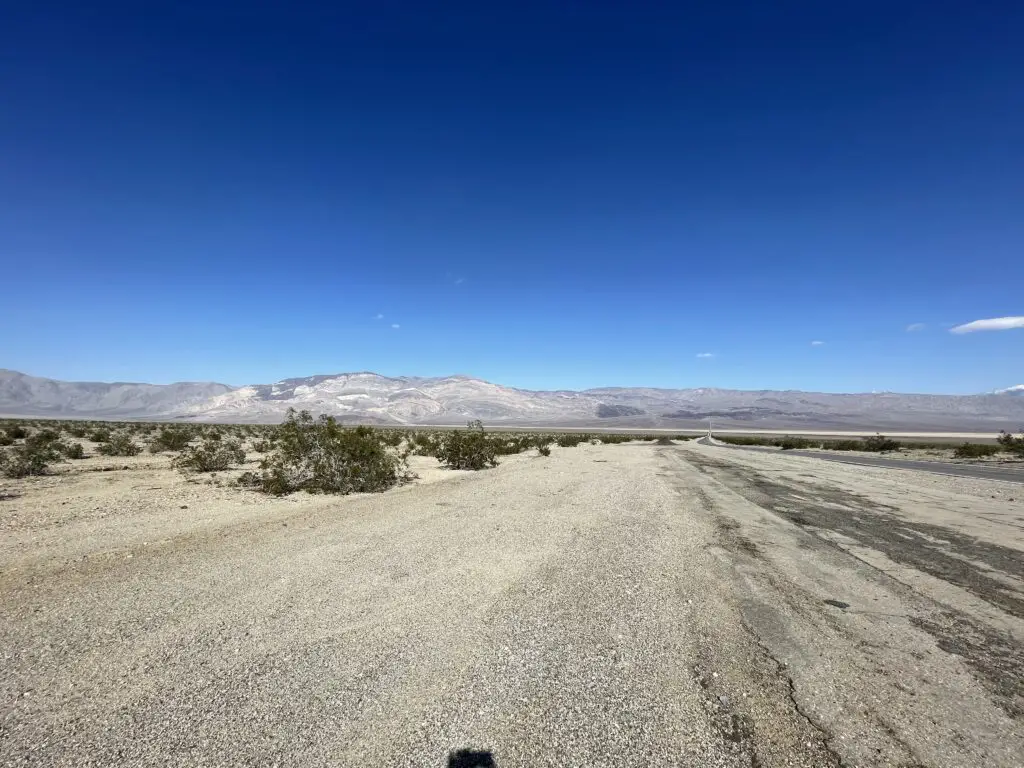
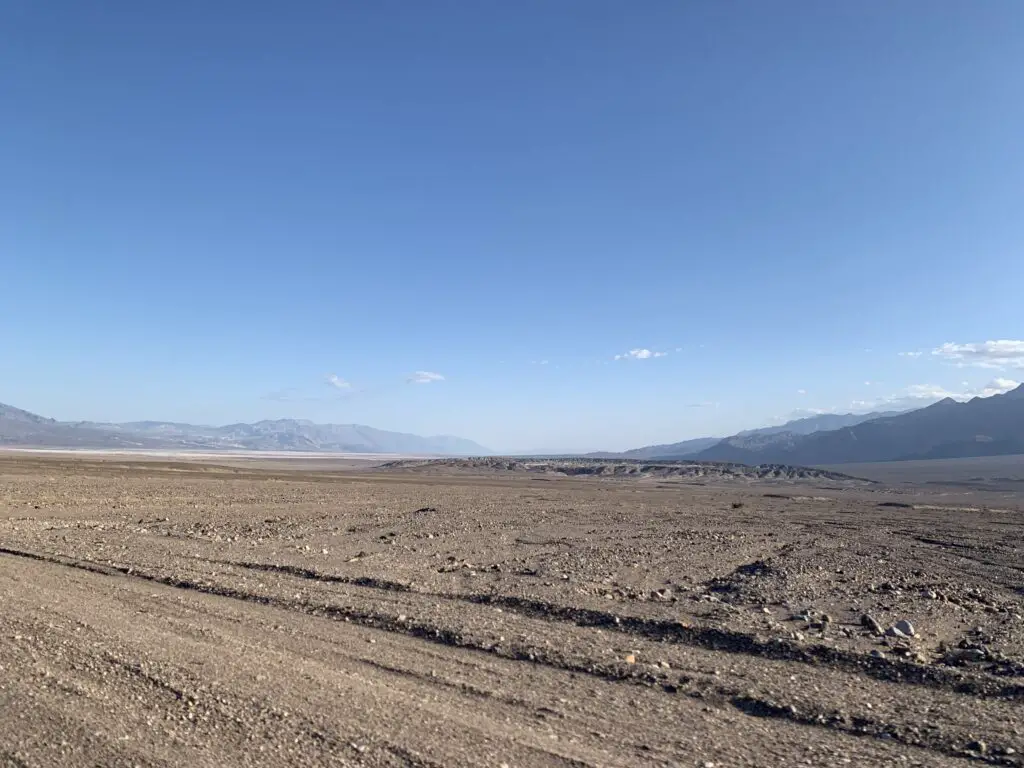
Zabriskie Point:
This is supposed to be a great place for sunrise/sunset with the varying colors in the rocks!
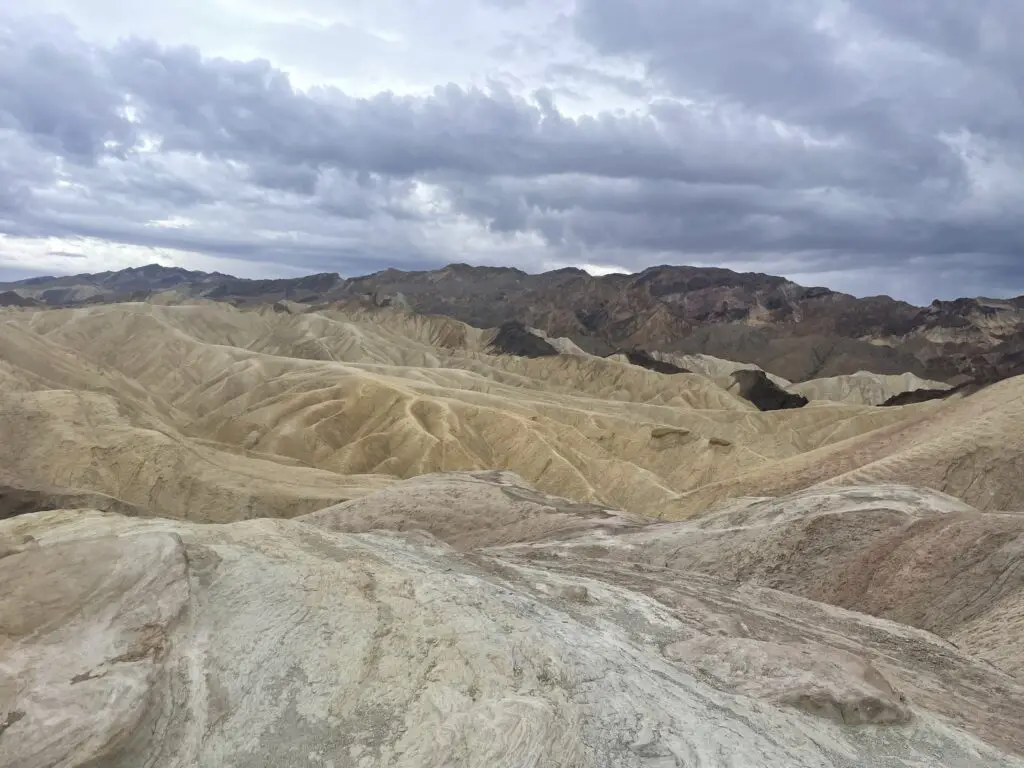
Star Wars Sites in Death Valley National Park
Many people don’t know this but several scenes from the ORIGINAL Star Wars trilogy were filmed in Death Valley! Most were from Star Wars, Episode 4: A New Hope (SW), but a few were also from Episode 6: Return of the Jedi (ROTJ)! Prepare yourself, my nerd flag is about to fly high! 😉
Note: There were no signs or literature that we saw at the actual park that show where filming sites are. There is plenty of info on Google about where to look, then you have to kind of use your imagination to put droids, Luke Skywalker, and Obi-Wan Kenobi there. 😉
Artist’s Palette:
The scene where the Sand People attack Luke in SW…
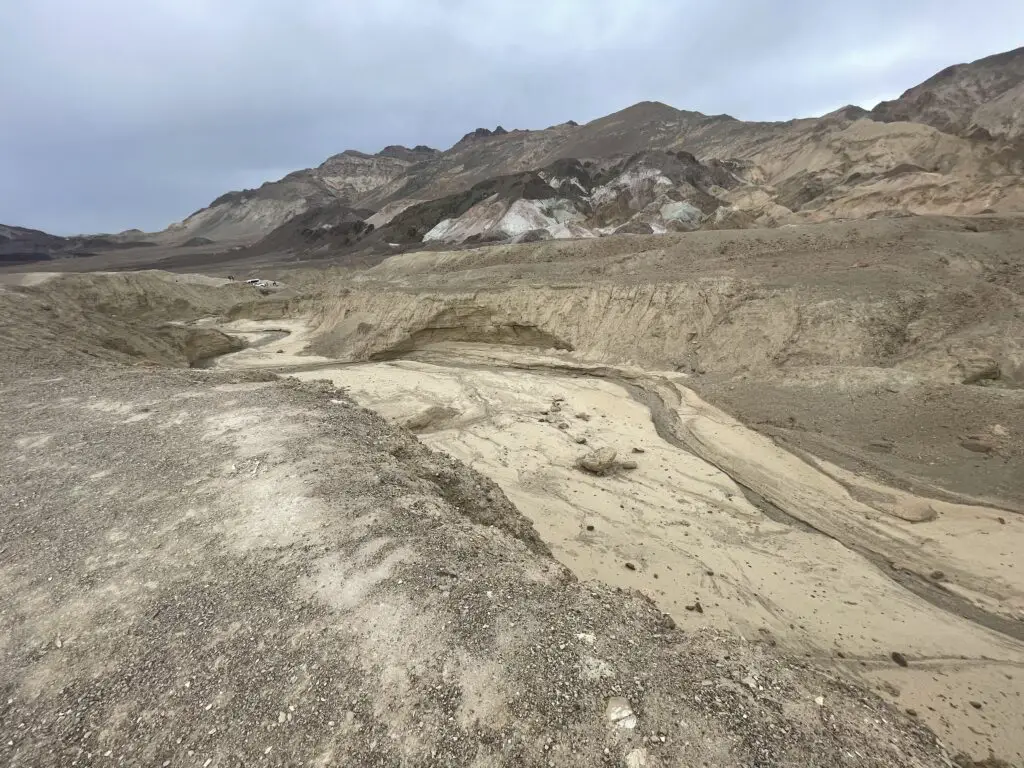
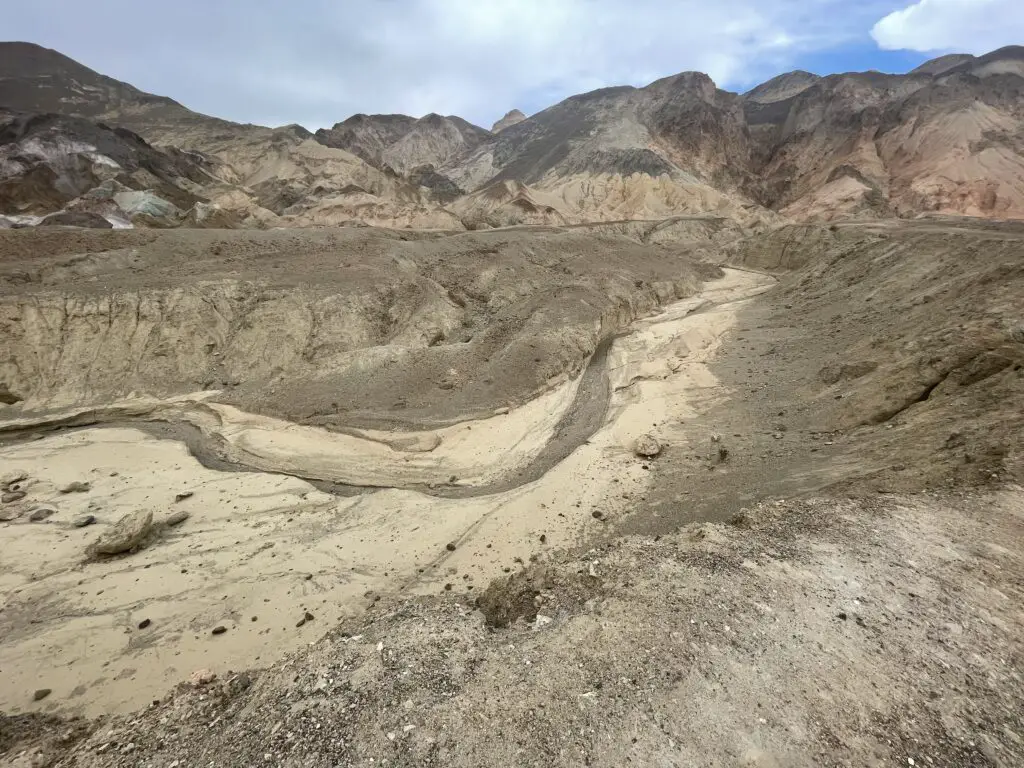
Mesquite Sand Dunes:
The droid scene near the beginning of SW was filmed here (where R2-D2 and C-3po walk through the dunes after their spacecraft, life raft crashes. Jabba the Hutt’s sail barge scenes from ROTJ were also filmed here.)
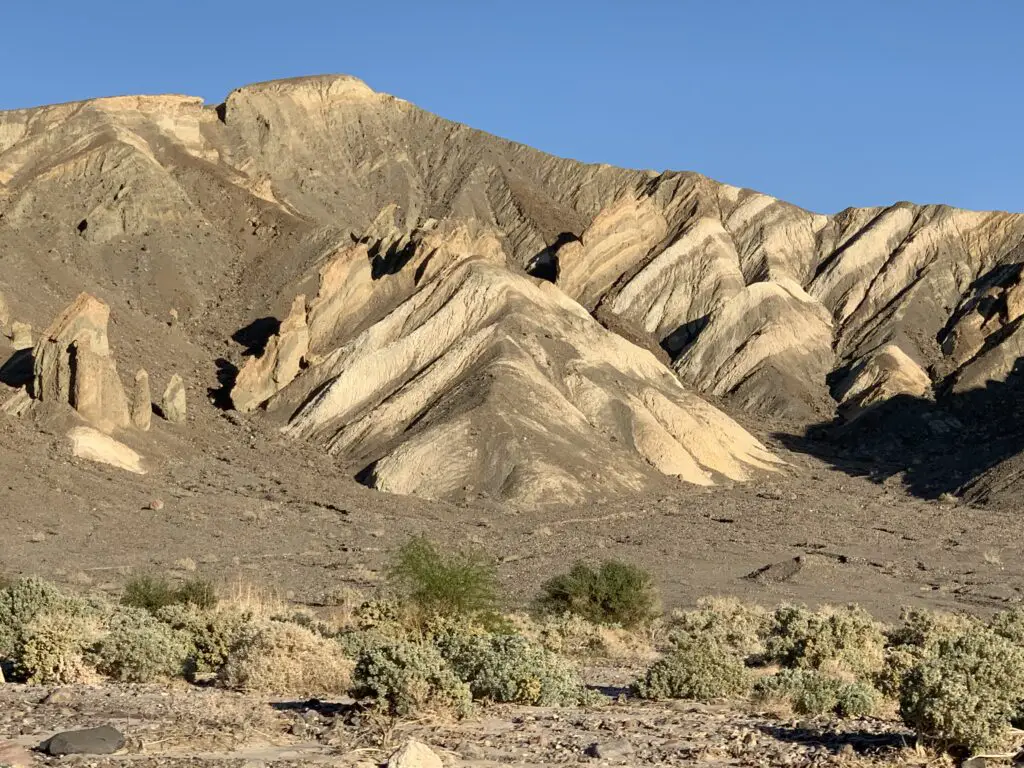
20-mule canyon:
The scene where the Jawas grab R2-D2 and where Obi-Wan’s home is located/where he meets up with Luke for the first time in SW. Also, the first droid scene from ROTJ was filmed here.
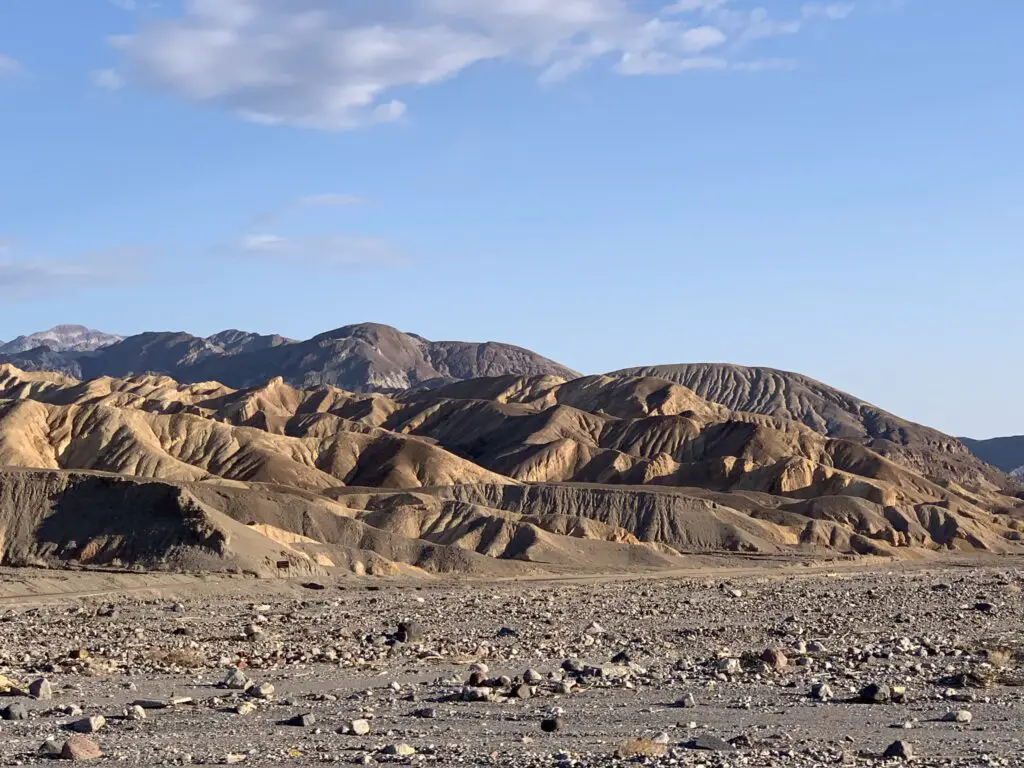
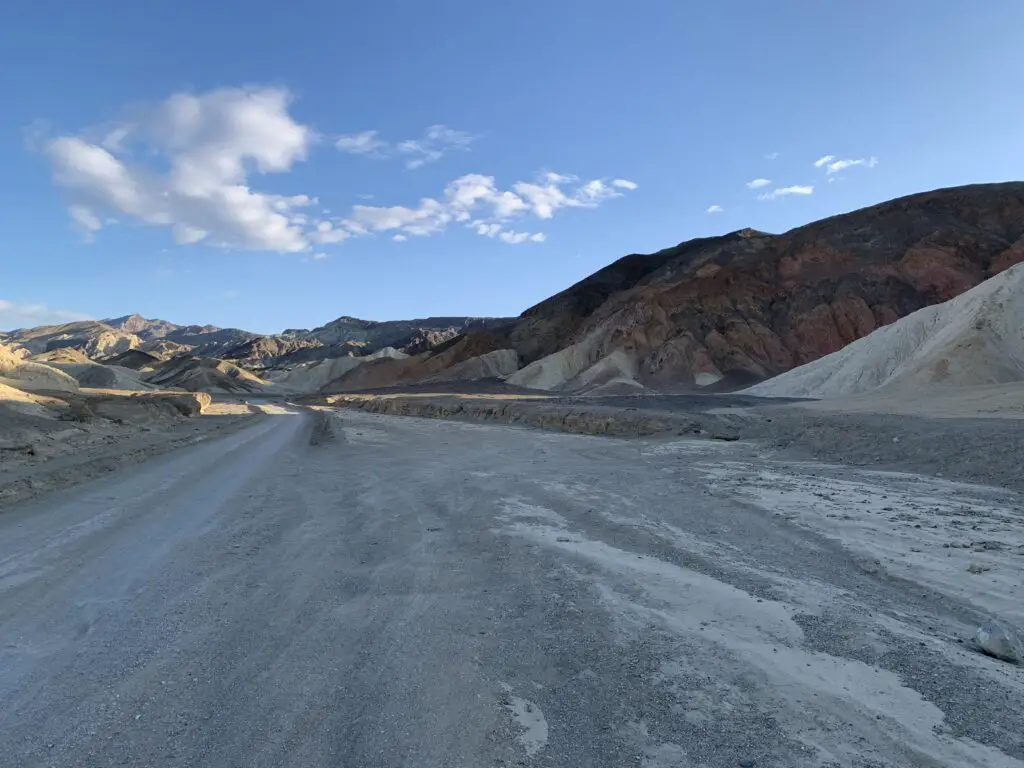
Dante’s Point:
The lookout on top of the Point gives you this view down into Badwater Basin (this was the filming spot for the Mos Eisley Spaceport in SW–“you will never find a more wretched hive of scum and villainy…” 😁)
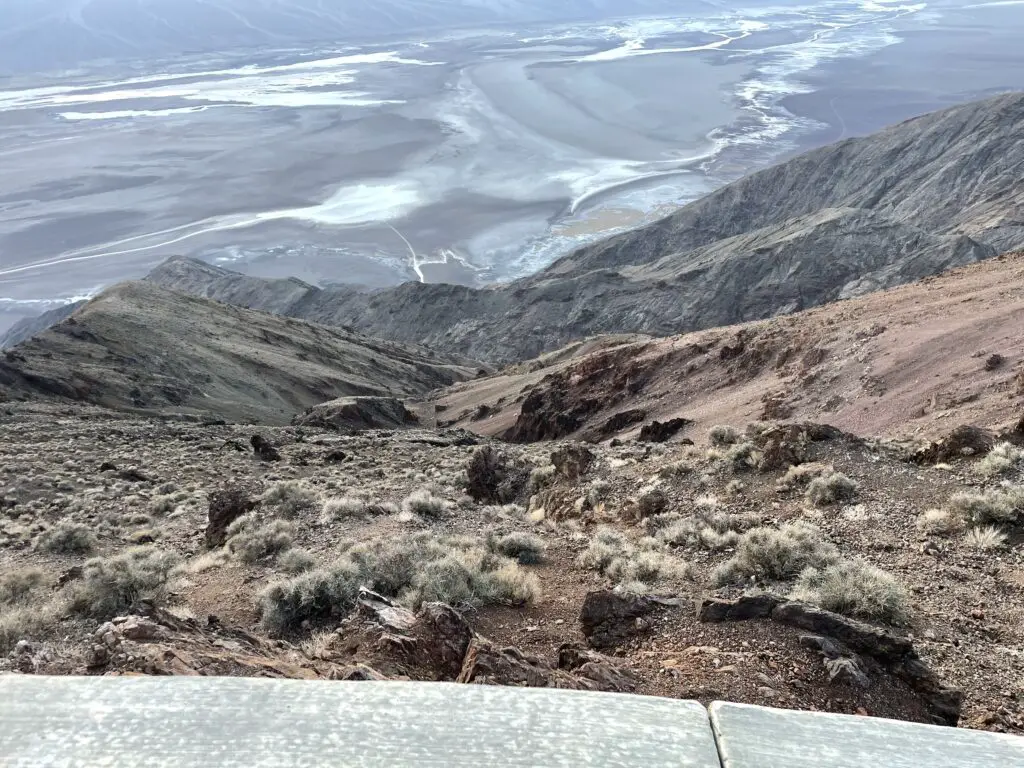
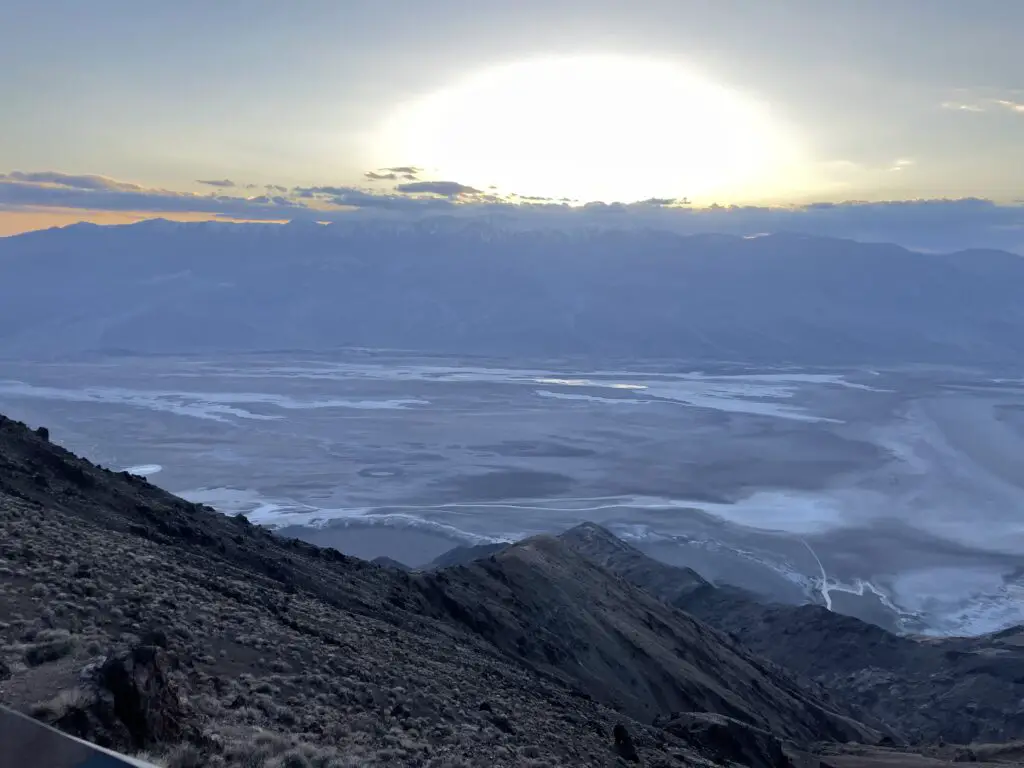
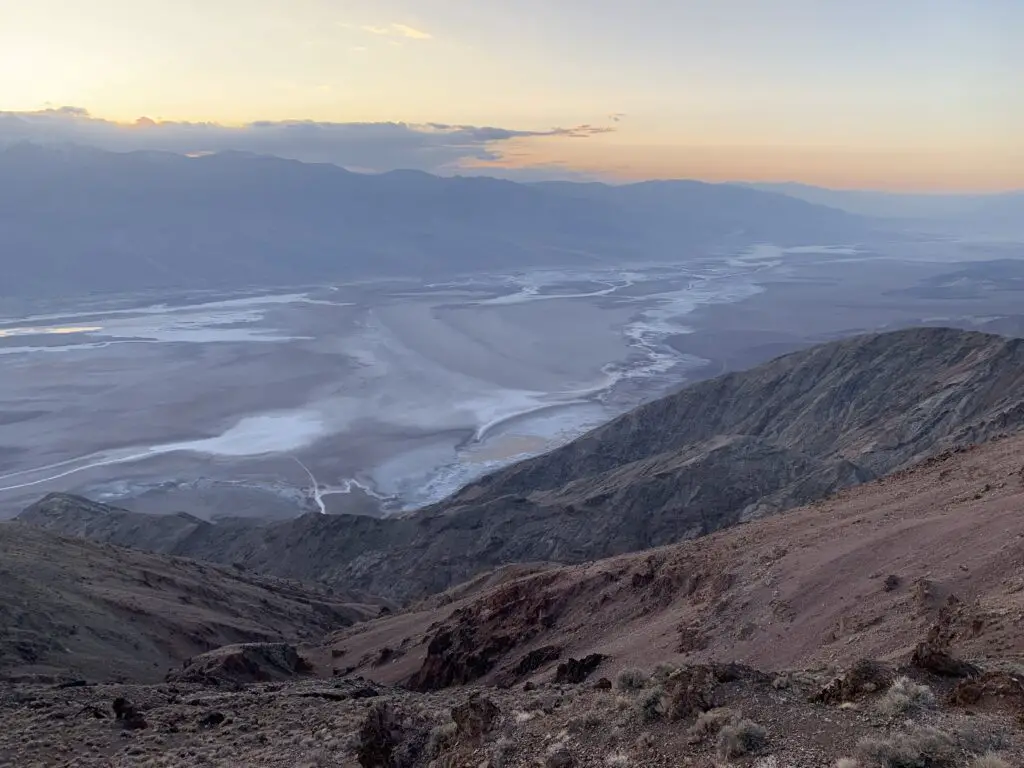
I-70 through Utah is GORGEOUS!
On our trip home, to South Dakota, we took I-70 through Utah. I’ve always thought I-70 through Colorado was pretty (and it is!) but the highway through Utah is INCREDIBLE! And literally, anyone can see these views, all you have to do is drive the highway!
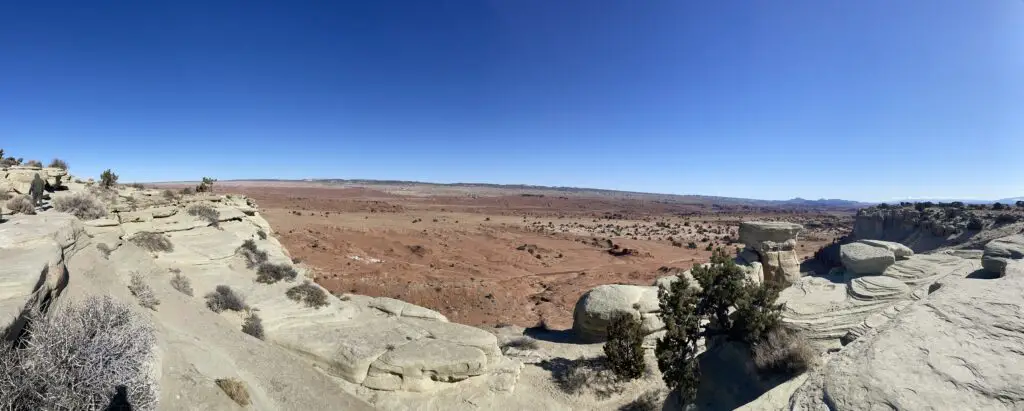
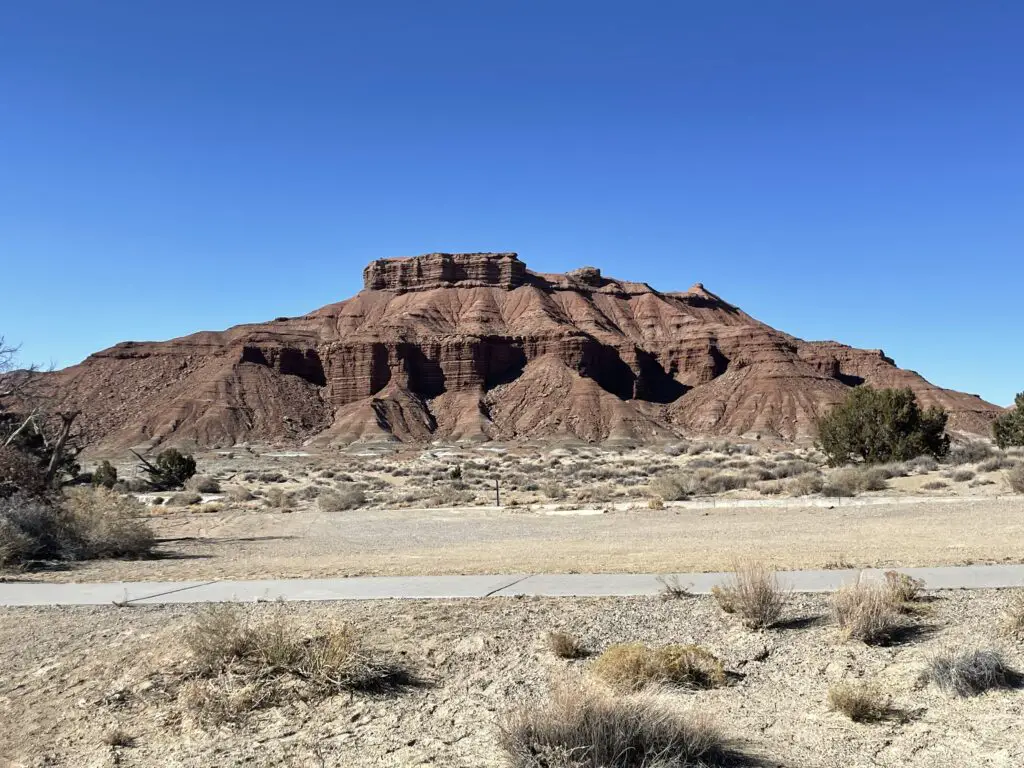
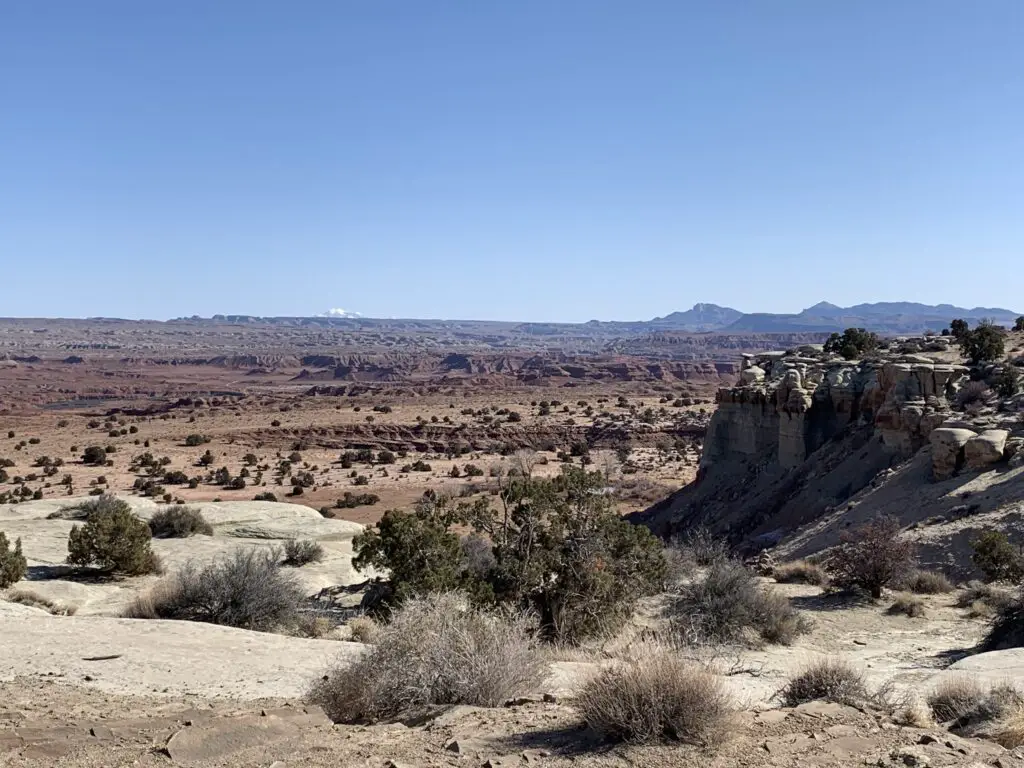
Incredible views, Hollywood film sites, and potentially VERY hot temperatures. If you’re looking for a unique vacation check out Death Valley (but maybe not in the summer. 🥵)
Have you visited Death Valley? Tell me about your experience in the comments!
Did you enjoy this post? Pin it!
Like what you read here today? Please feel free to leave a comment, like or share this post! Add your email at the bottom of the page, or the sidebar to the right, to be notified when a new post is published. By signing up for the email list, you will also receive a free copy of the Tranquil Trekker’s Top 10 Tips of Trekking Do’s and Don’ts! You can also follow the blog on social media by clicking the links below!
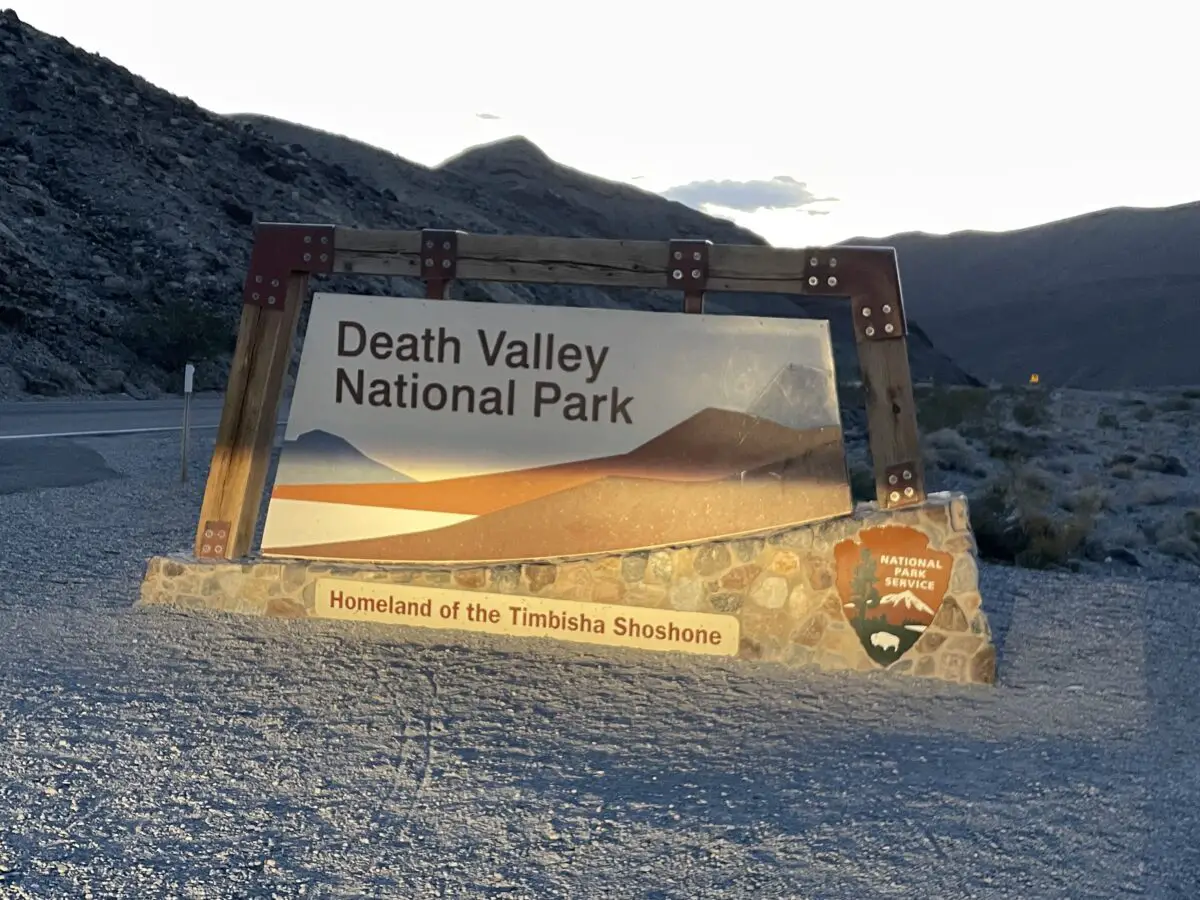
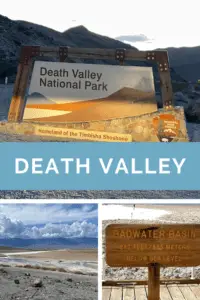
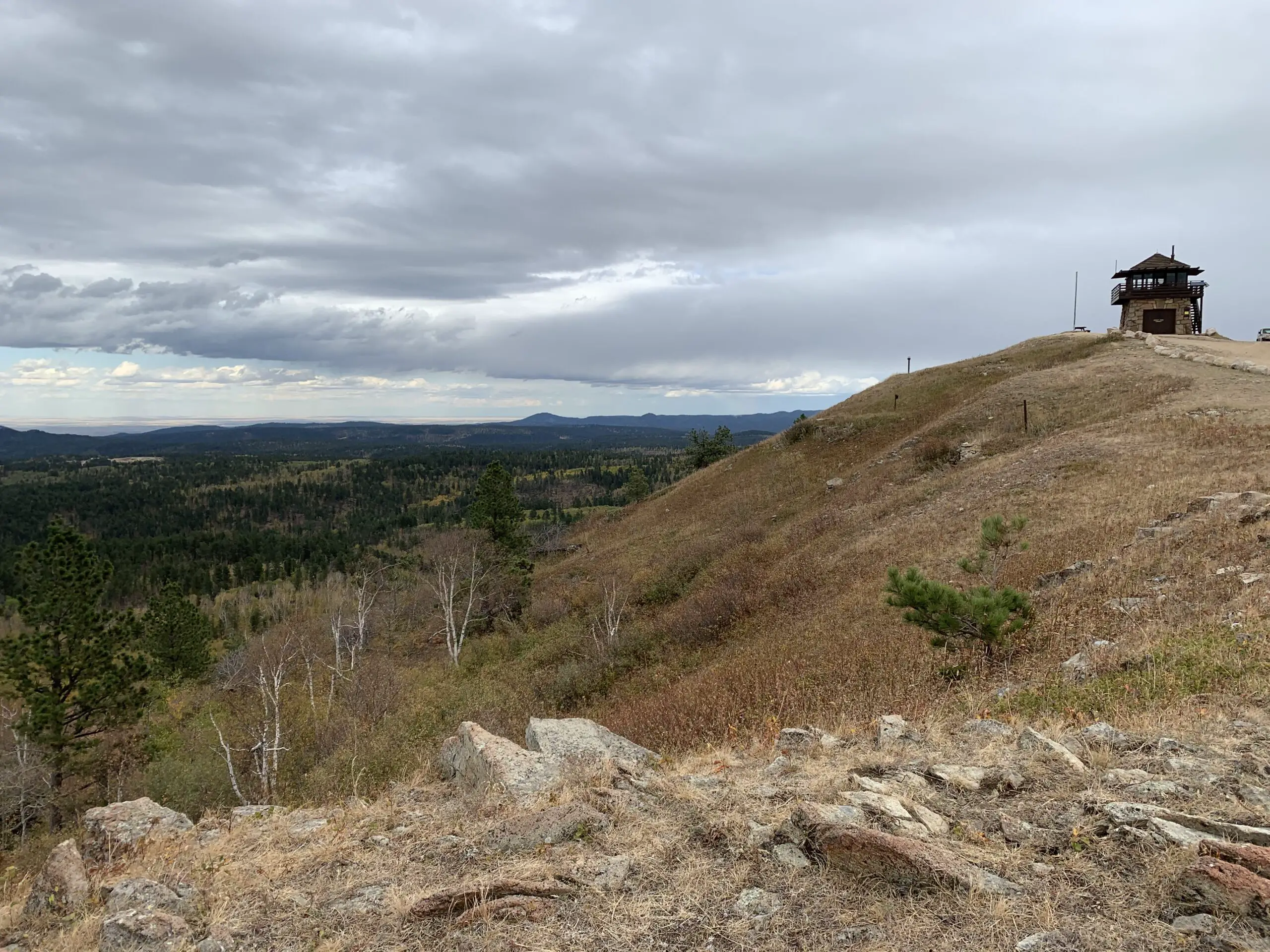
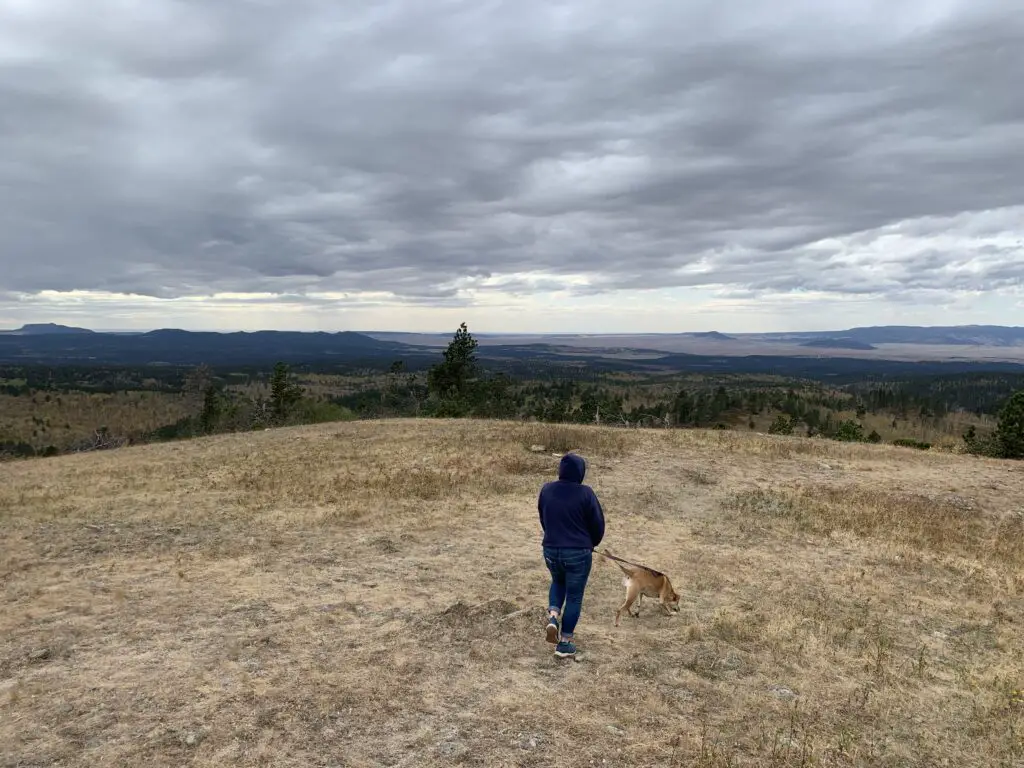
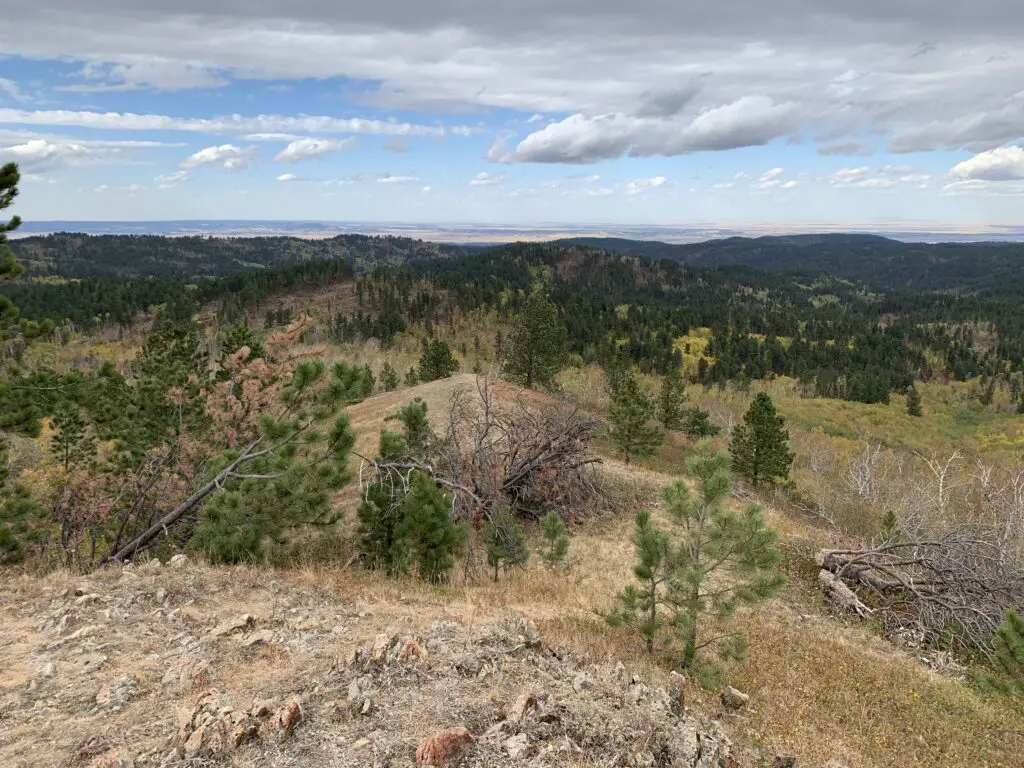
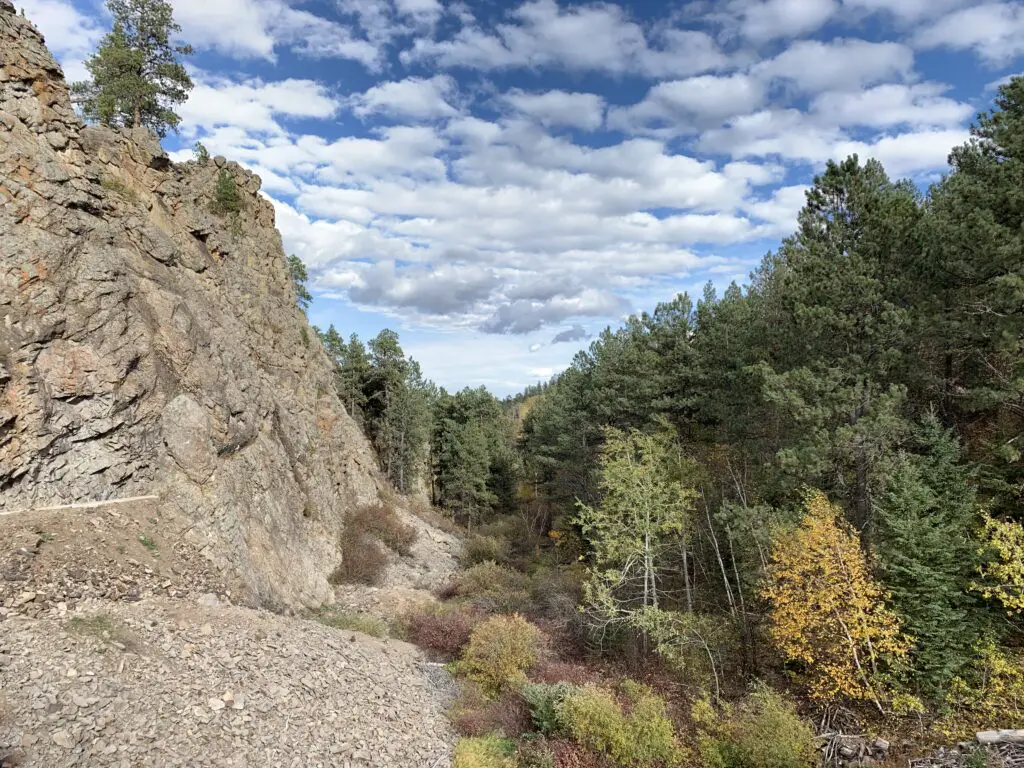
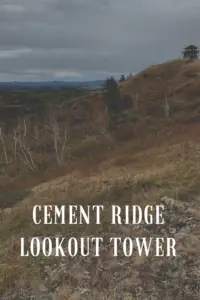
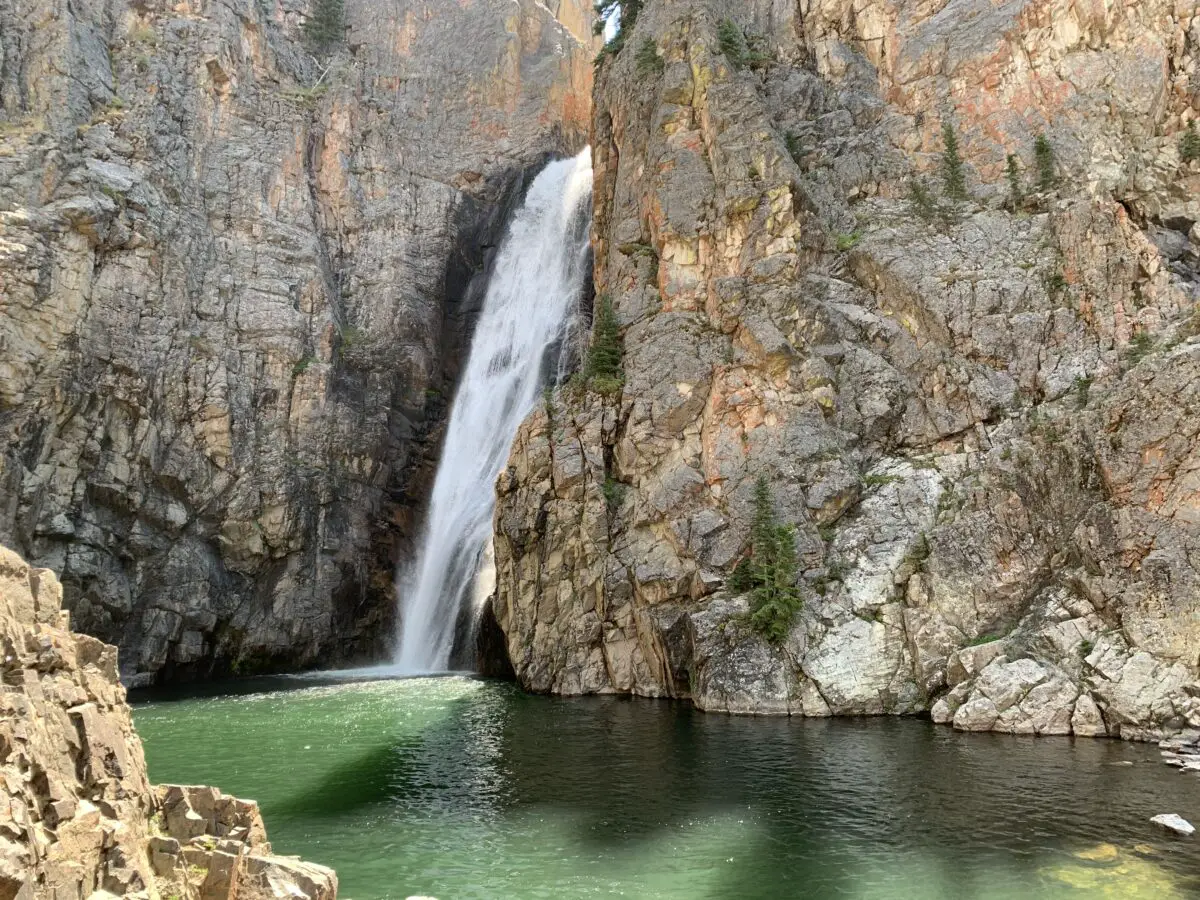
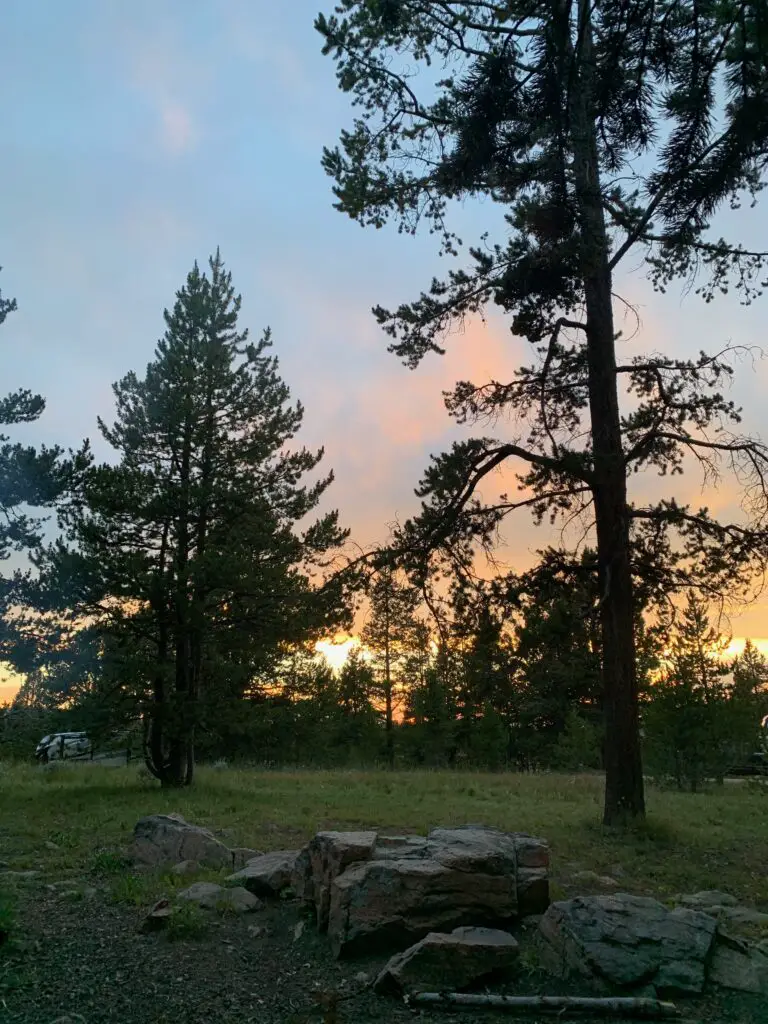
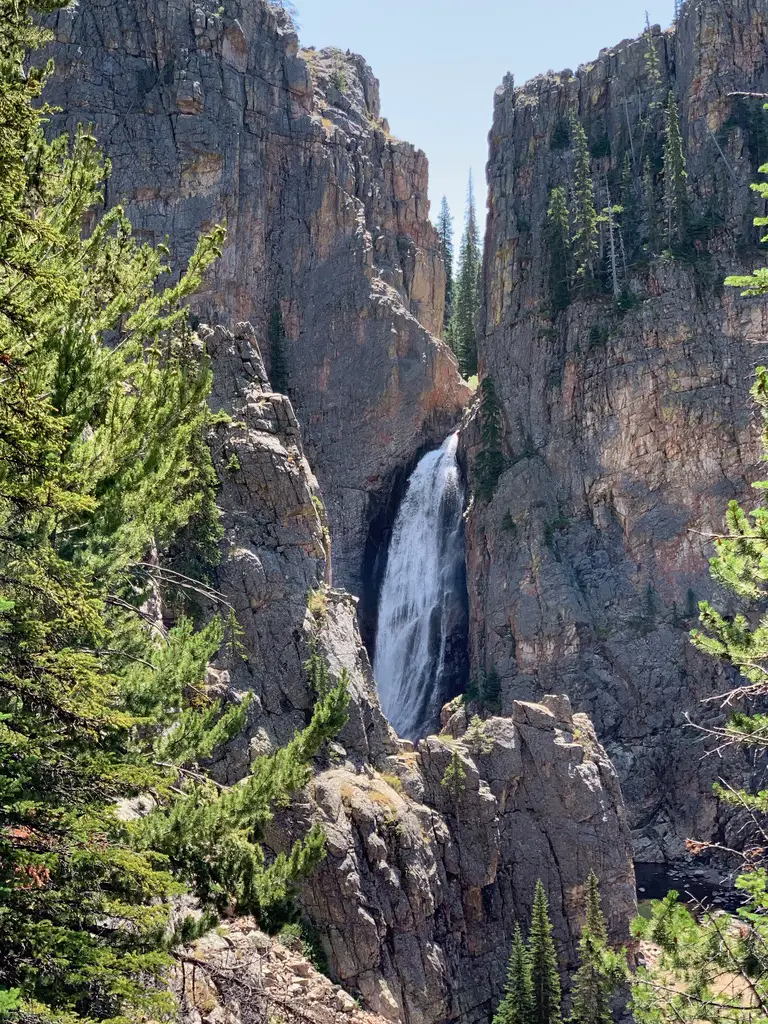
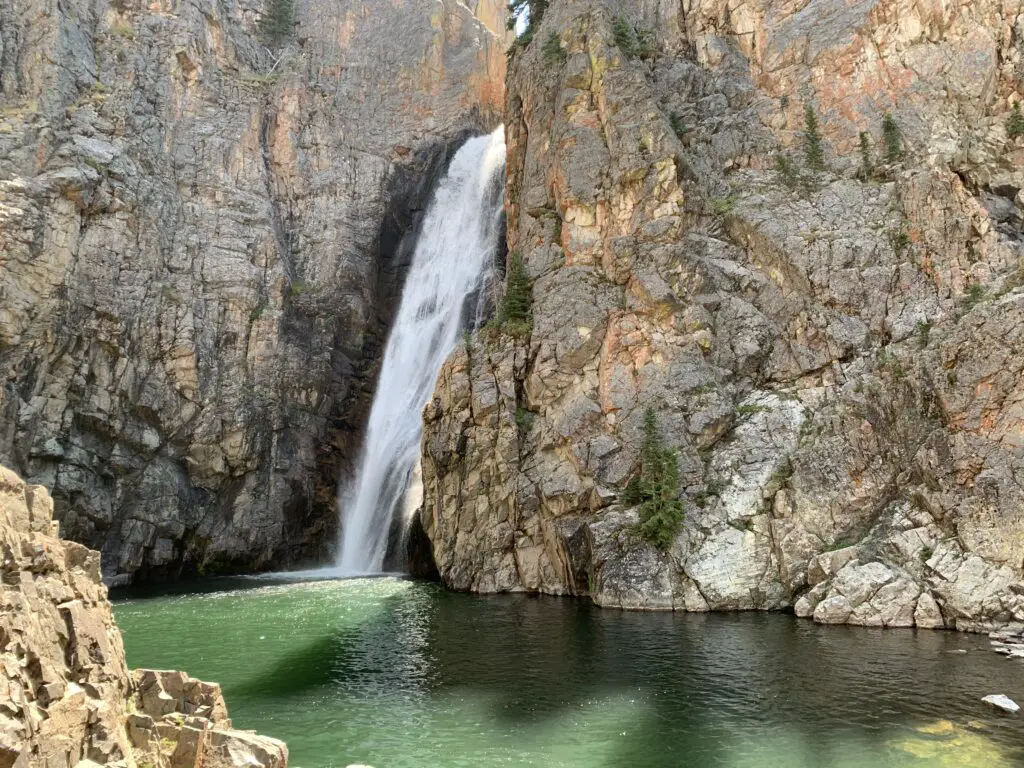
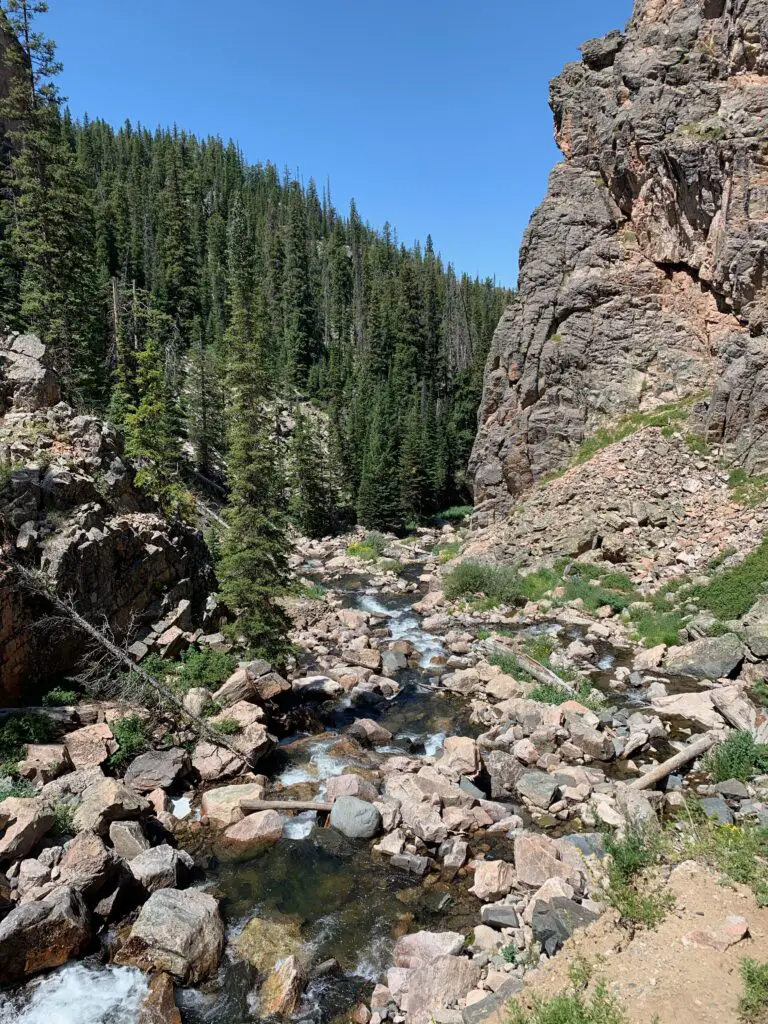
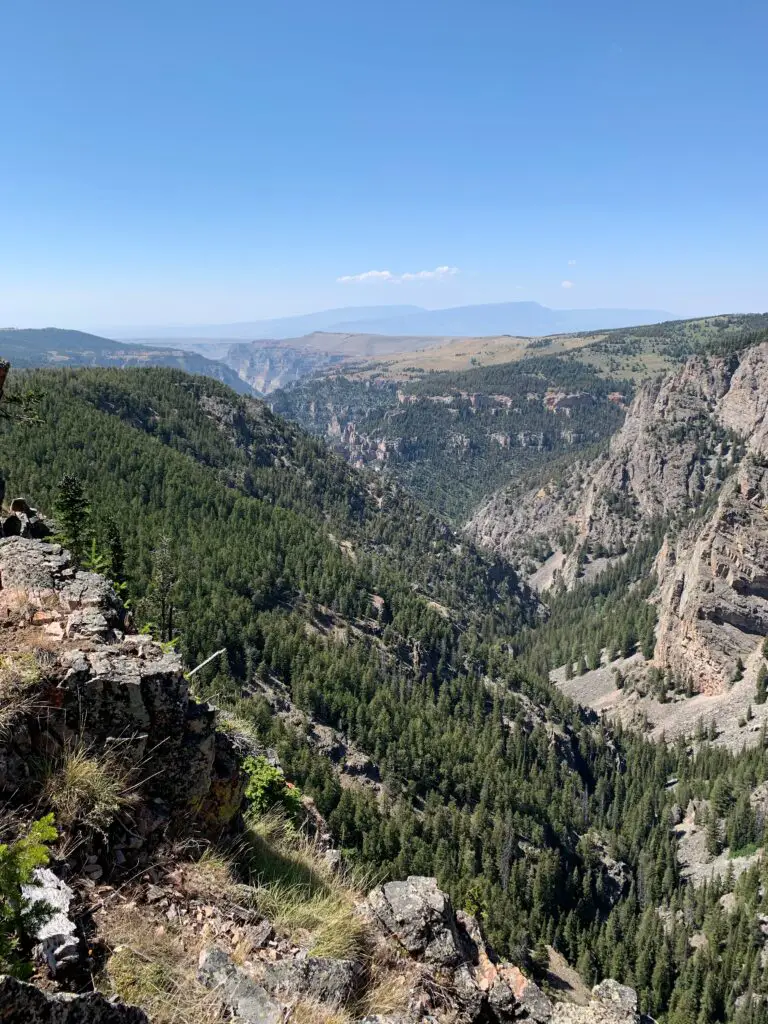
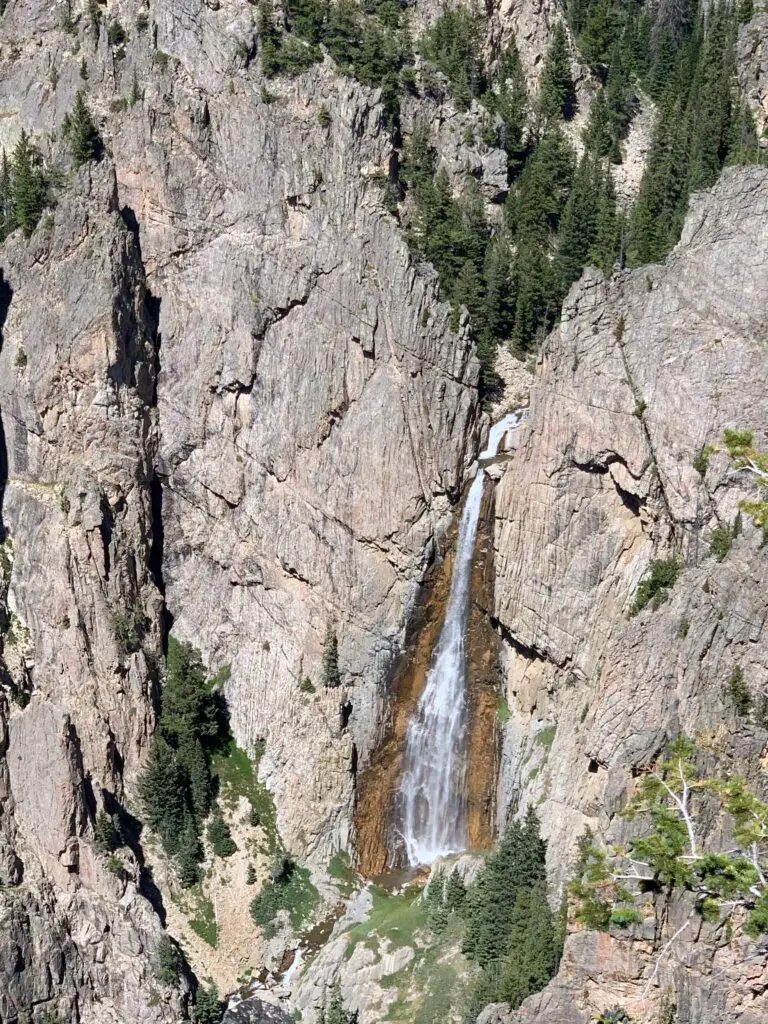
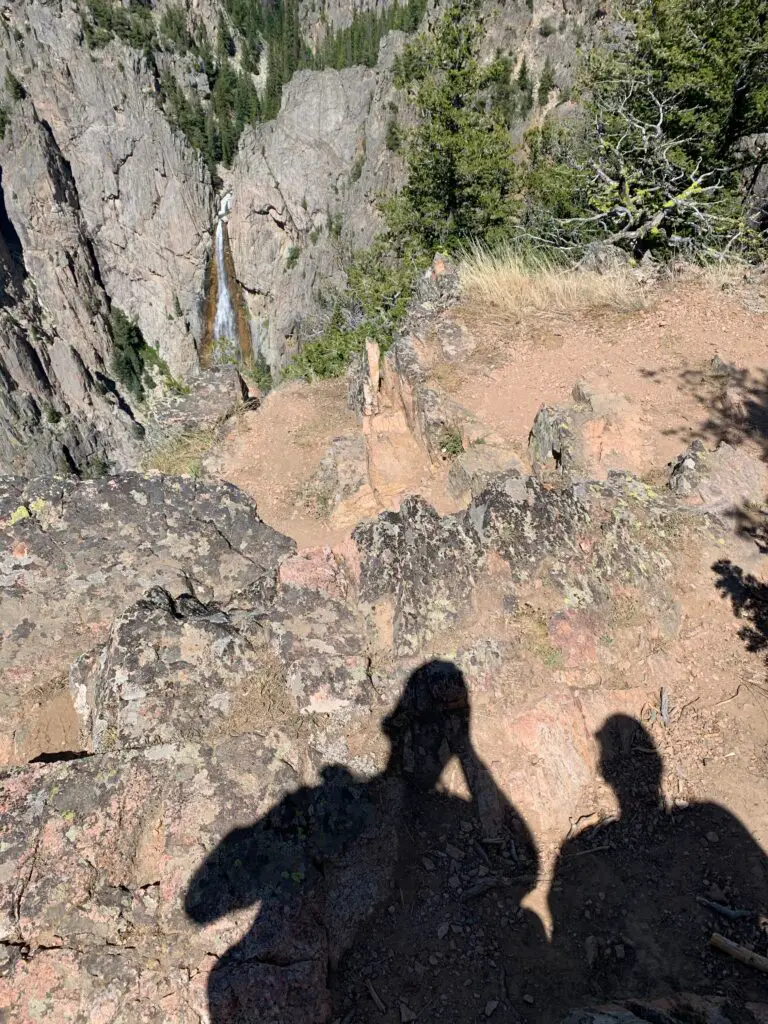
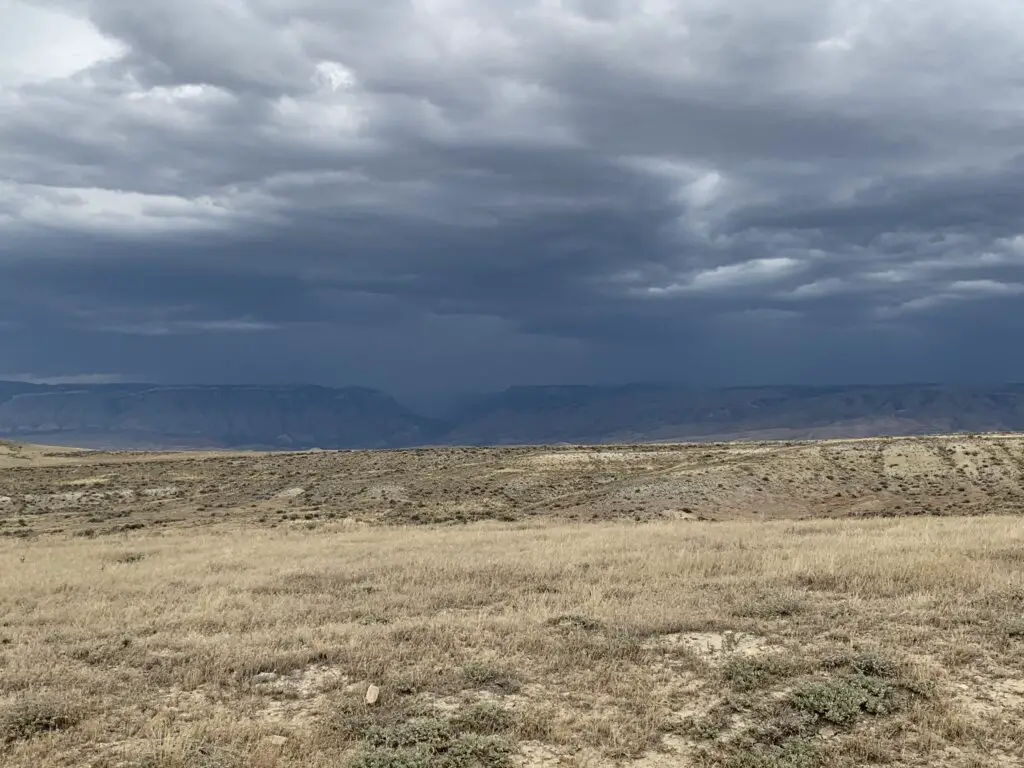
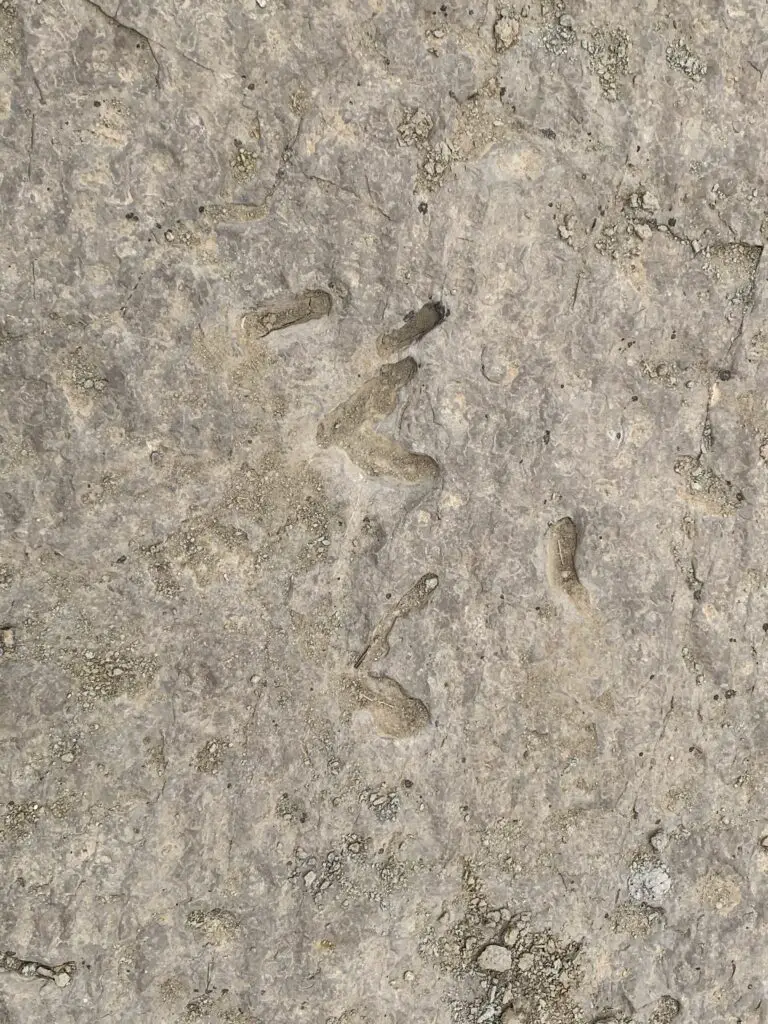
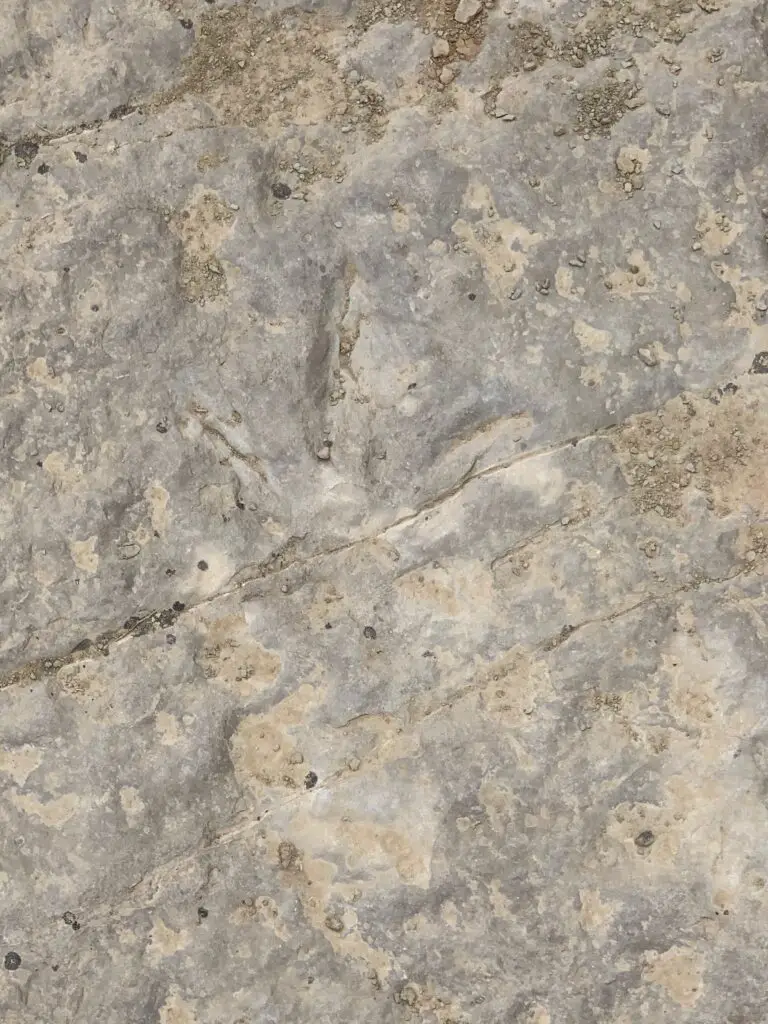
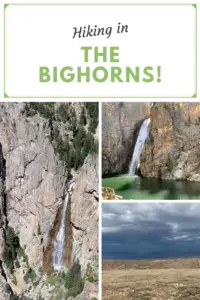
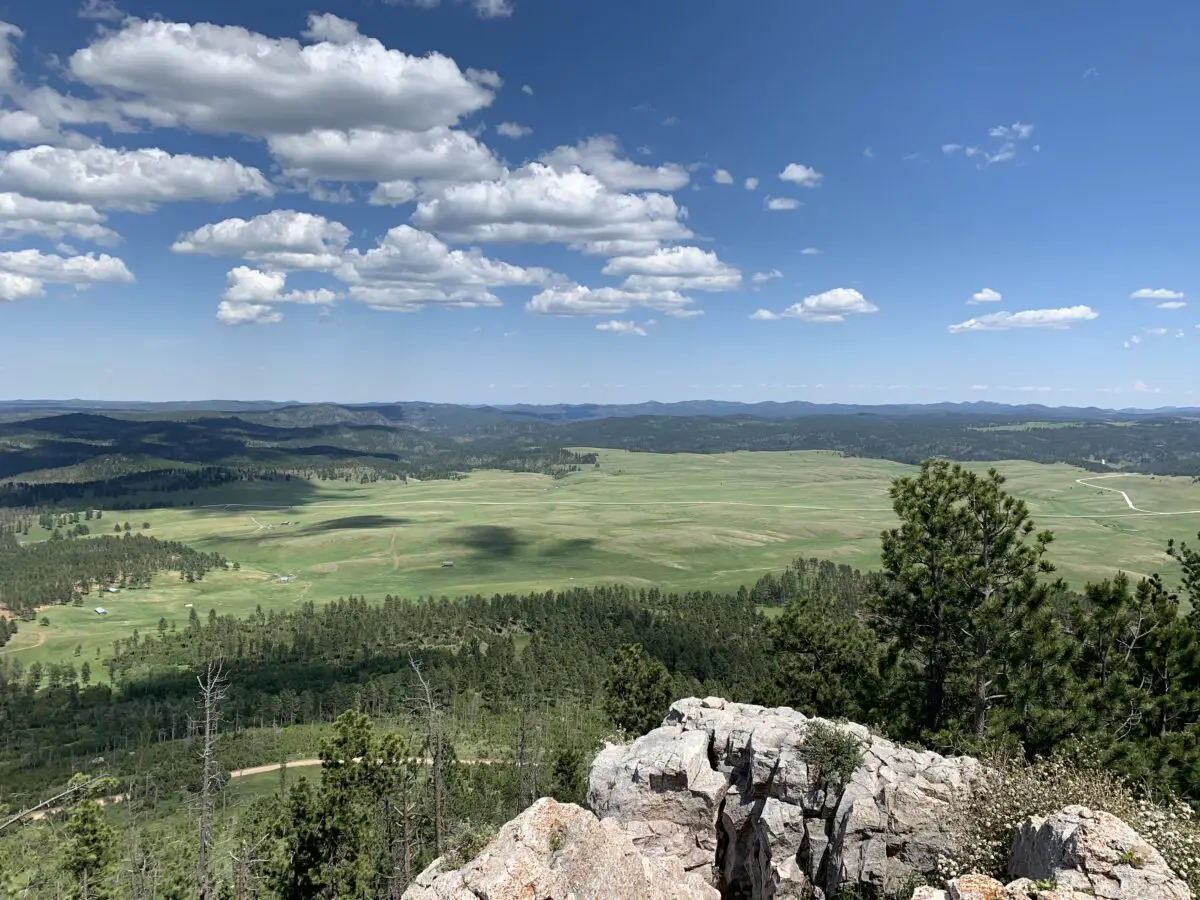
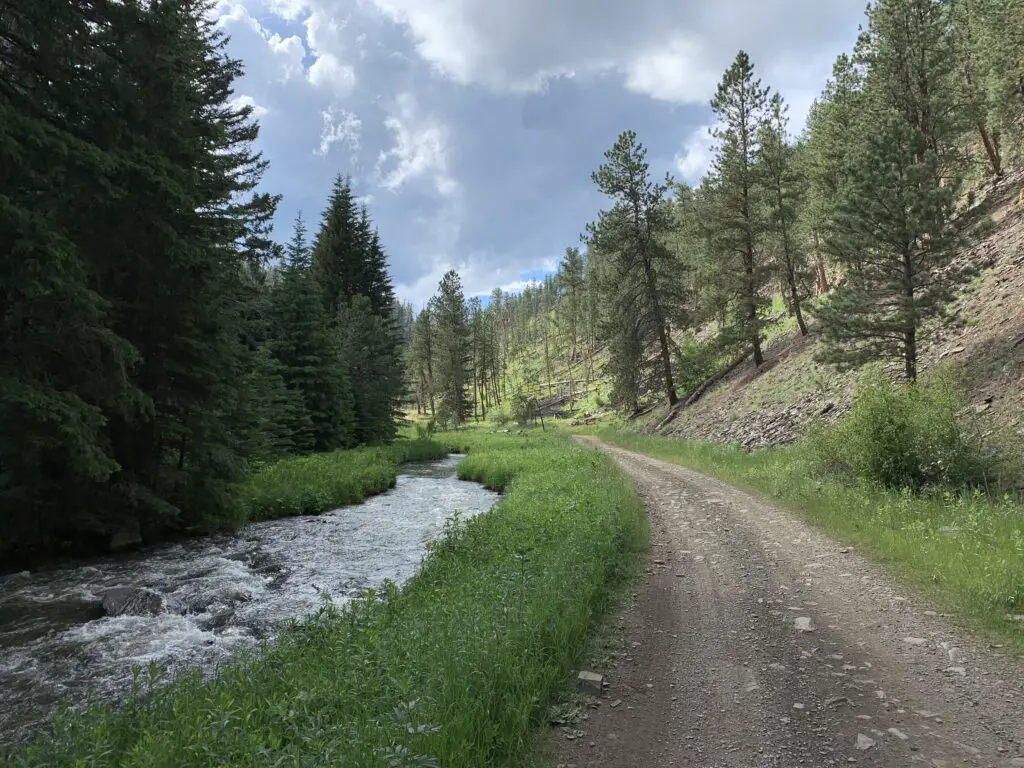
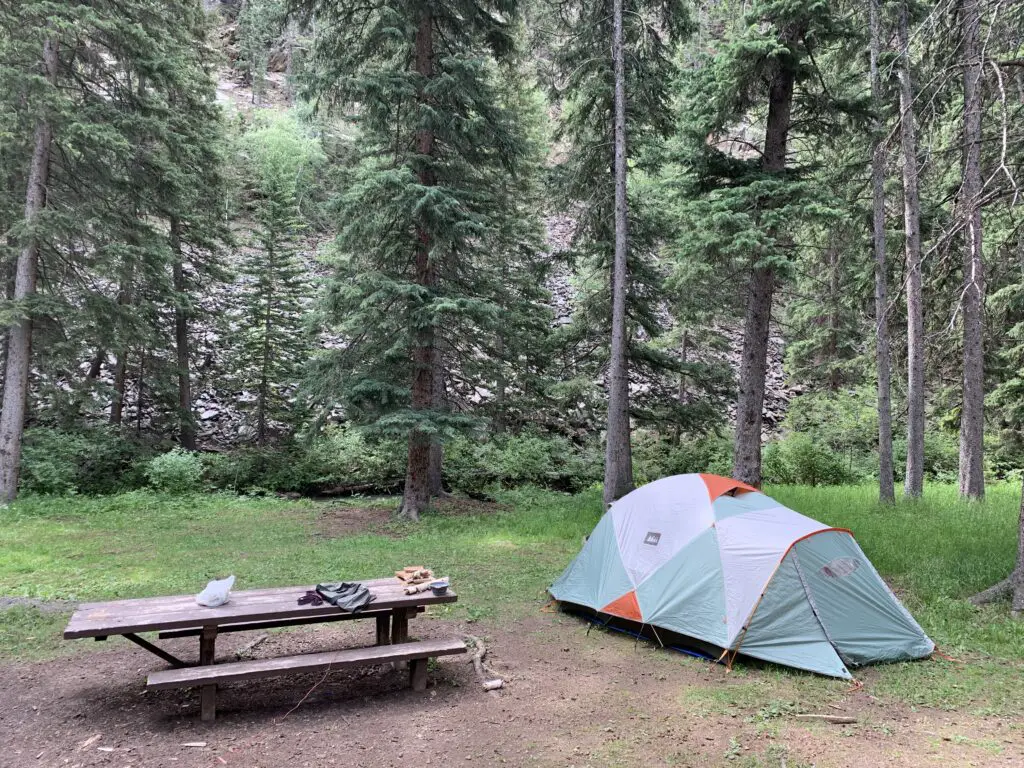
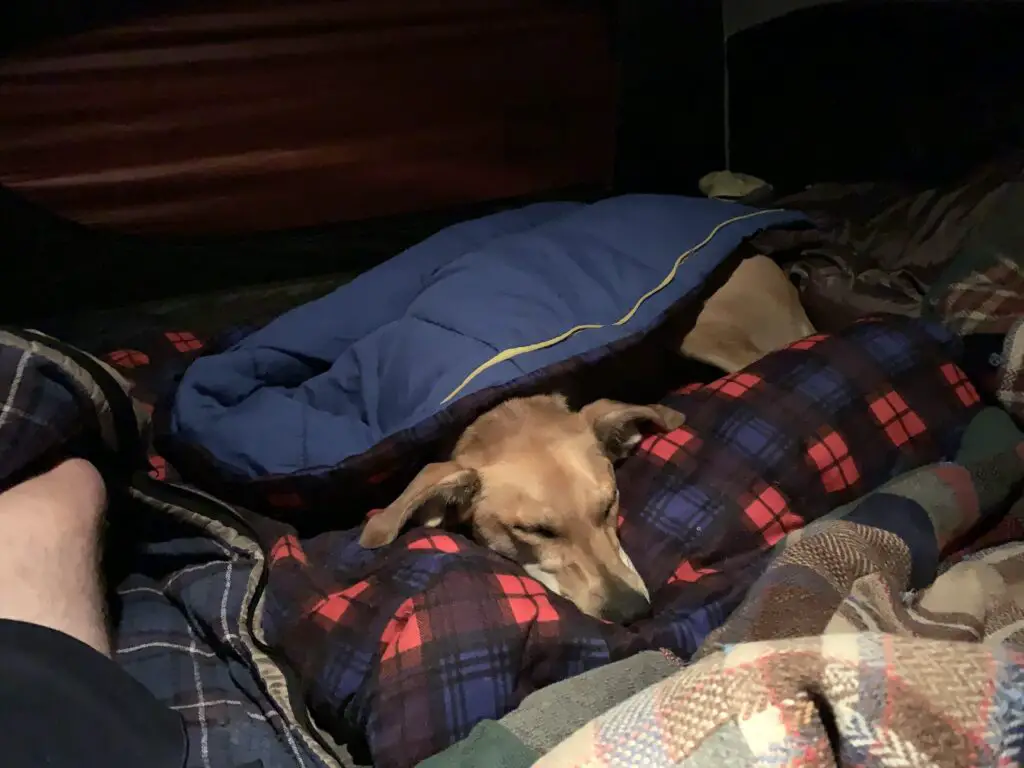
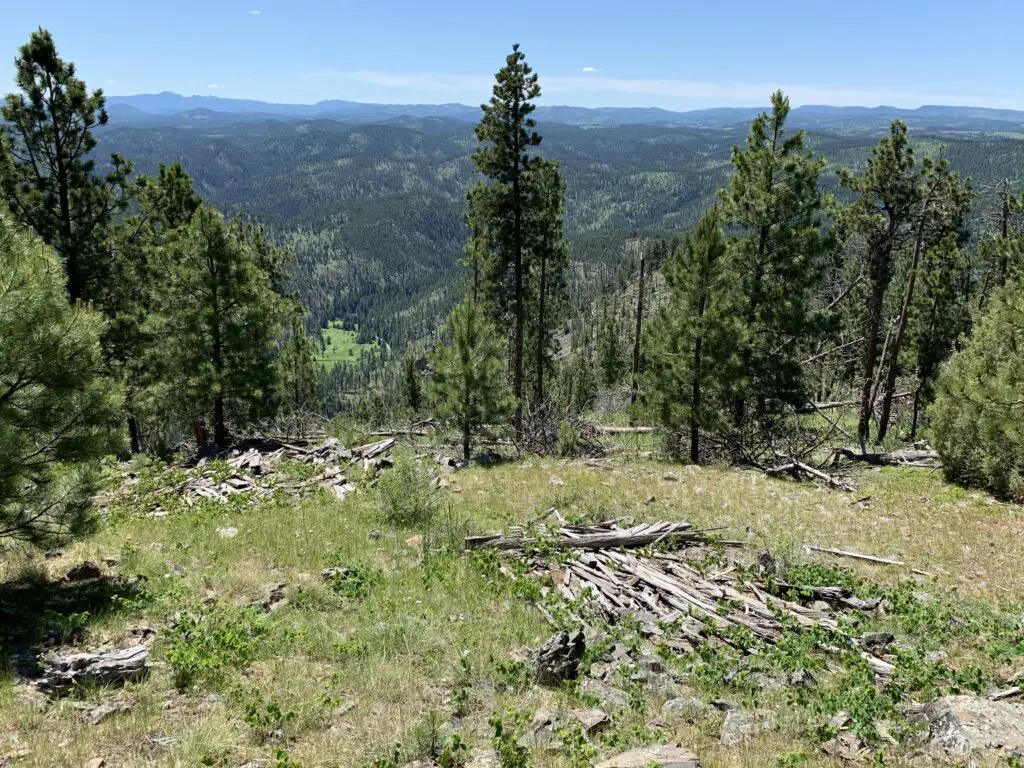
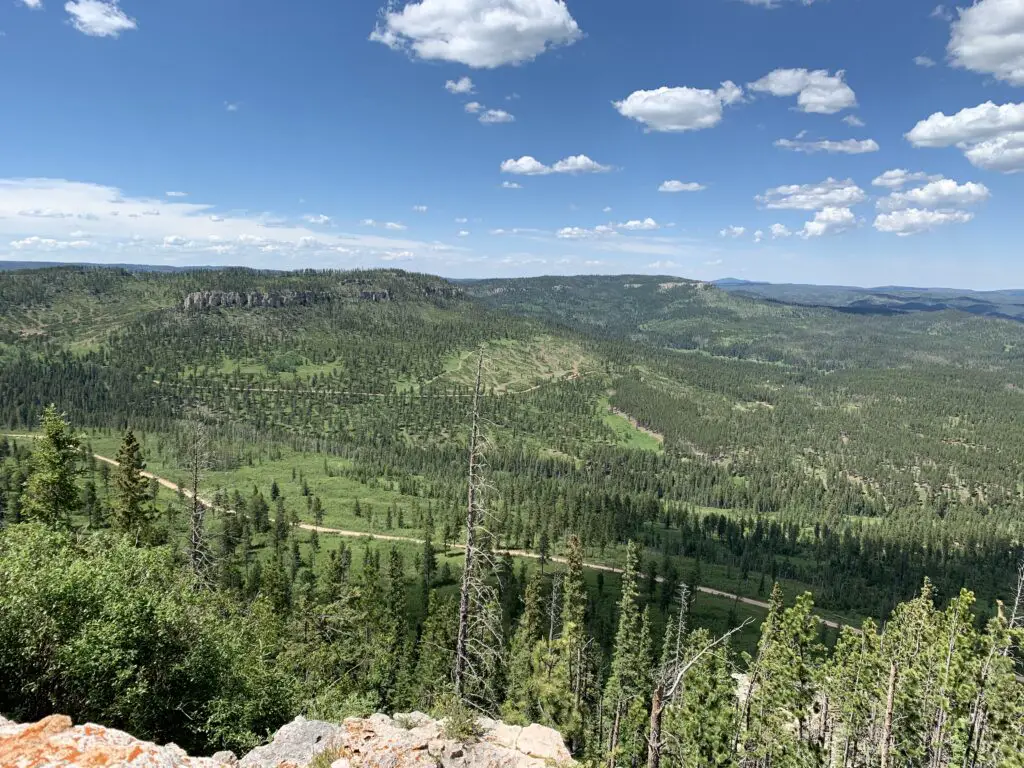
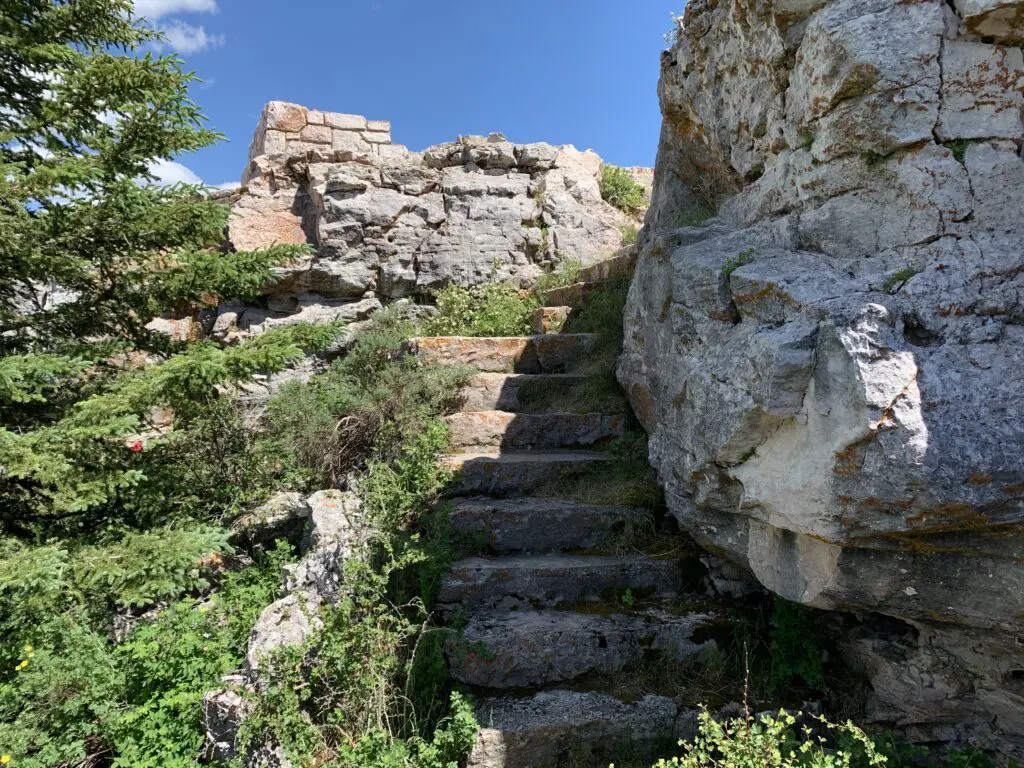
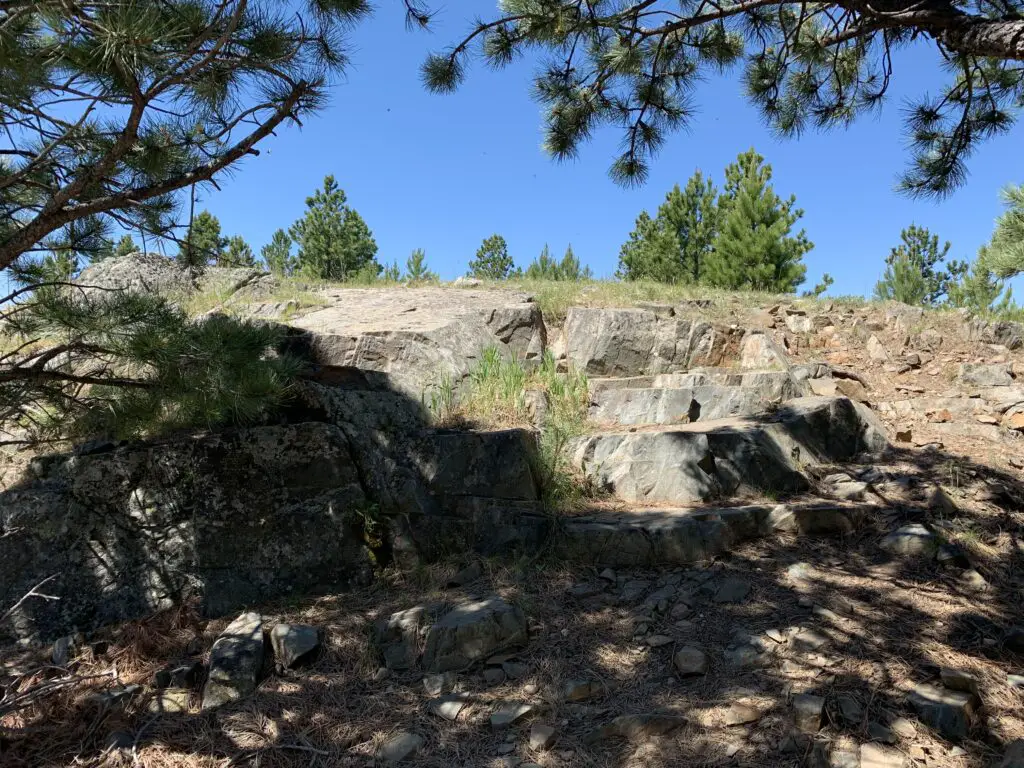
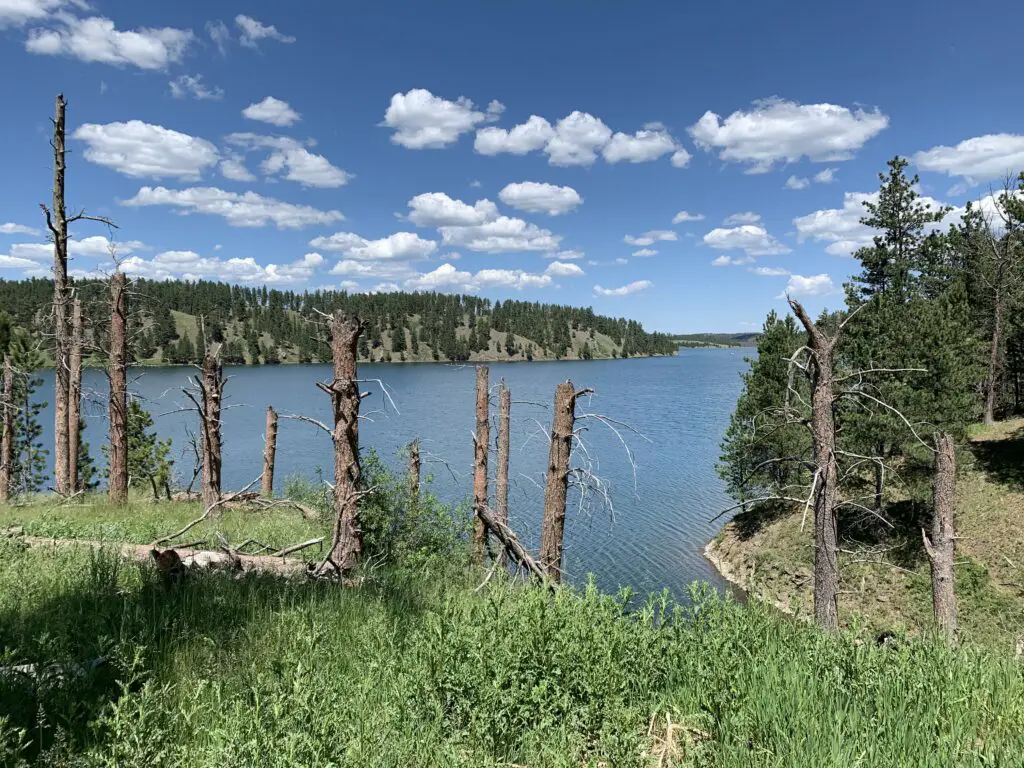
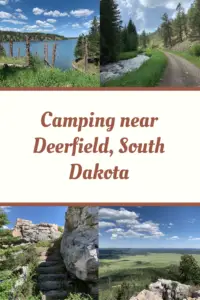
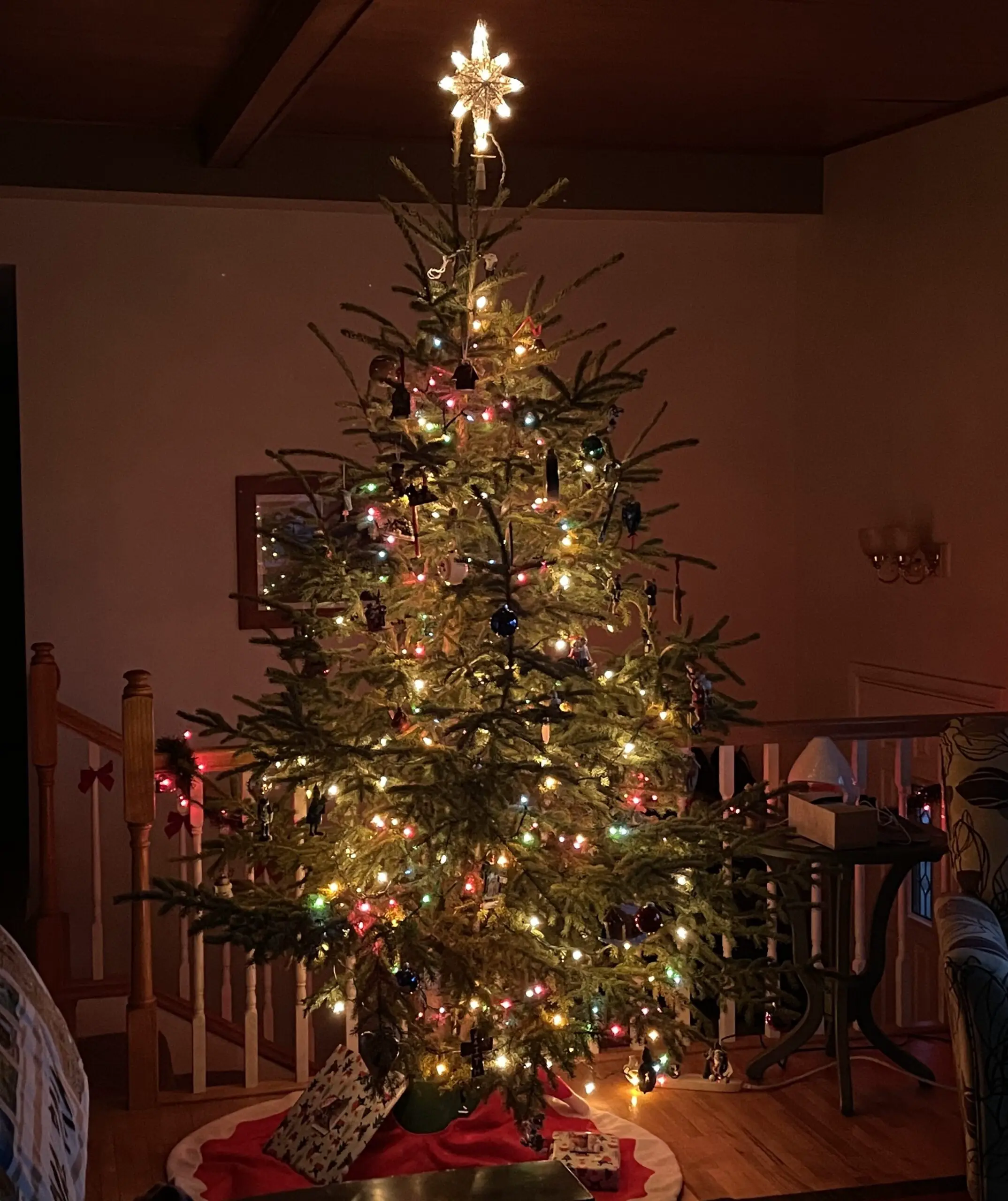
 )
)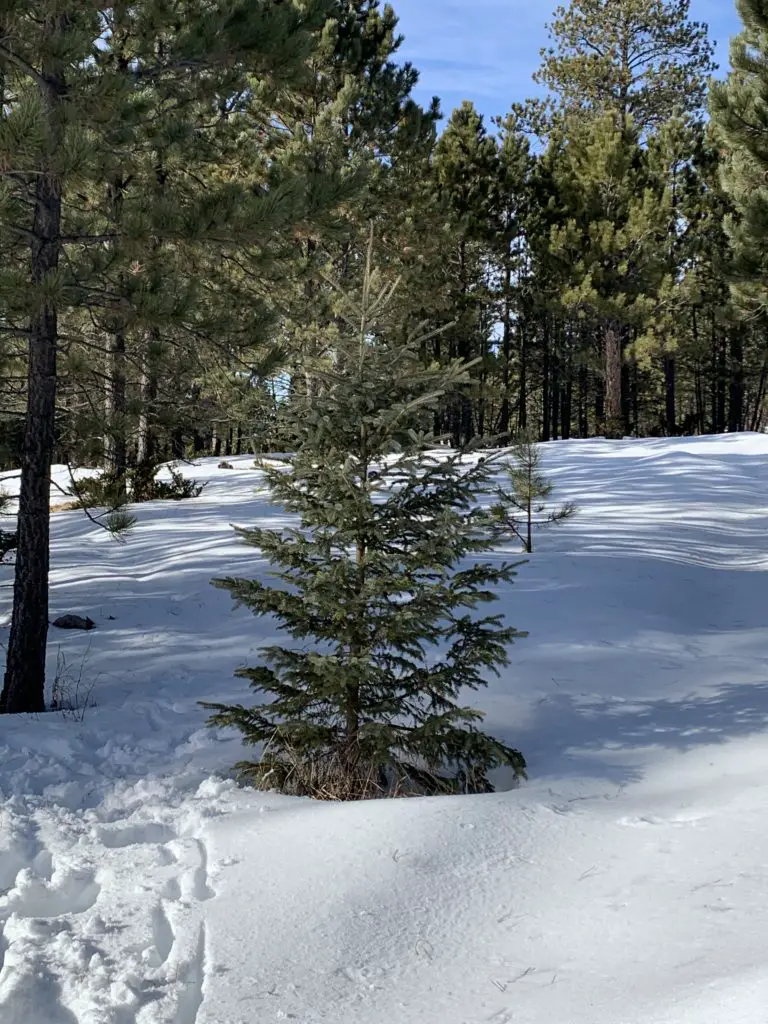
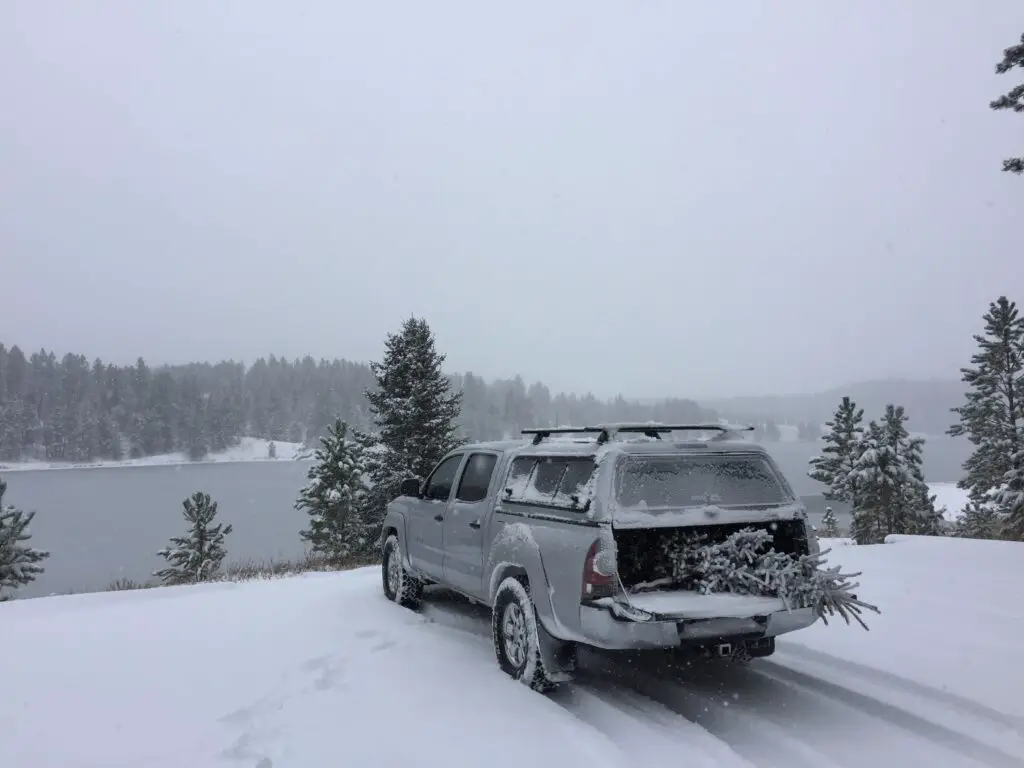
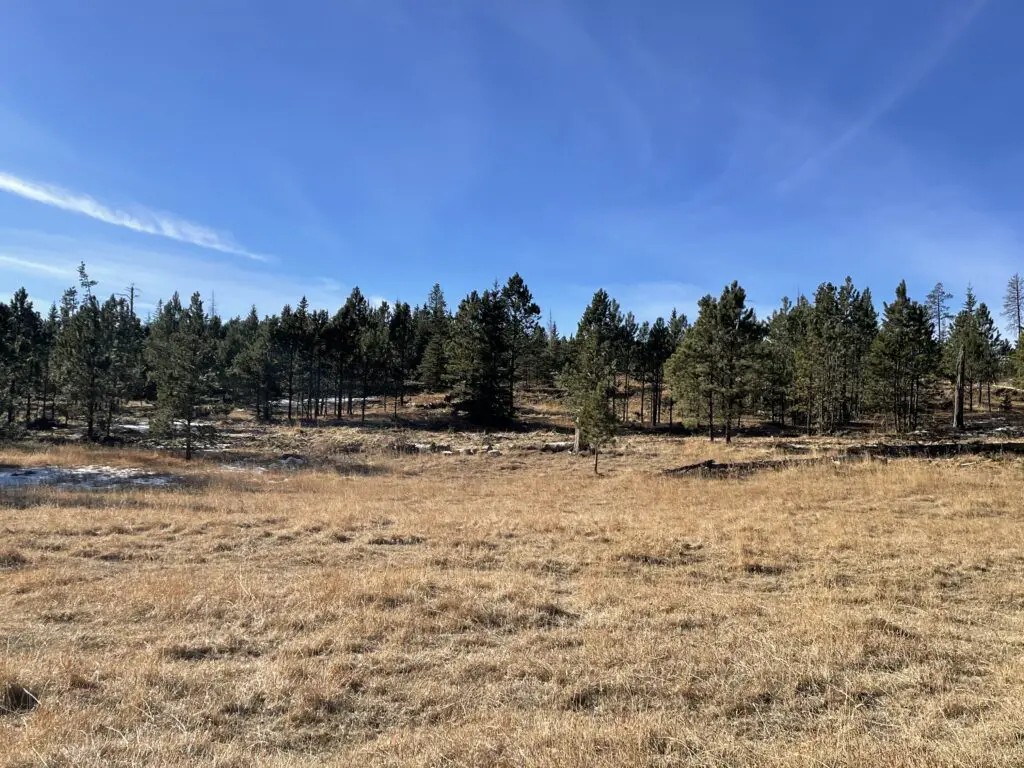
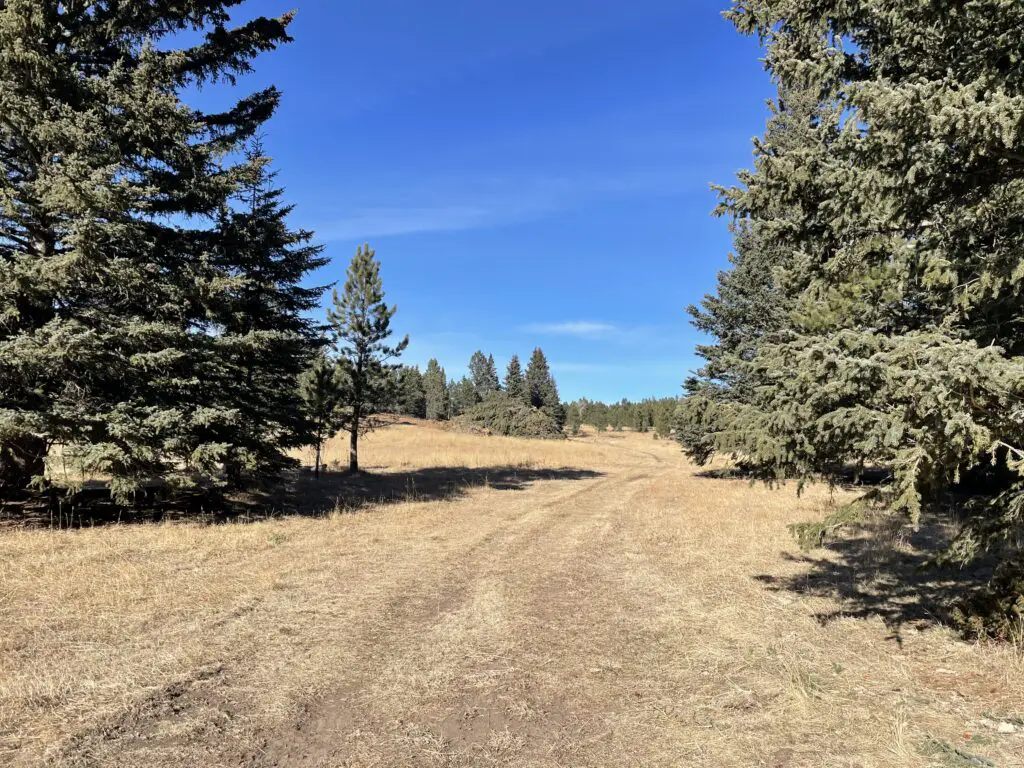
 –we always bring extra clothing in case we get stuck out for a lengthy period of time or need to hike out to call for help. We also have bug-out plans if the conditions prove worse than we had anticipated. Click
–we always bring extra clothing in case we get stuck out for a lengthy period of time or need to hike out to call for help. We also have bug-out plans if the conditions prove worse than we had anticipated. Click 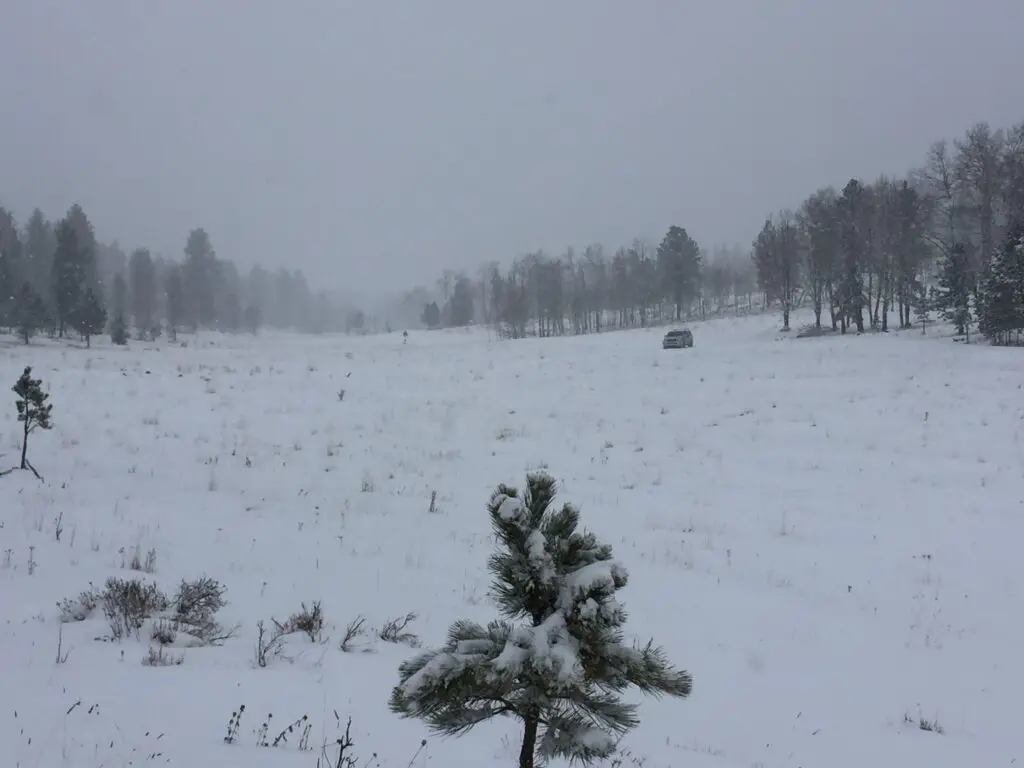
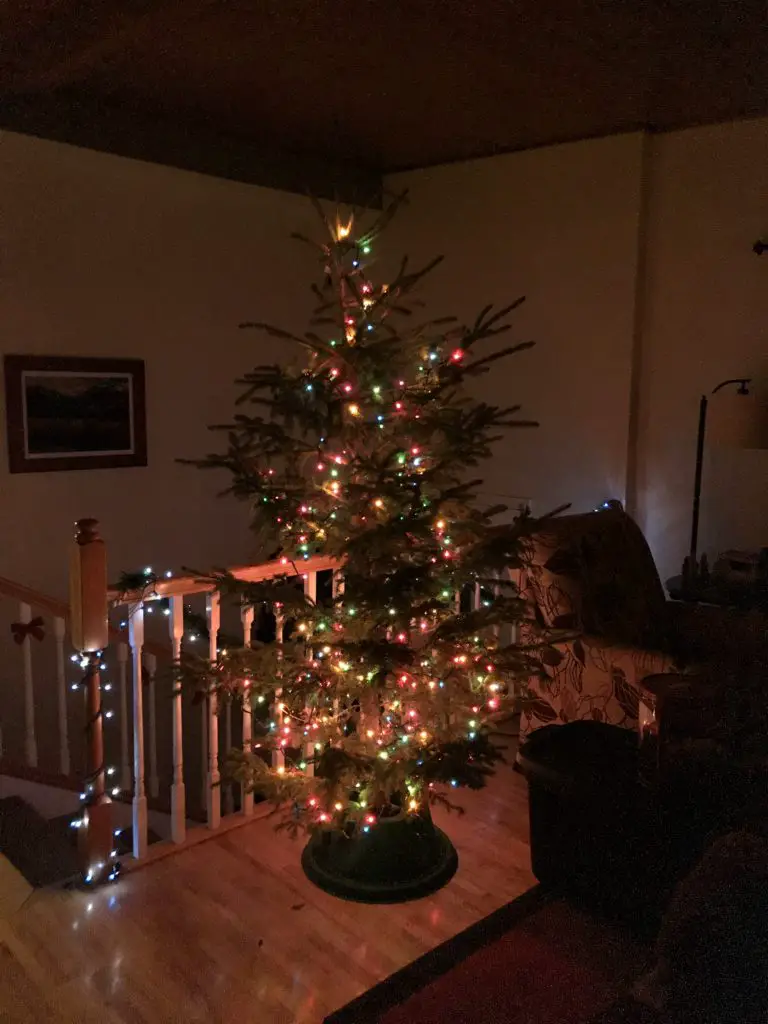
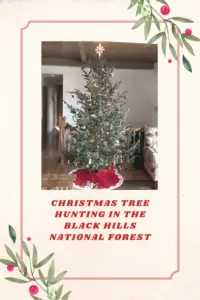
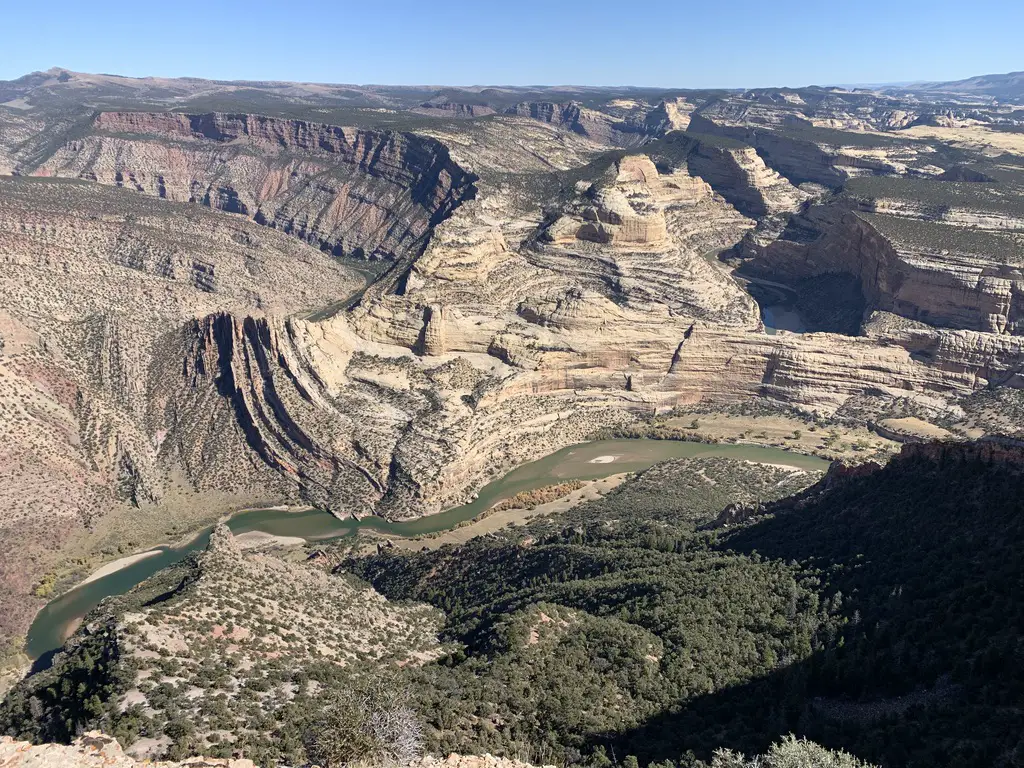
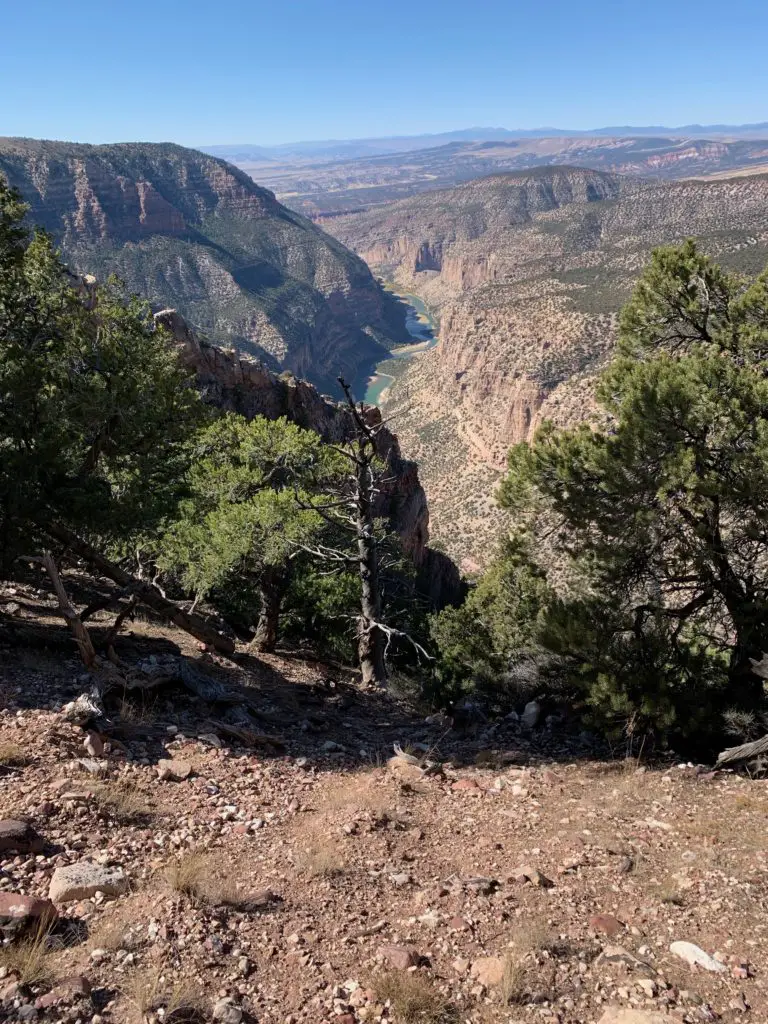
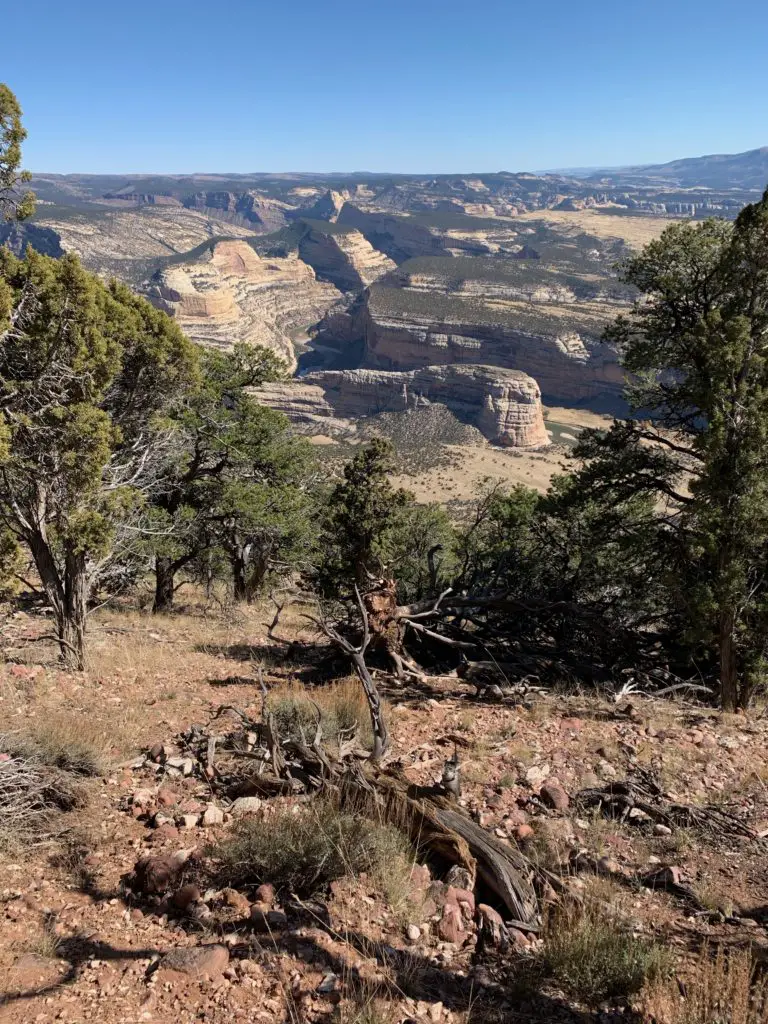
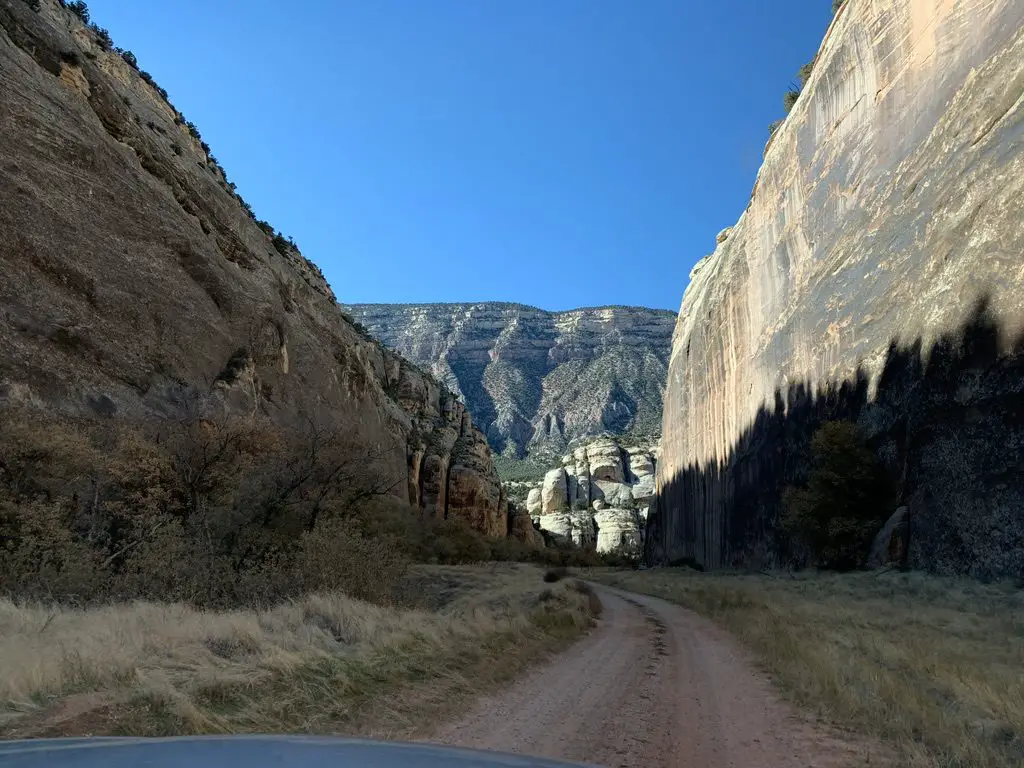
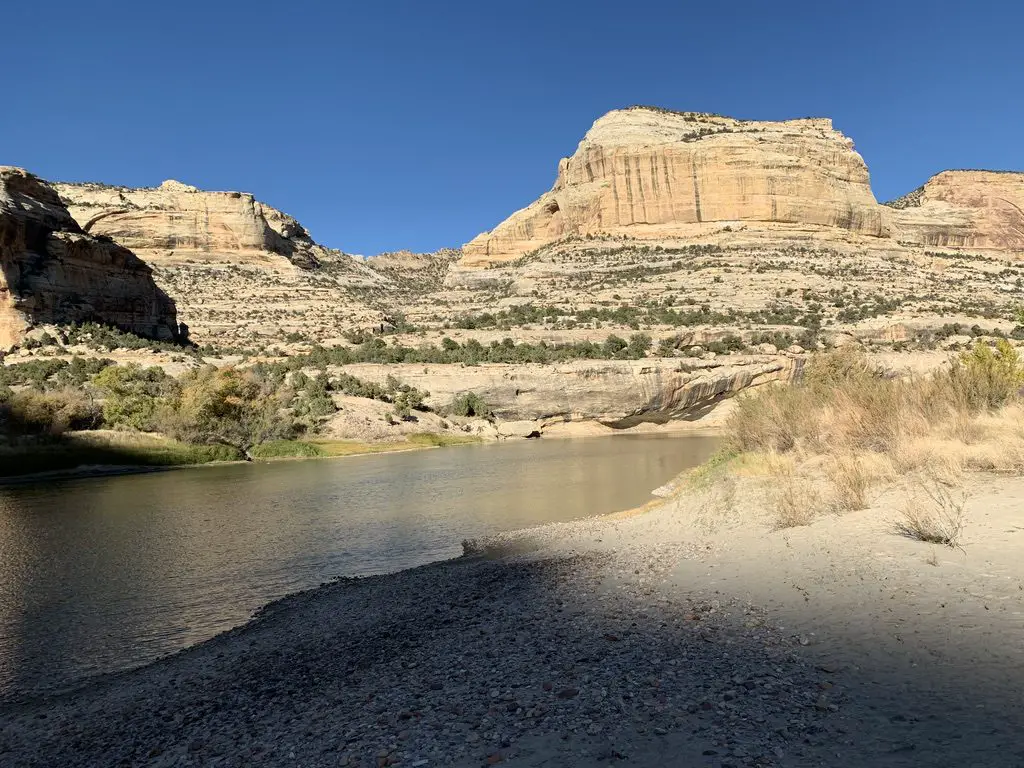
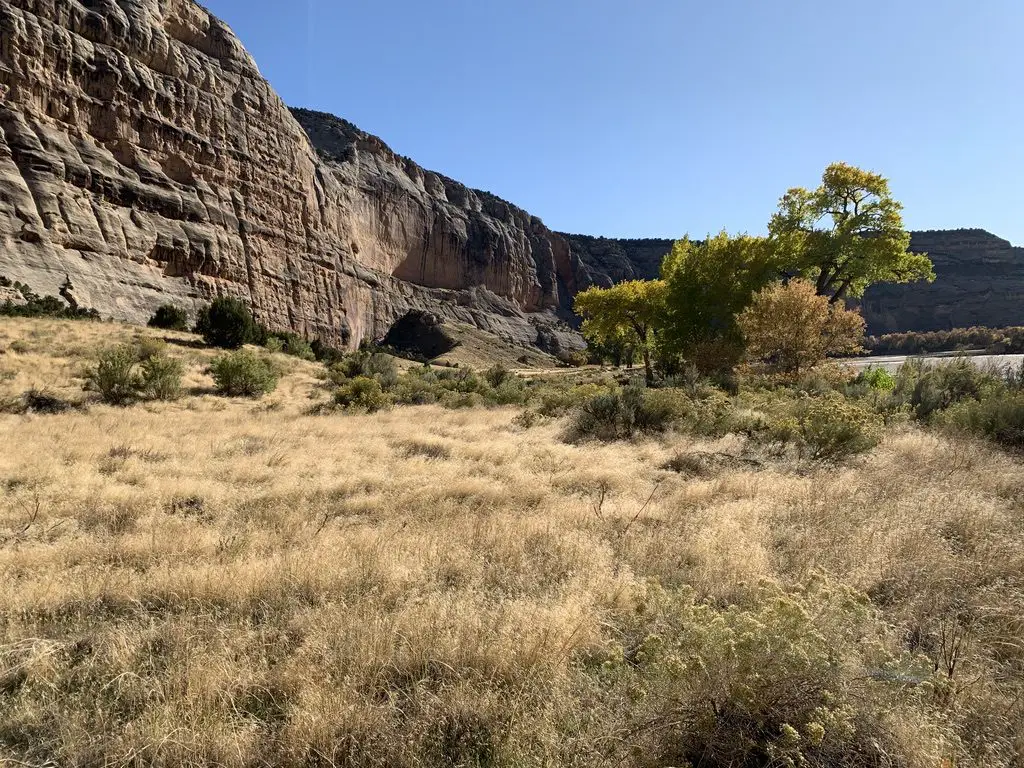
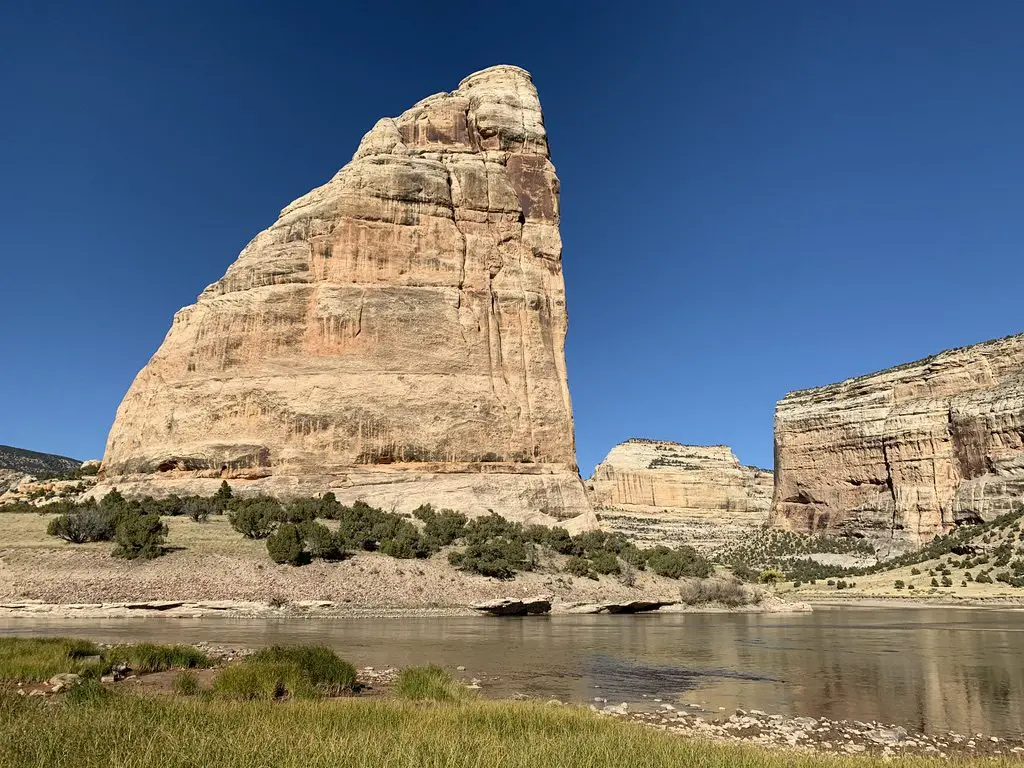
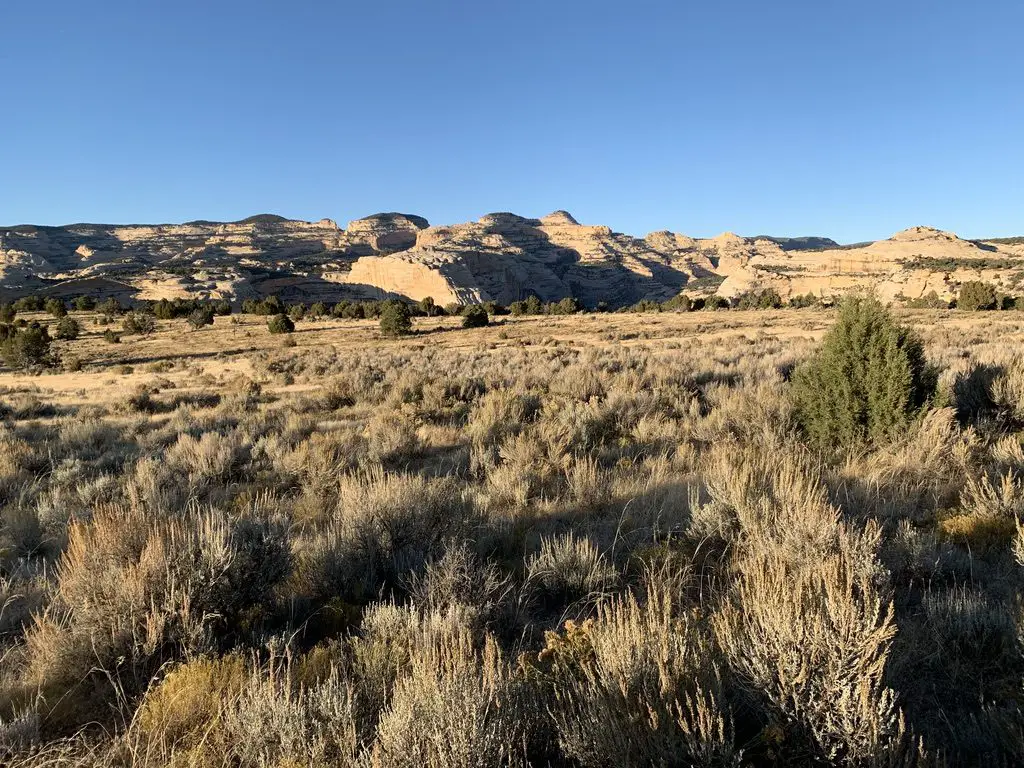
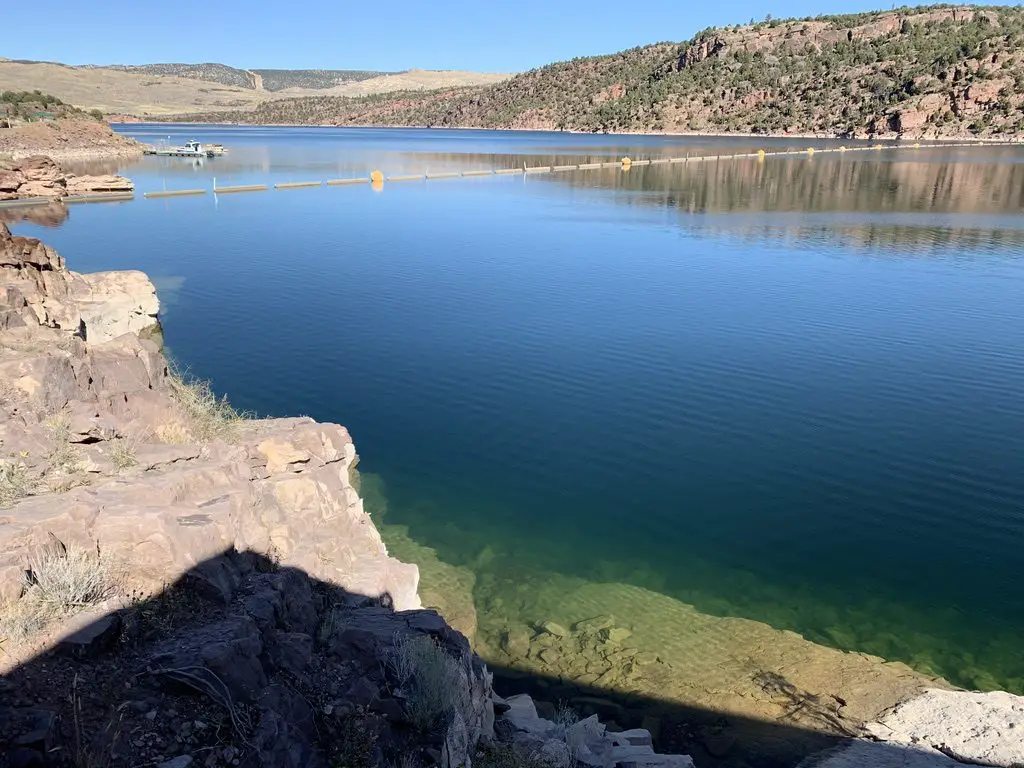
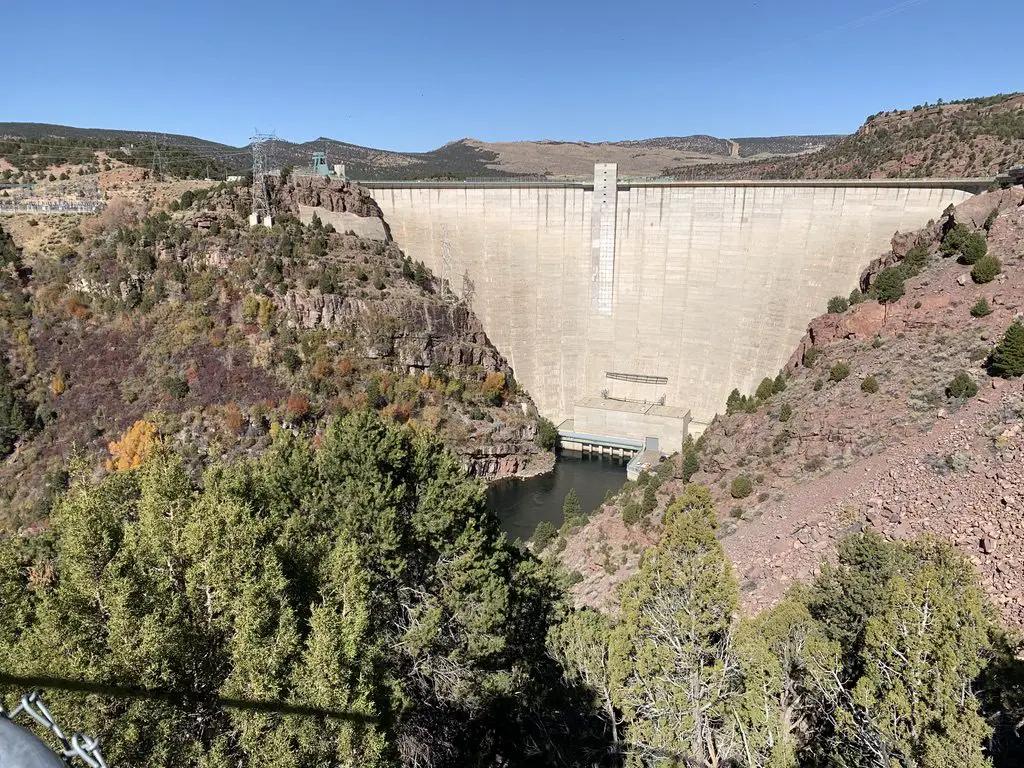
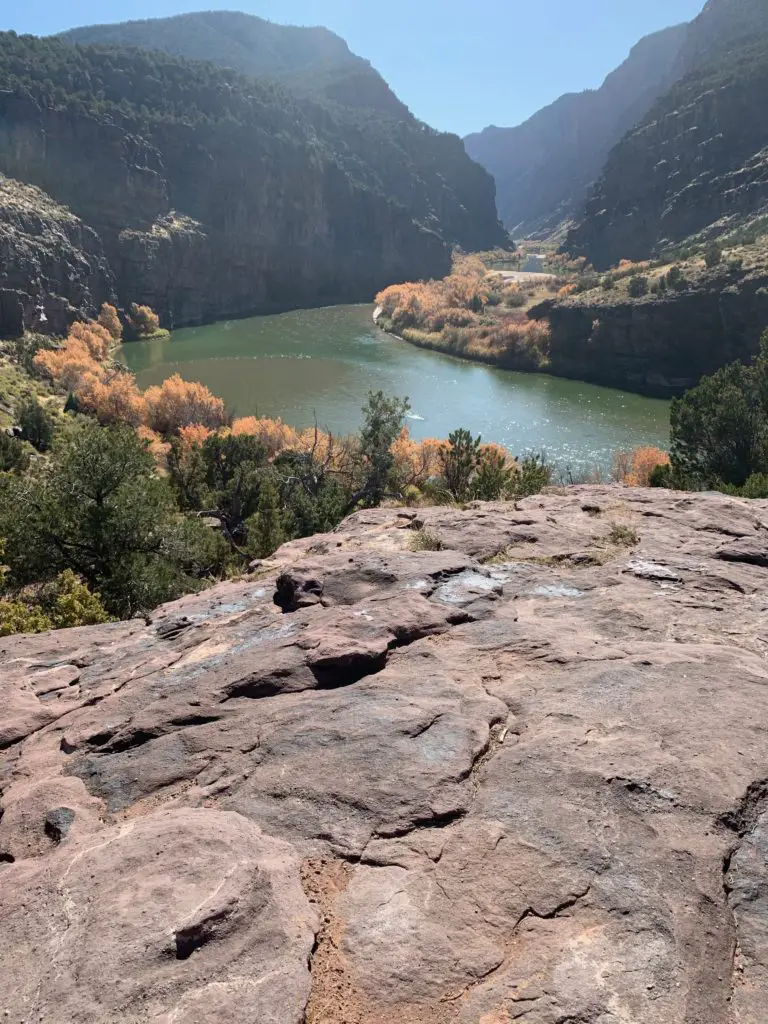
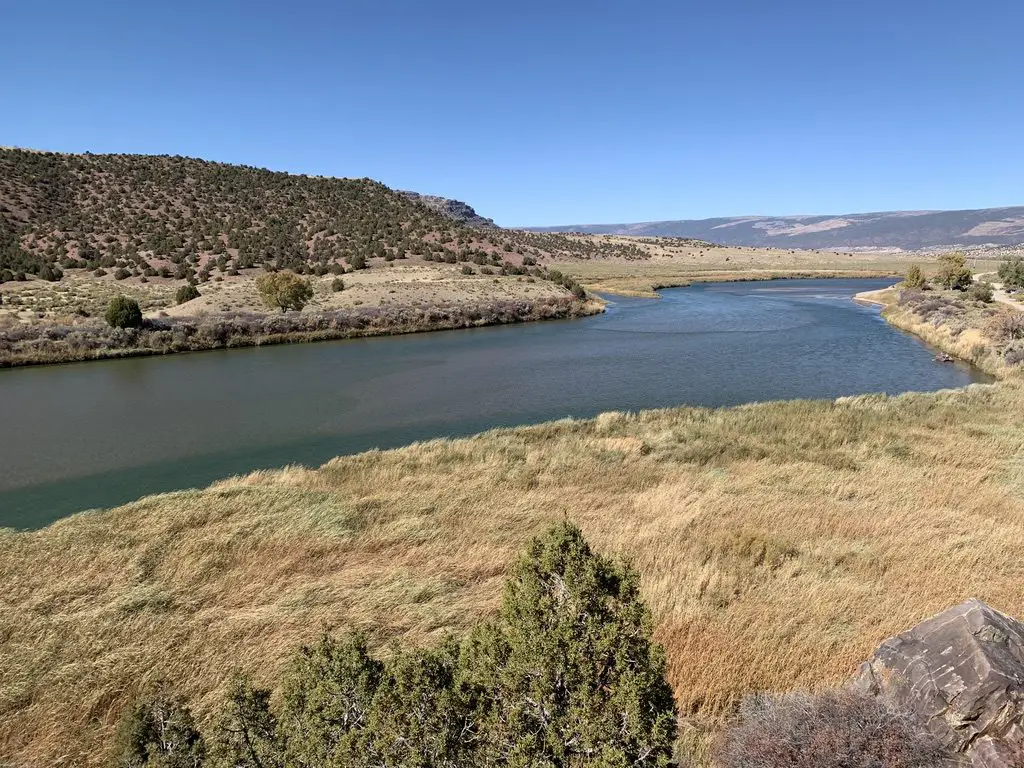
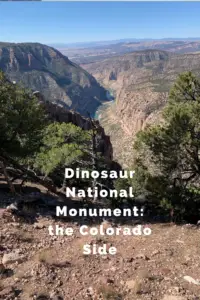
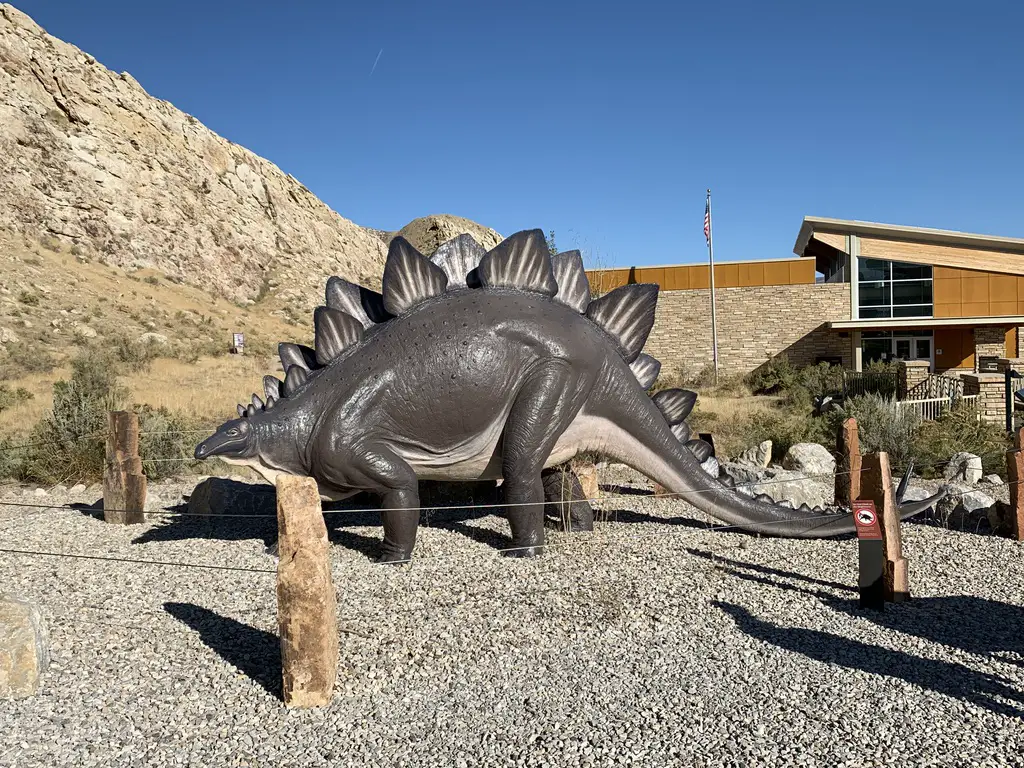
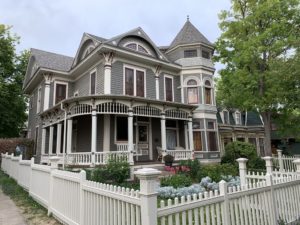
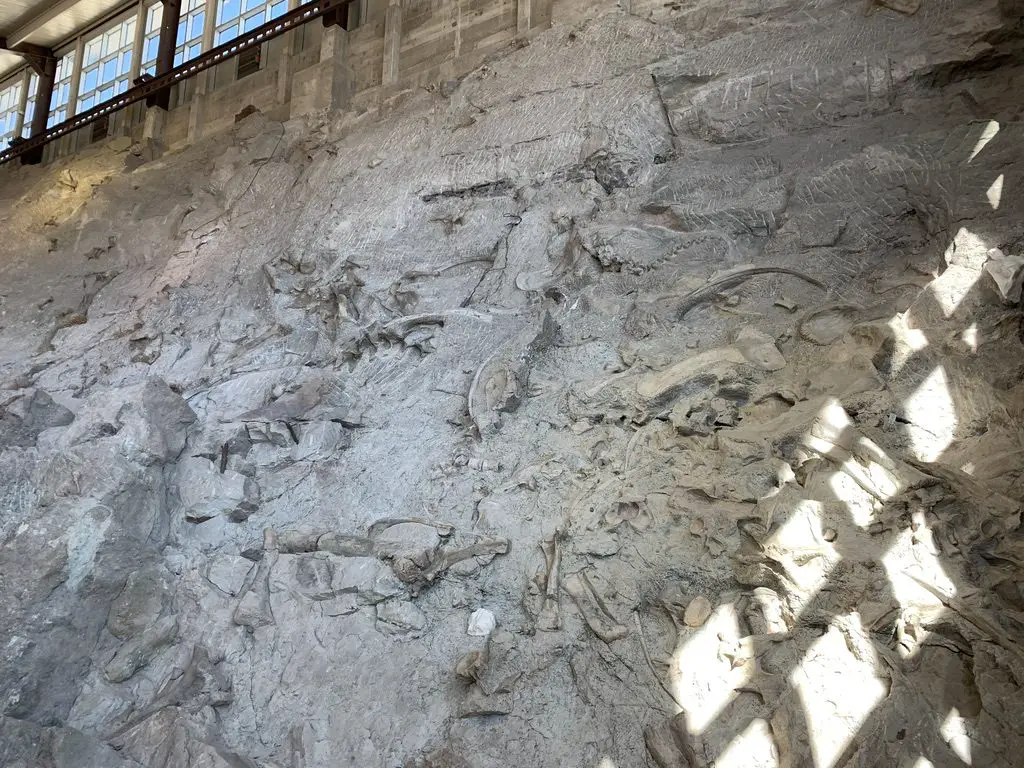
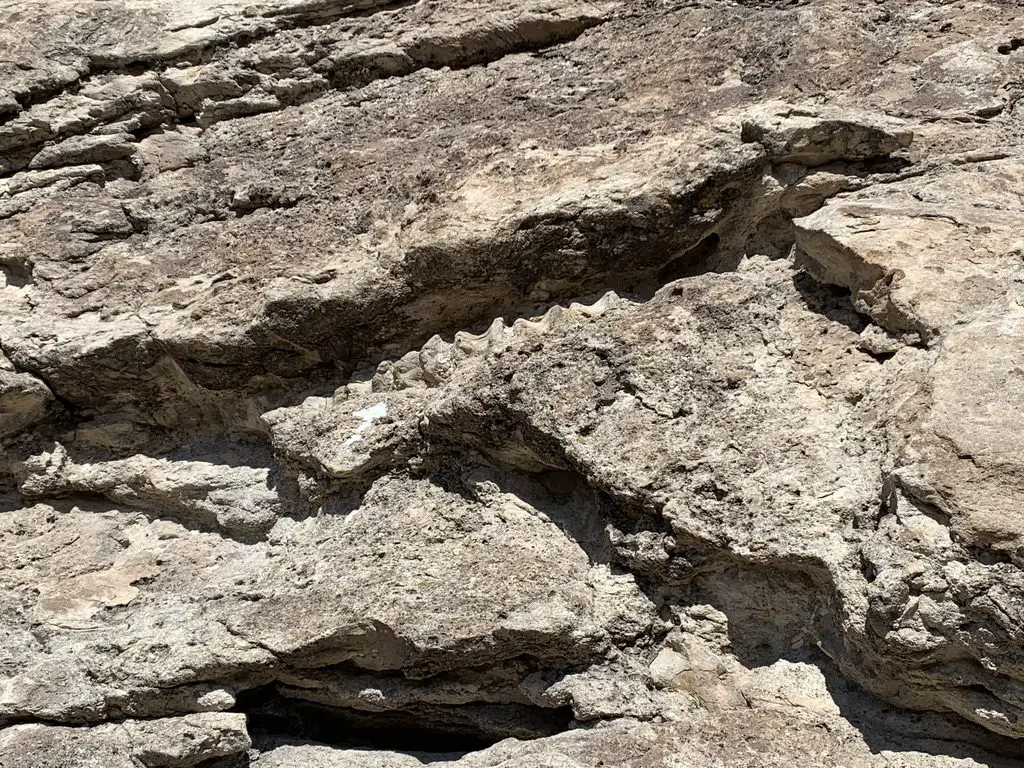
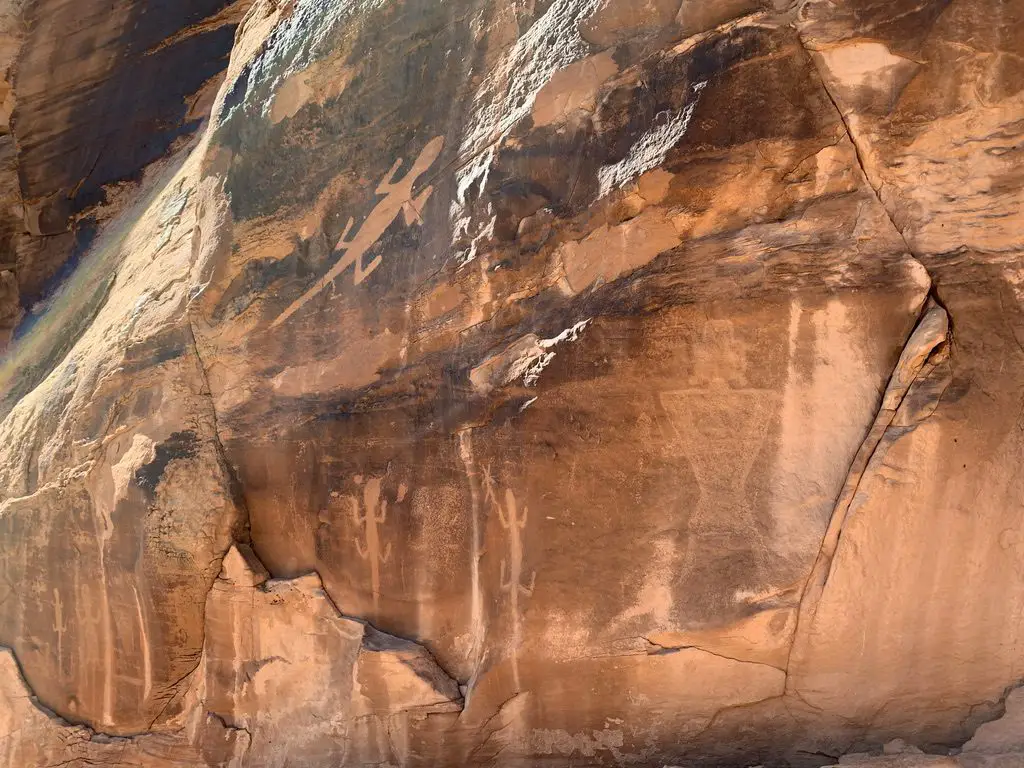
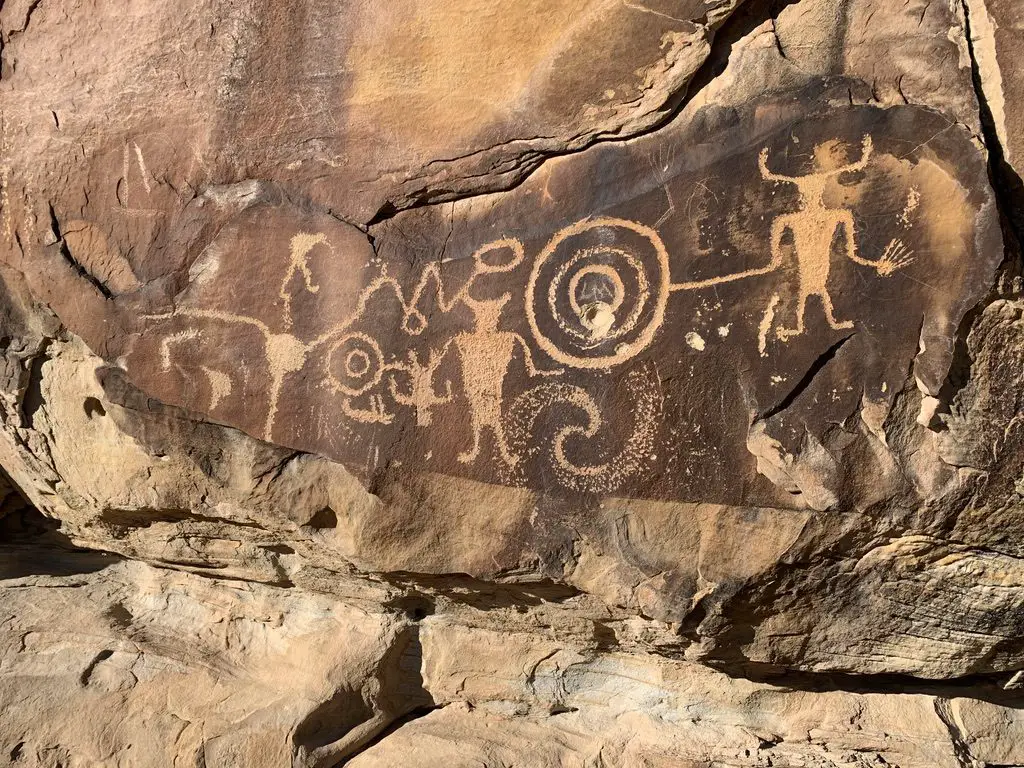
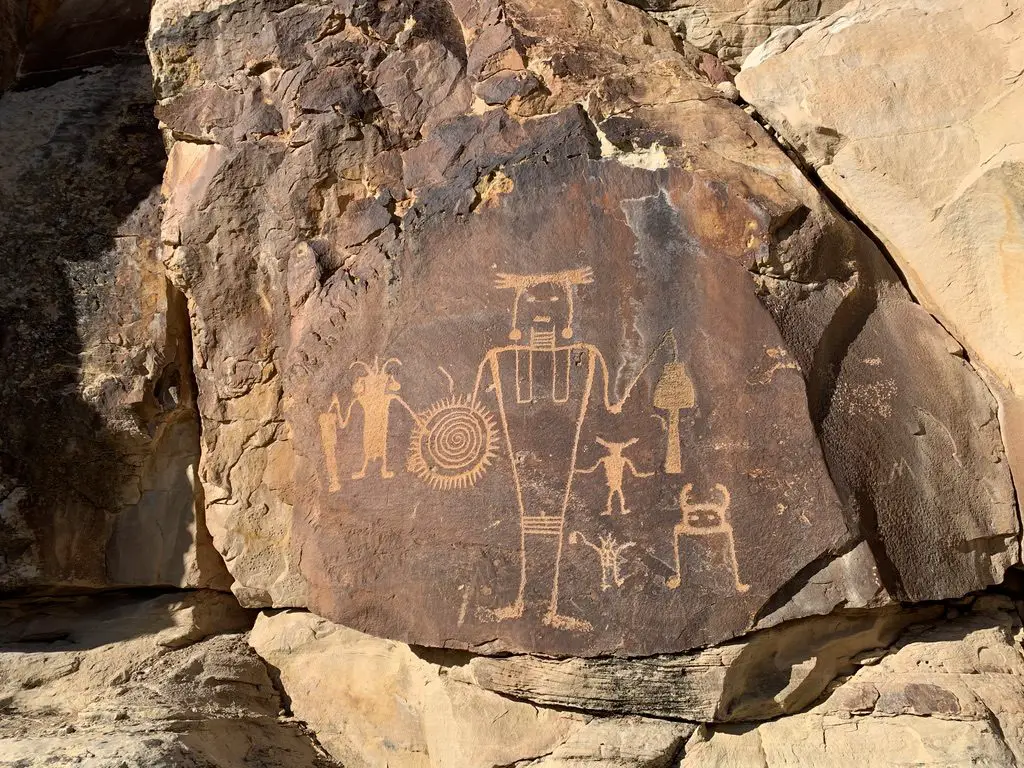
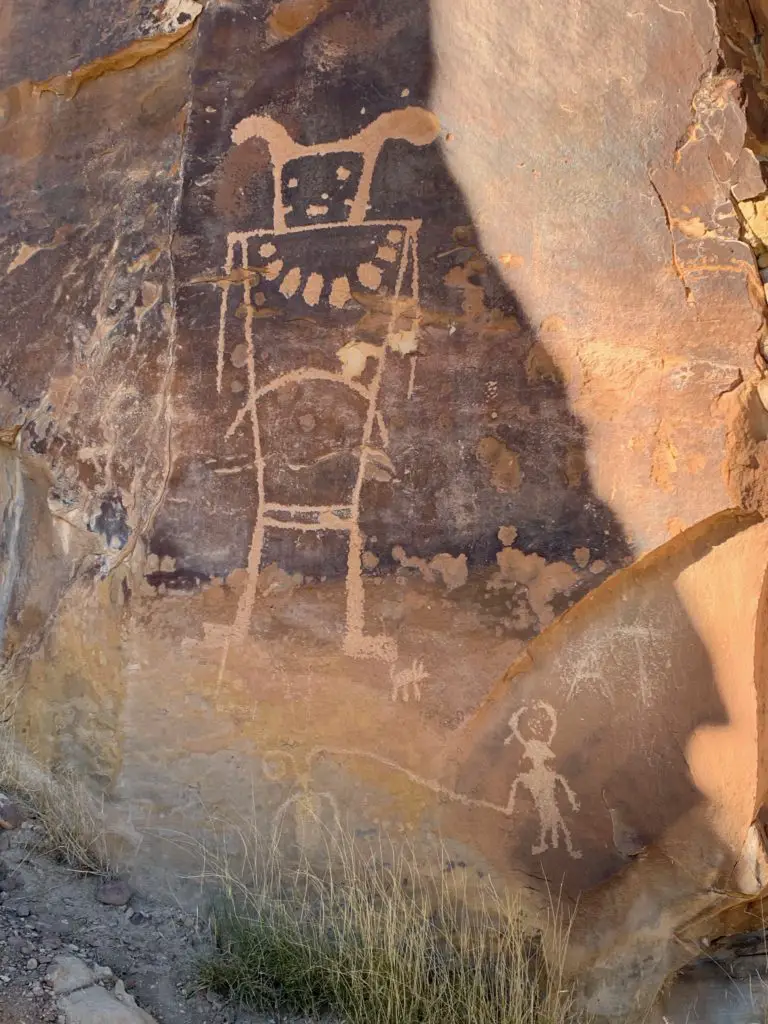
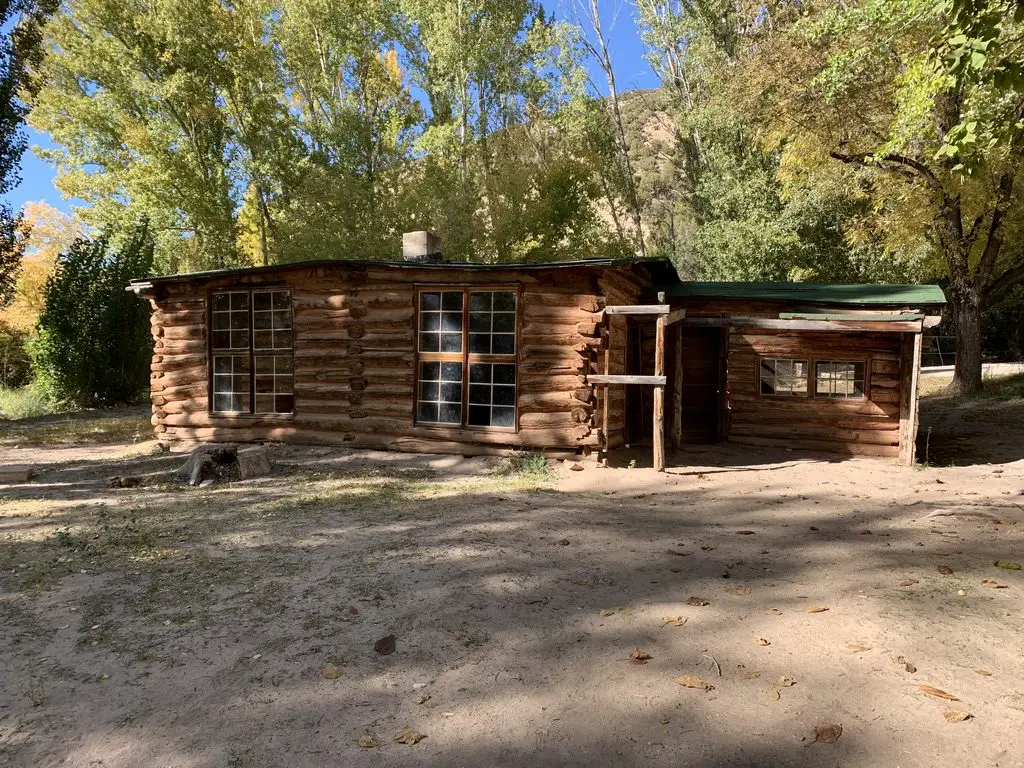
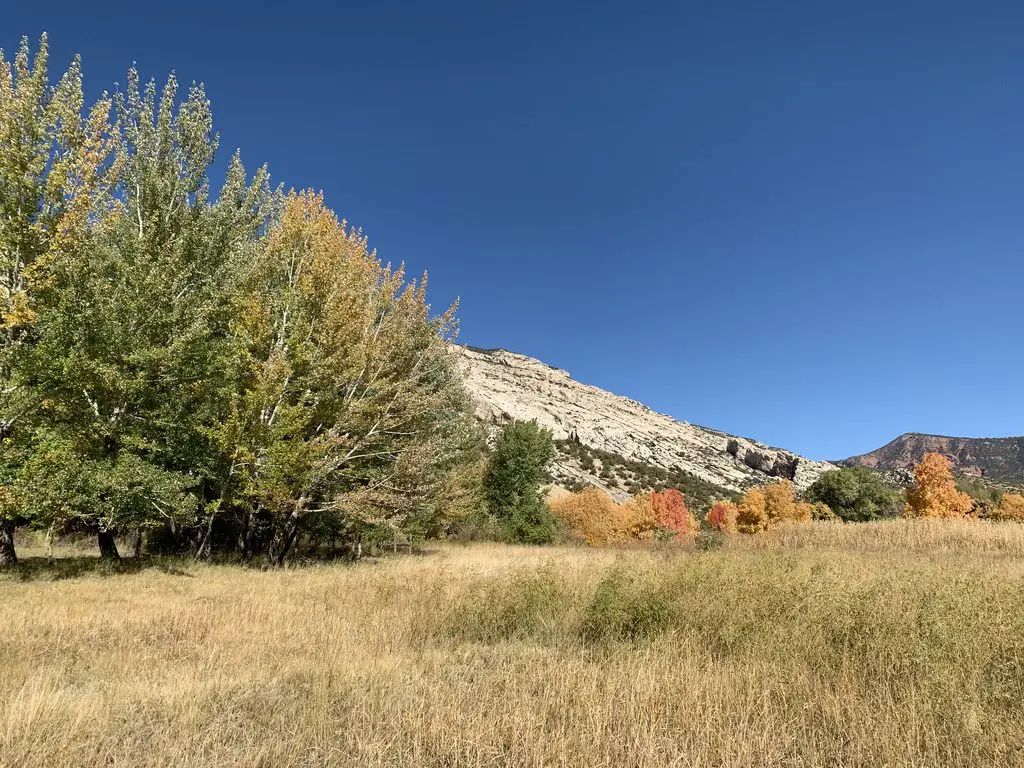
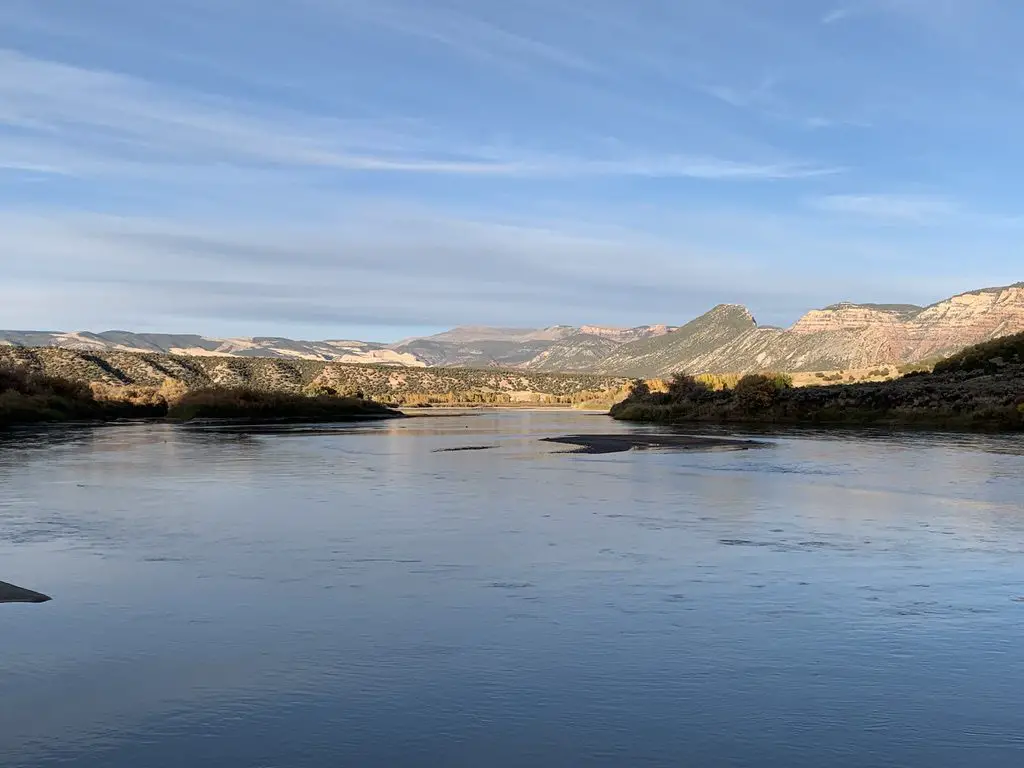
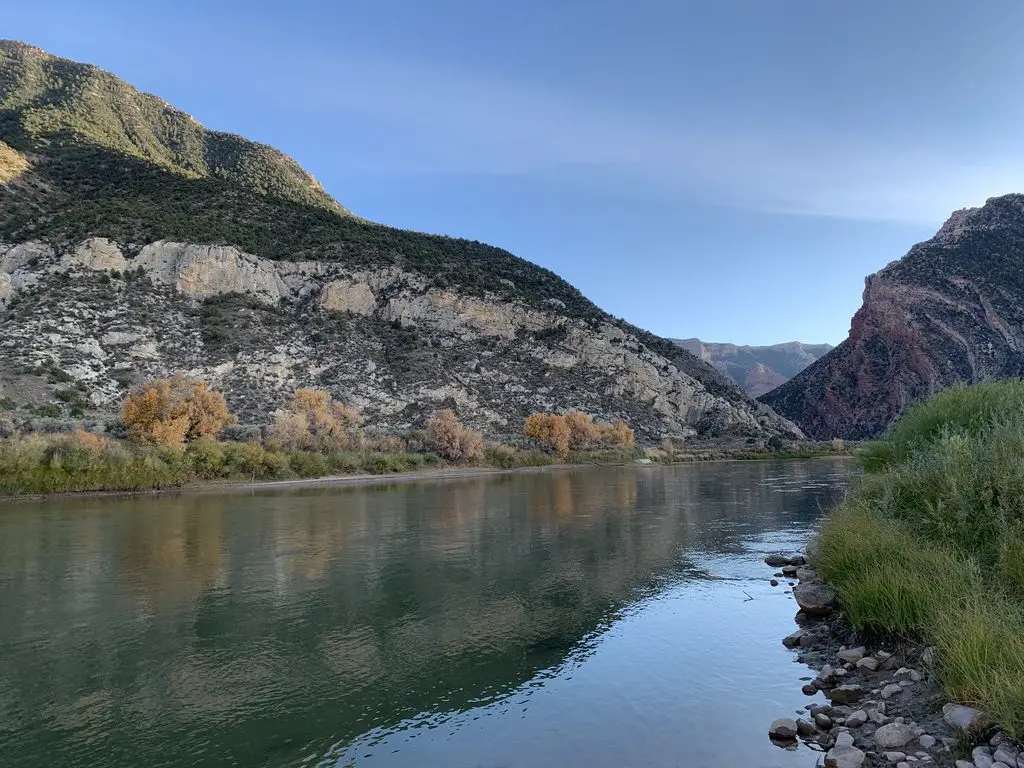
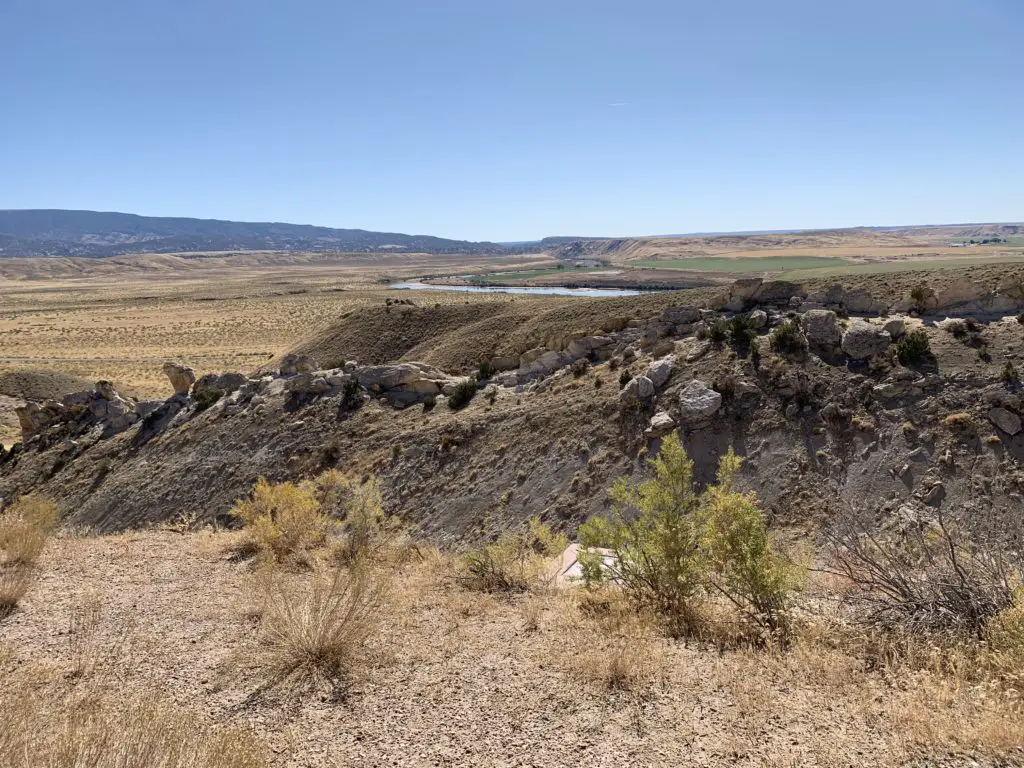
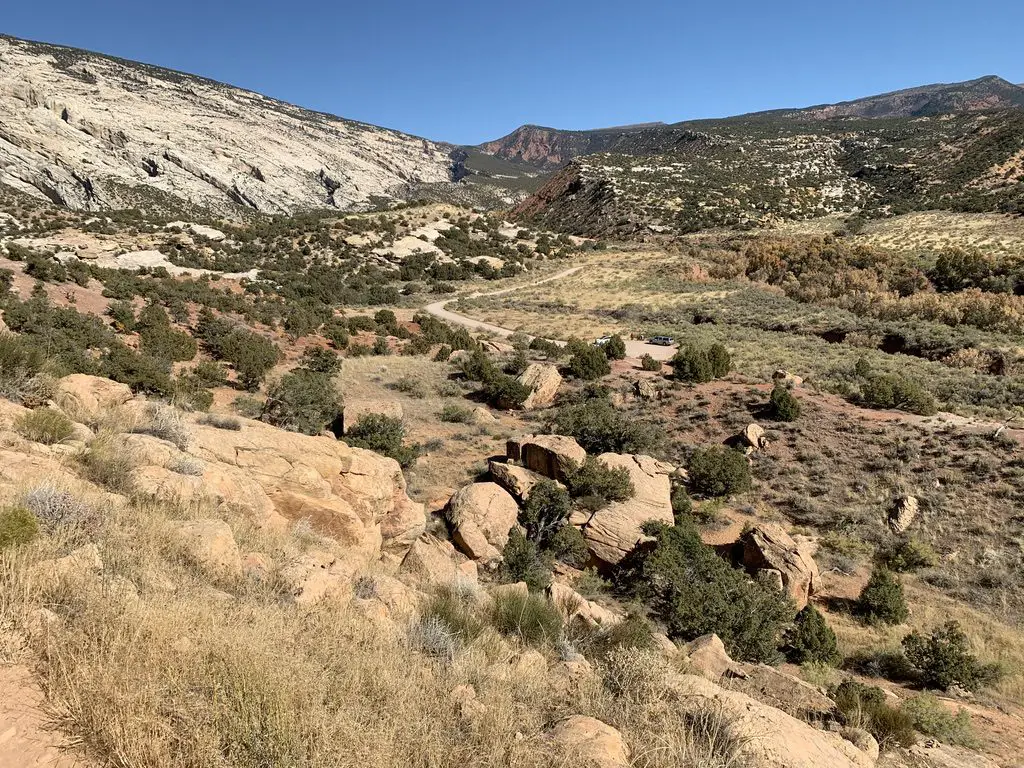
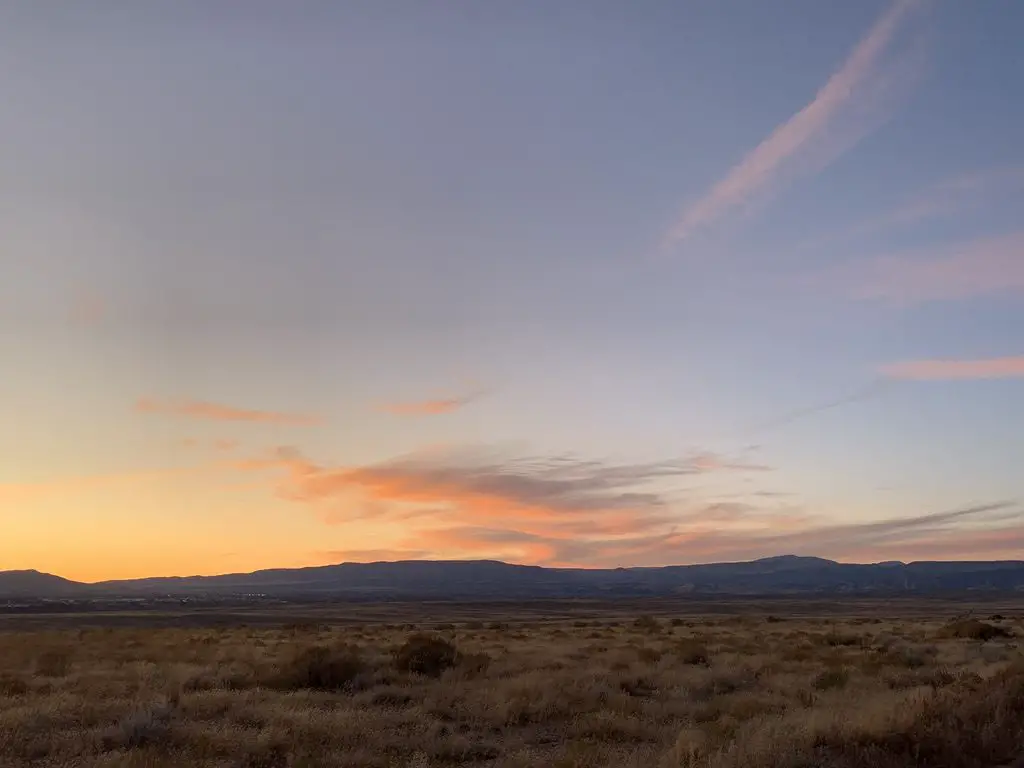
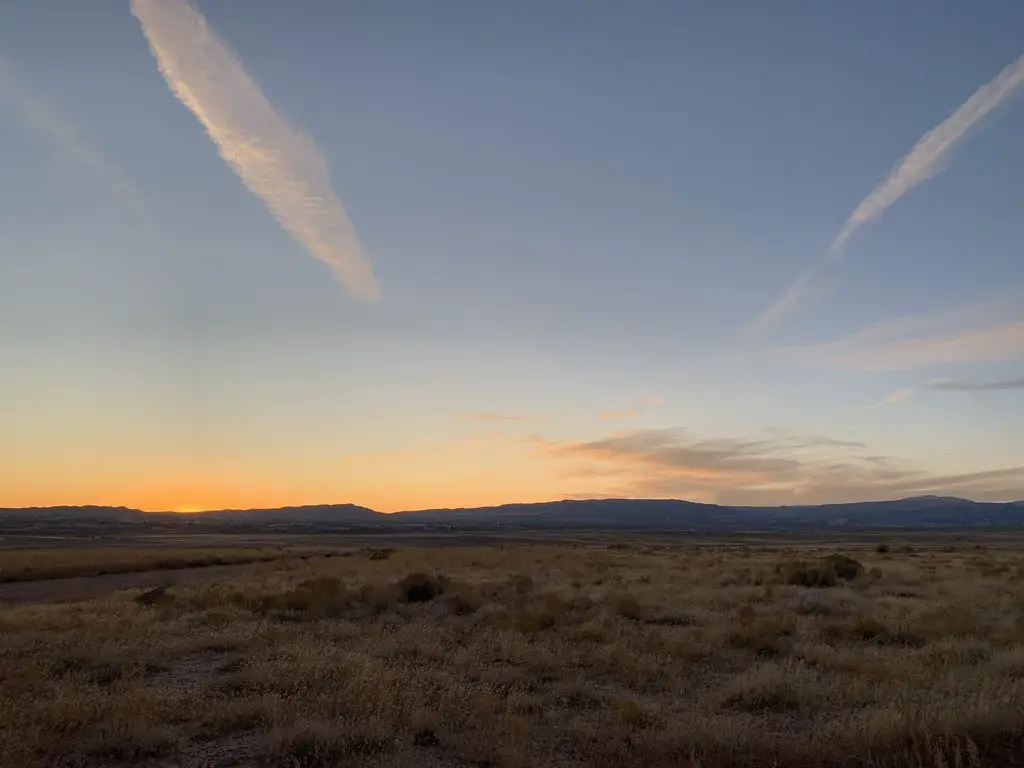
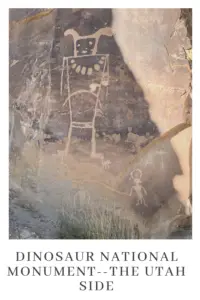
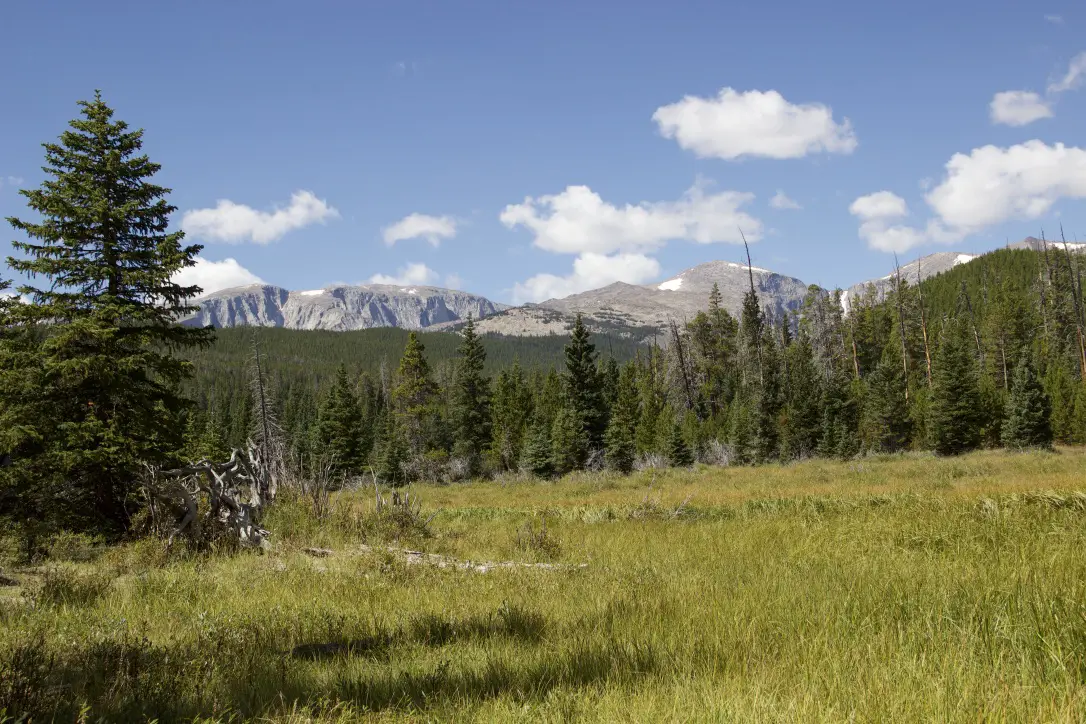
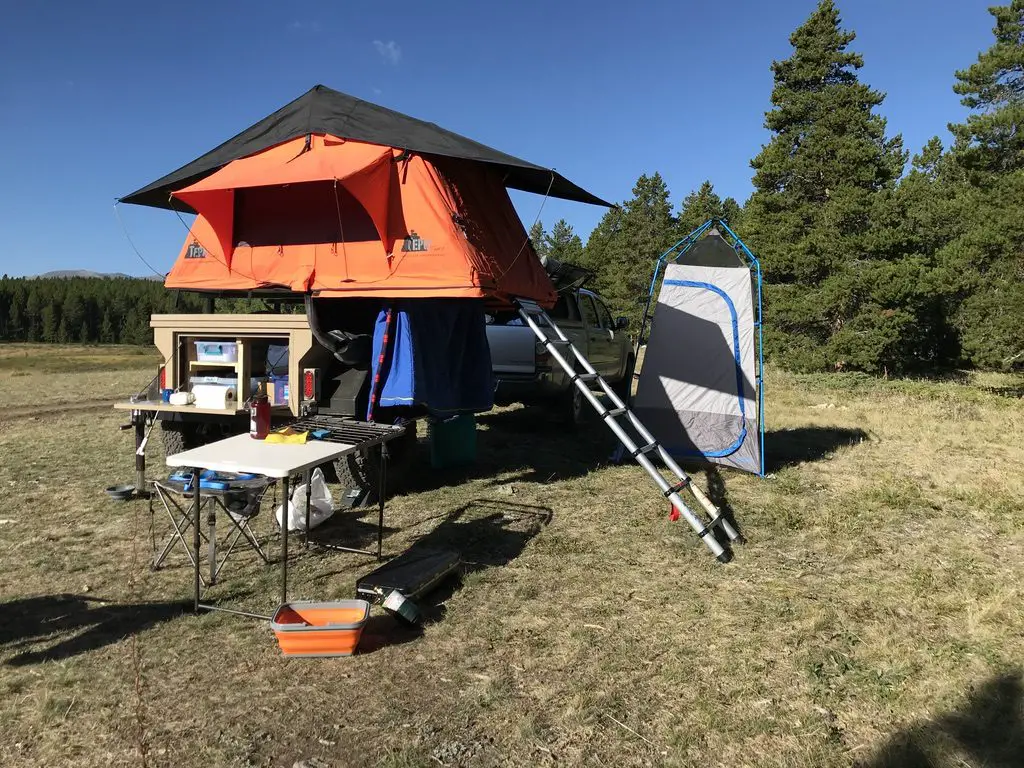
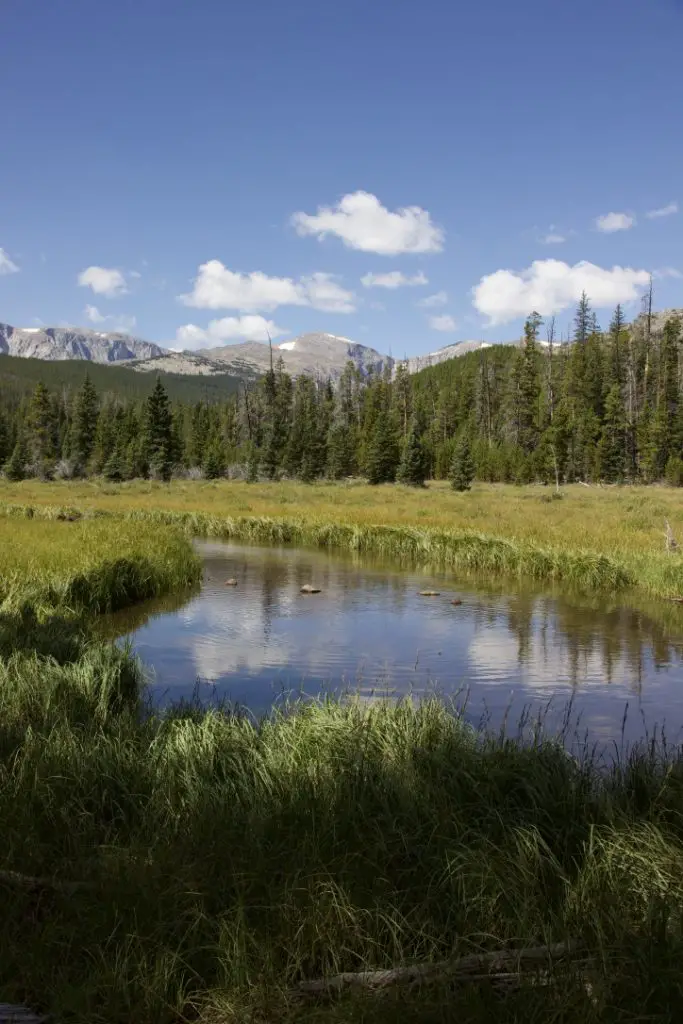 Though this area is just as beautiful as the Rockies, it is FAR less crowded, which makes it so much more pleasant to visit. 😋 There are no lines of people hiking in the Bighorns like we’ve experienced in various places around Colorado. Also, oftentimes, the lower-elevation plains may be baking in 90-degree weather, while it’s in the 60s-70s, and breezy, in the mountains!
Though this area is just as beautiful as the Rockies, it is FAR less crowded, which makes it so much more pleasant to visit. 😋 There are no lines of people hiking in the Bighorns like we’ve experienced in various places around Colorado. Also, oftentimes, the lower-elevation plains may be baking in 90-degree weather, while it’s in the 60s-70s, and breezy, in the mountains!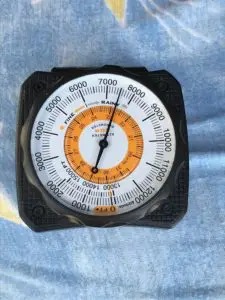 Our campsite was at about 7500 feet on this visit (oftentimes we stay much higher, closer to 9000-10,000 feet). We’ve noticed something odd at these high altitudes that we have also experienced in
Our campsite was at about 7500 feet on this visit (oftentimes we stay much higher, closer to 9000-10,000 feet). We’ve noticed something odd at these high altitudes that we have also experienced in 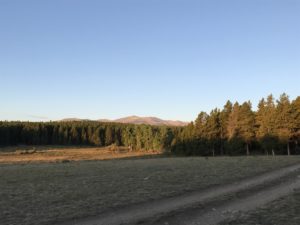 Sometimes when we head out we Disperse Camp. This is also known as “dry camping”, where you just set up your camp somewhere in the national forest, outside of an established campground. We tried this for the first time in Colorado, at both State Forest State Park and near Crested Butte. On both occasions, we did stay at an actual, numbered campsite, it was just away from any campground and we weren’t able to see our neighbors.
Sometimes when we head out we Disperse Camp. This is also known as “dry camping”, where you just set up your camp somewhere in the national forest, outside of an established campground. We tried this for the first time in Colorado, at both State Forest State Park and near Crested Butte. On both occasions, we did stay at an actual, numbered campsite, it was just away from any campground and we weren’t able to see our neighbors.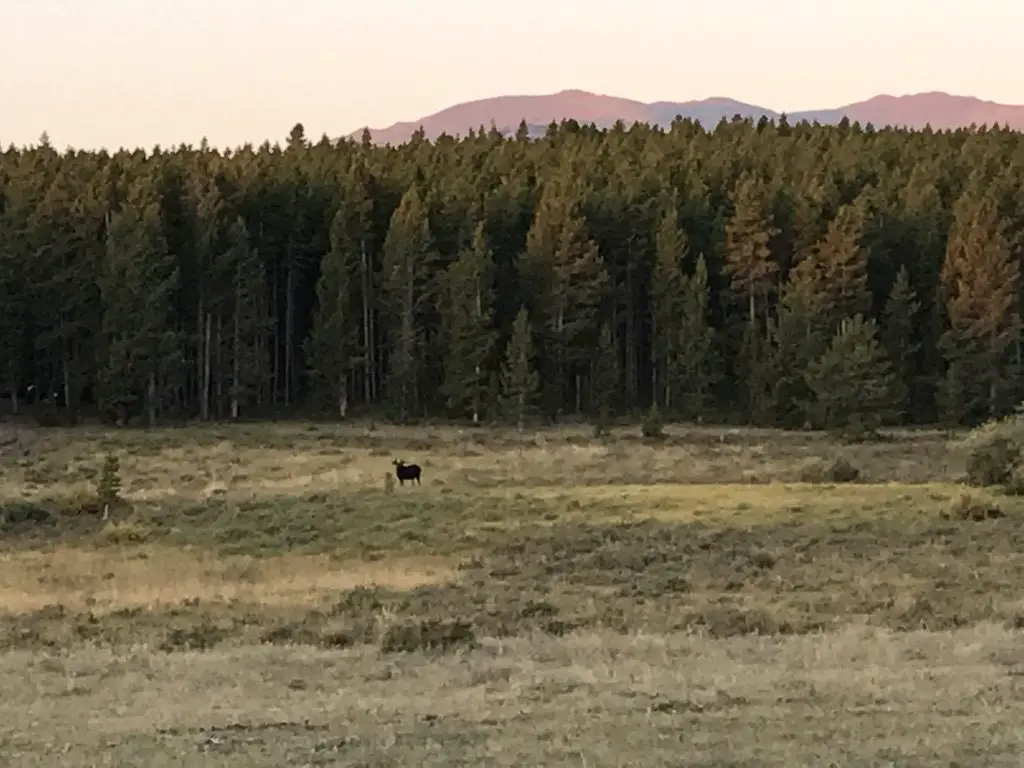
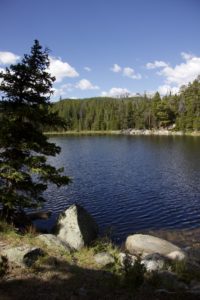
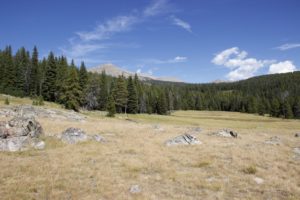 This hike was deceptively tough. It’s only about three miles in total length, but it’s overgrown in many spots, very rocky and there are lots of downed trees. We actually lost the trail several times and had to root around to locate it again. Other parts of it are PERFECT though. They feature a flat, graded path through a moist, pine forest, that is surrounded on both sides by a green carpet of ferns, moss, and soft undergrowth. It almost felt like hiking in the cool rainforests of the Pacific Northwest. It was such an idyllic sight!
This hike was deceptively tough. It’s only about three miles in total length, but it’s overgrown in many spots, very rocky and there are lots of downed trees. We actually lost the trail several times and had to root around to locate it again. Other parts of it are PERFECT though. They feature a flat, graded path through a moist, pine forest, that is surrounded on both sides by a green carpet of ferns, moss, and soft undergrowth. It almost felt like hiking in the cool rainforests of the Pacific Northwest. It was such an idyllic sight!